For first time visitors, 2 weeks in Japan is enough time to explore the main highlights including Tokyo, Kyoto, and Osaka as well as take some exceptional day trips to see more off the beaten path location.
Japan is one of the most incredible countries in the world, with so many beautiful places to visit and exciting things to do. It’s fair to say that Japan is my favorite country in the world, and one I continue to visit with my husband every year.
I visited Japan many times over the last decade, and together with my husband, I lived in Japan for several months. Not only that, but we continue to visit Japan regularly because we love everything about the Japanese culture. After all this time, I’m confident that my itinerary is the perfect introduction to the country. Can you tell I’m excited about Japan?I’m certain that after your first visit to Japan, you’re going to fall in love with this nation and want to come back over and over again.
Table of Contents
- 2 weeks in Japan itinerary
- Day 1 in Japan – Tokyo: Feel the vibe in Shinjuku District
- Shinjuku Station
- Shinjuku Gyoen
- Shinjuku Skyscraper District
- Kabukicho
- Golden Gai
- Memory Lane
- Day 2 in Japan – Tokyo: Explore Shibuya and Harajuku
- Shibuya Crossing
- Shibuya Centre-Gai
- Ichiran Ramen
- Harajuku District
- Omotesando Hills
- Day 3 in Japan – Tokyo: Visit Asakusa, Ueno Park & Akihabara
- Senso-ji
- Asakusa District
- Ueno Park
- Akihabara
- Day 4 in Japan – Tokyo: See the Toyosu market, Chuo City and Ginza
- Toyosu market
- Chuo City
- Ginza
- Where to stay in Tokyo
- Day 5 in Japan: Day trip to Mount Fuji
- Day 6 in Japan: Day trip to Nikko
- Day 7 in Japan – Kyoto: Gion & Maruyama Park
- Gion & Maruyama Park
- Shijo Dori
- Day 8 in Japan – Kyoto: See the splendid Arashiyama Bamboo Forest
- Arashiyama Bamboo Grove
- Okochi Sanso Villa
- Jōjakukō-Ji Temple
- Gio-Ji Temple
- Saga Toriimoto Preserved Street
- Otagi Nenbutsu-ji Temple
- Kyoto Train Station
- Day 9 in Japan – Kyoto: Eat in Nishiki and hike Fushimi Inari
- Nishiki Market
- Fushimi Inari Taisha
- Kamo River
- Day 10 in Japan – Kyoto: Explore the temples of Kyoto
- Ryōan-ji
- Kinkaku-ji
- Shūgakuin Imperial Villa
- Tanukidani-fudō-in Temple
- Higashiyama Jisho-ji
- Philosopher’s Walk
- Nanzen-ji
- Kiyomizu-dera
- Pontocho
- Where to stay in Kyoto
- Day 11 in Japan: Day trip to Nara
- Day 12 in Japan – Osaka: Zen at Osaka Castle and colours in Dotonburi
- Osaka Castle
- Umeda Sky Building
- Dotonburi
- Day 13 in Japan – Osaka: See Osaka Bay and Shinsekai area
- Osaka Bay
- Shinsekai
- Where to stay in Osaka
- Day 14 in Japan: Day trip to Hiroshima and Miyajima island
- How to plan your 2 weeks in Japan itinerary
- How to get around Japan?
- Useful resources
- Best time to visit Japan
- Japanese etiquette
- Language in Japan
- 2 weeks in Japan cost
- Final thoughts
- Frequently Asked Questions
2 weeks in Japan itinerary
For your first visit, this is my recommended 2 weeks in Japan itinerary:
- Tokyo, 4 days
- Mount Fuji, 1 day (day trip from Tokyo)
- Nikko, 1 day (day trip from Tokyo)
- Kyoto, 4 days
- Nara, 1 day (day trip from Kyoto)
- Osaka, 2 days
- Hiroshima & Miyajima, 1day (day trip from Osaka)
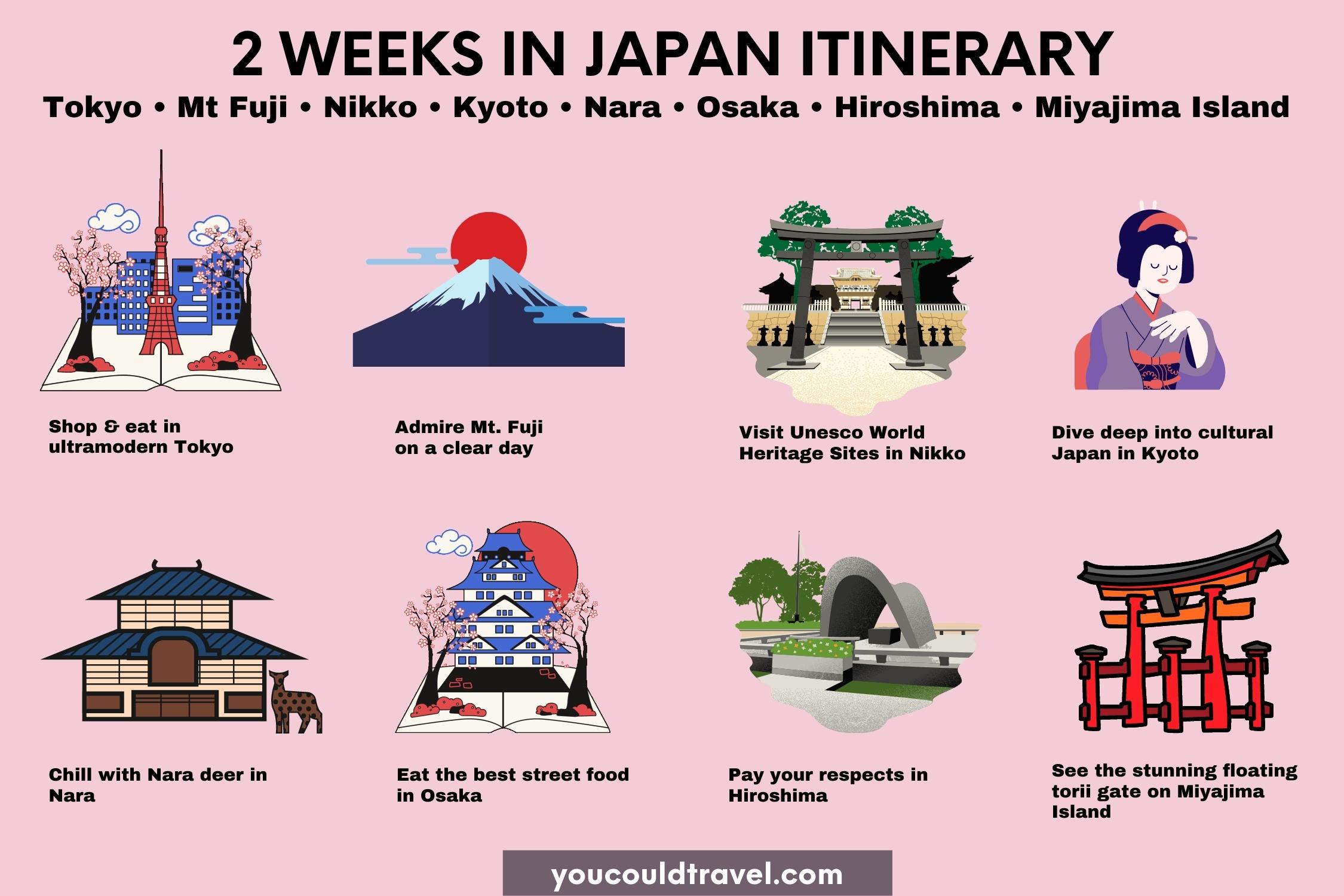
My two weeks in Japan itinerary focuses on the very best places of Japan, combining time spent exploring cities and mixed with the countryside and mountains of Japan. You will experience modern cities, unbelievable nature with landscaped gardens, you will learn about Japanese history and immerse yourself in the most authentic cultural activities. I’m so excited to share this with you!
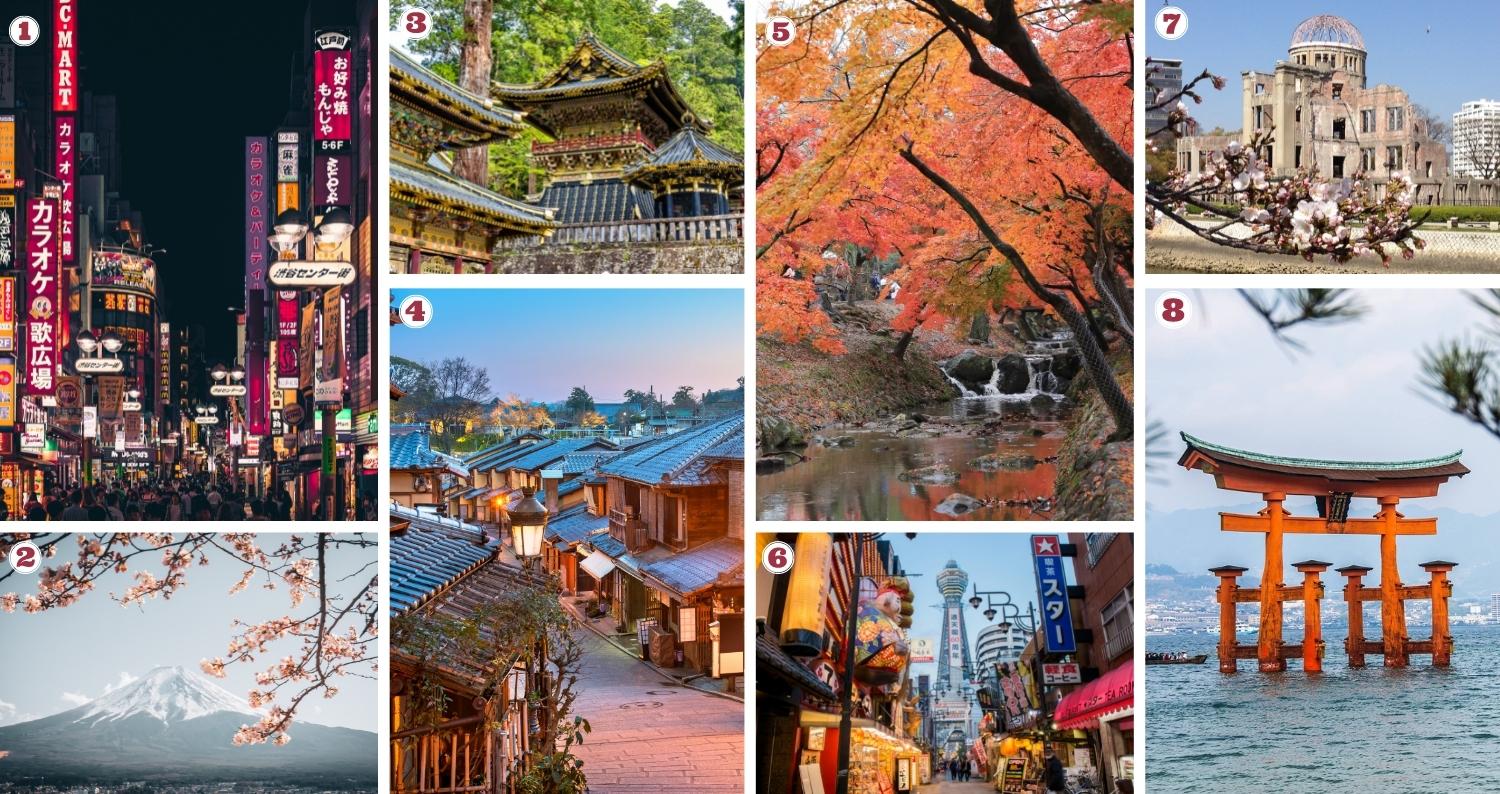
2 weeks in Japan itinerary highlights: 1) Neon lights in Shinjuku Tokyo; 2) View of Mount Fuji during cherry blossom; 3) Views of Tōshō-gū temple in Nikko; 4) Well preserved narrow lane in Kyoto; 5) Koyo leaves in Nara Park; 6) Tenroku Shopping Street in Osaka; 7) Hiroshima Atomic Dome during the cherry blossom; 8) The floating Shinto Gate on Miyajima Island
Check out this interactive map to see where this itinerary will take you.
Day 1 in Japan – Tokyo: Feel the vibe in Shinjuku District
Shinjuku Station
Start your morning by heading to Shinjuku station, which is (according to the Guinness World Records) the busiest train station in the world. It does get pretty crowded, but it’s the perfect place to start the day. This place is incredible for shopping, with NEWoMan being the latest shopping mall addition to the station. Yes, you read this right: shopping mall. There are many shopping malls within the station itself, so you won’t run out of things to buy.
Take a video of the Shinjuku no nekomae, the latest 3D animation in Shinjuku. It’s located at the east exit of the Shinjuku Station.
Shinjuku Gyoen
Just 8 minutes from the station, you will get to Shinjuku Gyoen, one of the most beautiful and peaceful parks in the whole of Tokyo.
Tip: I especially recommend Shinjuku Gyoen during autumn (koyo) or cherry blossom festival.
If you need a quick break, get a hot tea from one of the many vending machines dotted all around the park. You’ll find hot and cold beverages in vending machines, and they cost a few hundred yen.
It’s 500 yen to enter Shinjuku Gyoen and you can spend as long as you wish around the park. You can do a peaceful and quiet picnic, which is especially recommended during the Sakura season. The garden has more than 20,000 trees and over 1500 cherry trees.
- Admission: 500 yen
- Hours 9:00 to 16:30 (entry until 16:00)
- Address: 11 Naitomachi, Shinjuku, Tokyo 160-0014, Japan
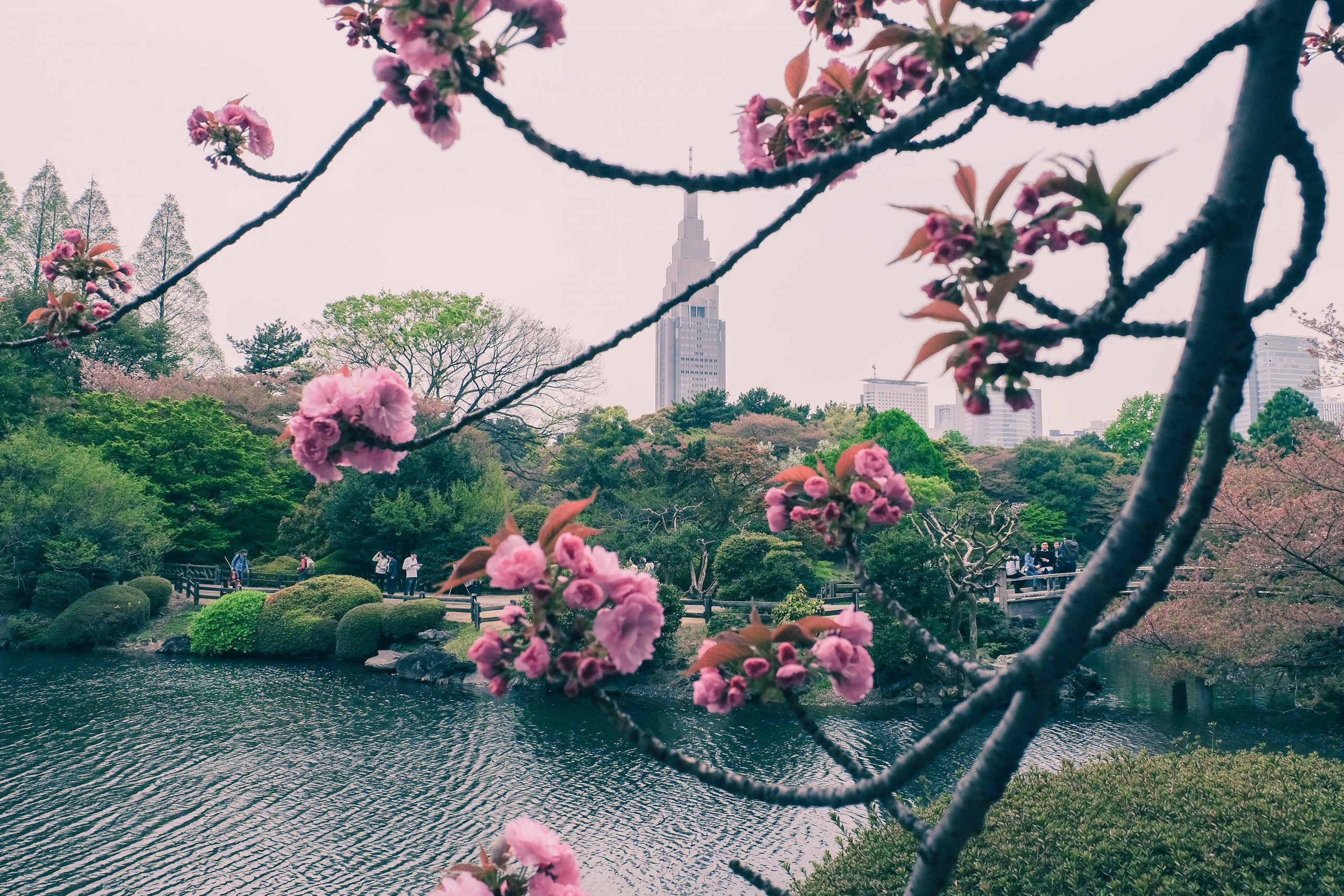
Shinjuku Skyscraper District
Continue your journey to Shinjuku’s skyscrapper district and head to the Metropolitan Government Building, or Tochō for short. Enter the building and head to the observatory deck, which allows visitors to see Tokyo from above entirely free of charge. Take a moment and admire this gorgeous city, which stretches for miles.
Shinjuku Skyscrapper district or Nishi-Shinjuku was the first major area to develop skyscrapers in the 1970s. It’s primarily a business district, but it certainly looks impressive during any time of the day. If you are like me and love architecture, don’t miss the Mode Gakuen Cocoon Tower, developed in 2008.
Kabukicho
Walk for about 20 minutes towards Kabukicho, Asia’s largest red district, and spot Godzilla over one of the skyscrapers. In my opinion, Shinjuku is the most exciting neighbourhood for first time visitors because it has it all: crazy neon ads, crowds, signs, and music everywhere.
A word of warning, Kabukicho looks incredible. There are neon lights in everyone, fun entertainment shops and bars, but I recommend that you just walk around and not enter any establishments. Only do it with a guide you trust to really enjoy the area safely.
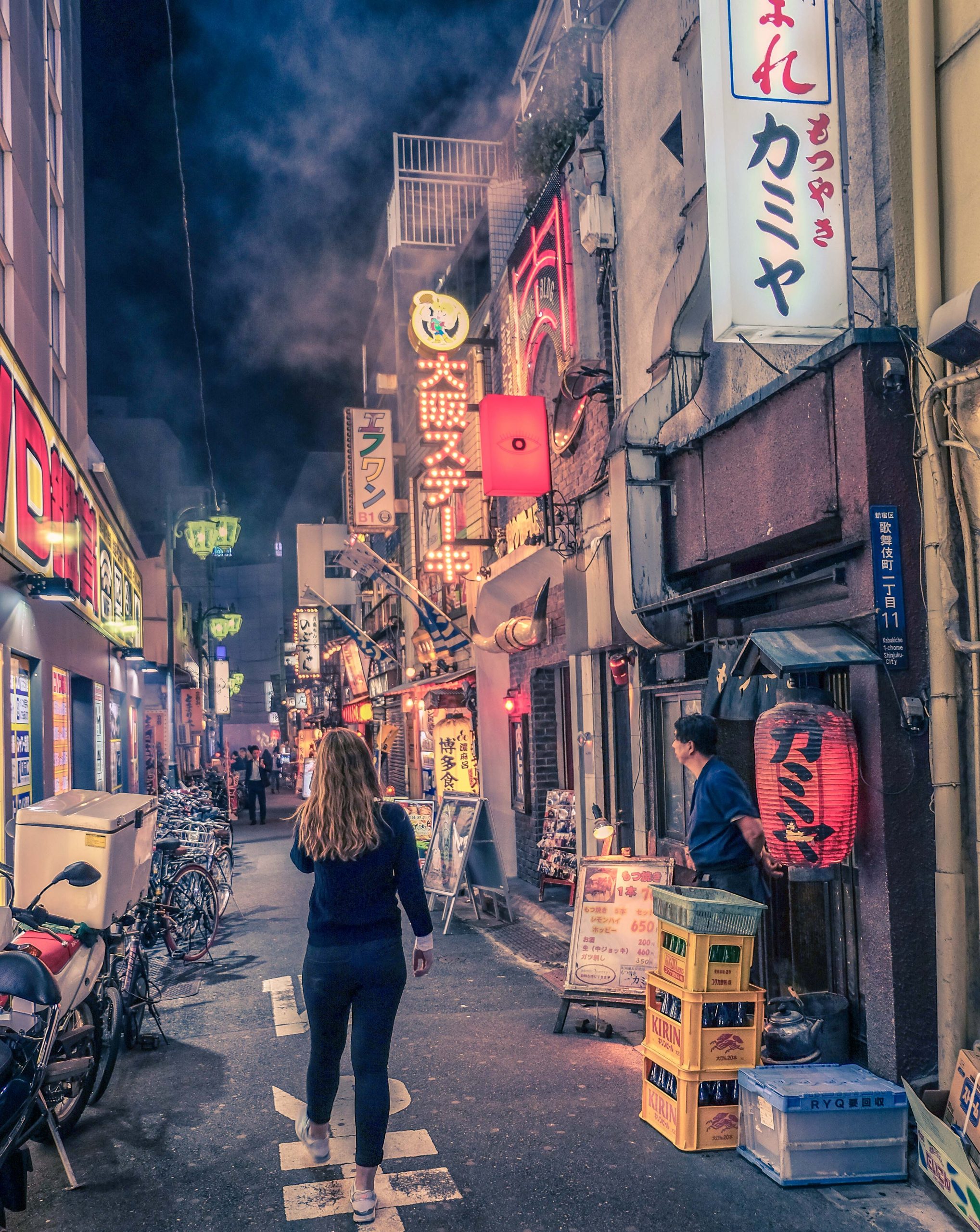
Golden Gai
Just a 5-minute walk away from the heart of Kabukicho is Golden Gai, the most famous backstreet alley in Tokyo. Visit Golden Gai with its special 200+ tiny shanty-style bars, clubs, and eateries. Some bars in the area can be traced back to their origins in the 1960s. To make the most of the evening, I recommend booking a pub tour with a local to explore the best of the area and learn about these izakayas.
Golden Gai usually has a cover charge per person. Some bars only accept locals, others are foreign friendly. From my experience, Bar Darling is a bar that is foreign friendly and female friendly. I can also recommend Kenzo’s Bary, Asyl and Albatross.
Good to know: It’s illegal to photograph Golden Gai without prior permission. You need prior permission of the area’s business promotion association.
- Address: Japan, 〒160-0021 Tokyo, Shinjuku City, Kabukicho, 1 Chome−1−6 2F
- Most places open in the evening and stay open until late.
Memory Lane
End the day with an authentic bar hopping night tour around Omoide Yokochō (aka Memory Lane) to try the best skewers (yakitori) in Tokyo. Memory Lane is extremely popular because it’s an ideal place for atmospheric photos. Some, refer to it as the “Piss Alley”, which will inevitably make you avoid it. But please don’t.
This really is a wonderful place to visit during your Japan itinerary. Memory Lane was originally known for its 1940s post-war Tokyo black market trade. Nowadays, tourists and locals alike come here to enjoy a fuss-free drink and a delicious plate of meat skewers.
- Address: 1 Chome Kabukicho, Shinjuku City, Tokyo 160-0021, Japan
- Most places open in the evening and stay open until late.
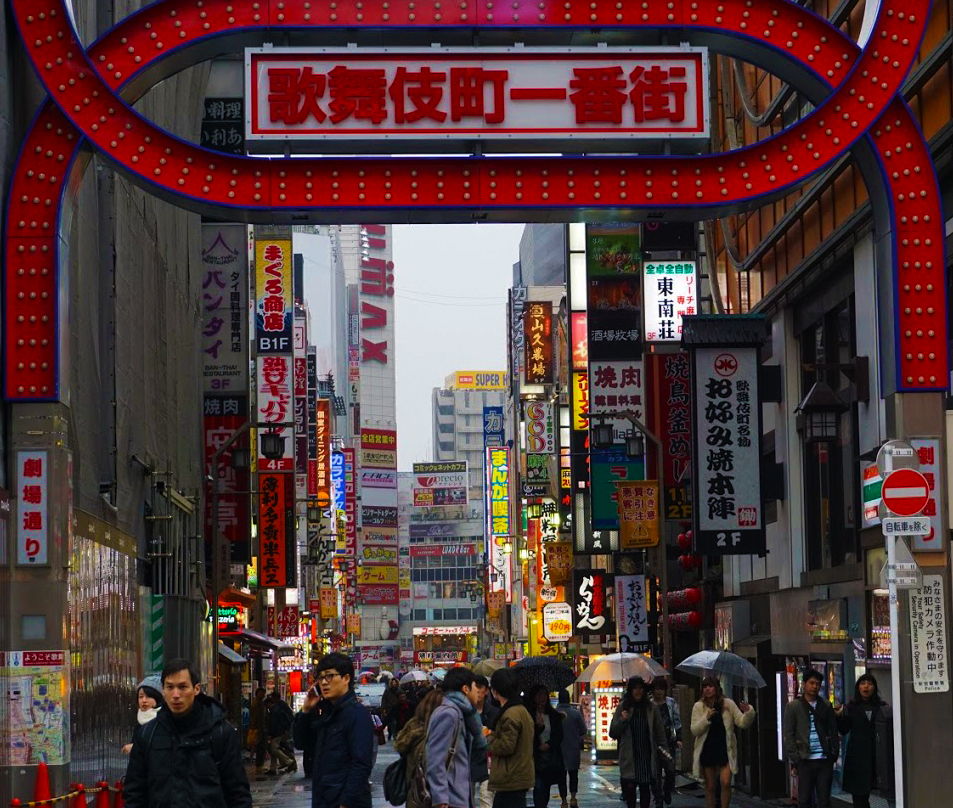
Day 2 in Japan – Tokyo: Explore Shibuya and Harajuku
Shibuya Crossing
Start by crossing the famed Shibuya pedestrian scramble. Featured in so many movies, Shibuya Crossing is iconic and one of the most well-known points of attractions in Tokyo. The first time I crossed the intersection, I remember being so nervous because the whole place looked so busy and overwhelming. But, the Tokyoites are incredibly considerate and organized, so crossing Shibuya is actually a lot of fun.
Take a picture with the Hachikō Memorial Statue, which honours Hachiko, the well-known Akita dog. I also learnt that this is also a popular meeting spot for people in Tokyo, so you’ll see plenty of youngsters hanging out here.
My recommendation is to skip the Starbucks for the views, as queues are often too long and places by the window are limited. Instead, head to the Shibuya SKY and take in the best views of Shibuya Crossing from above. Enjoy it with a glass of bubbly and take pictures from the famed Sky Edge, located 230 m above ground.
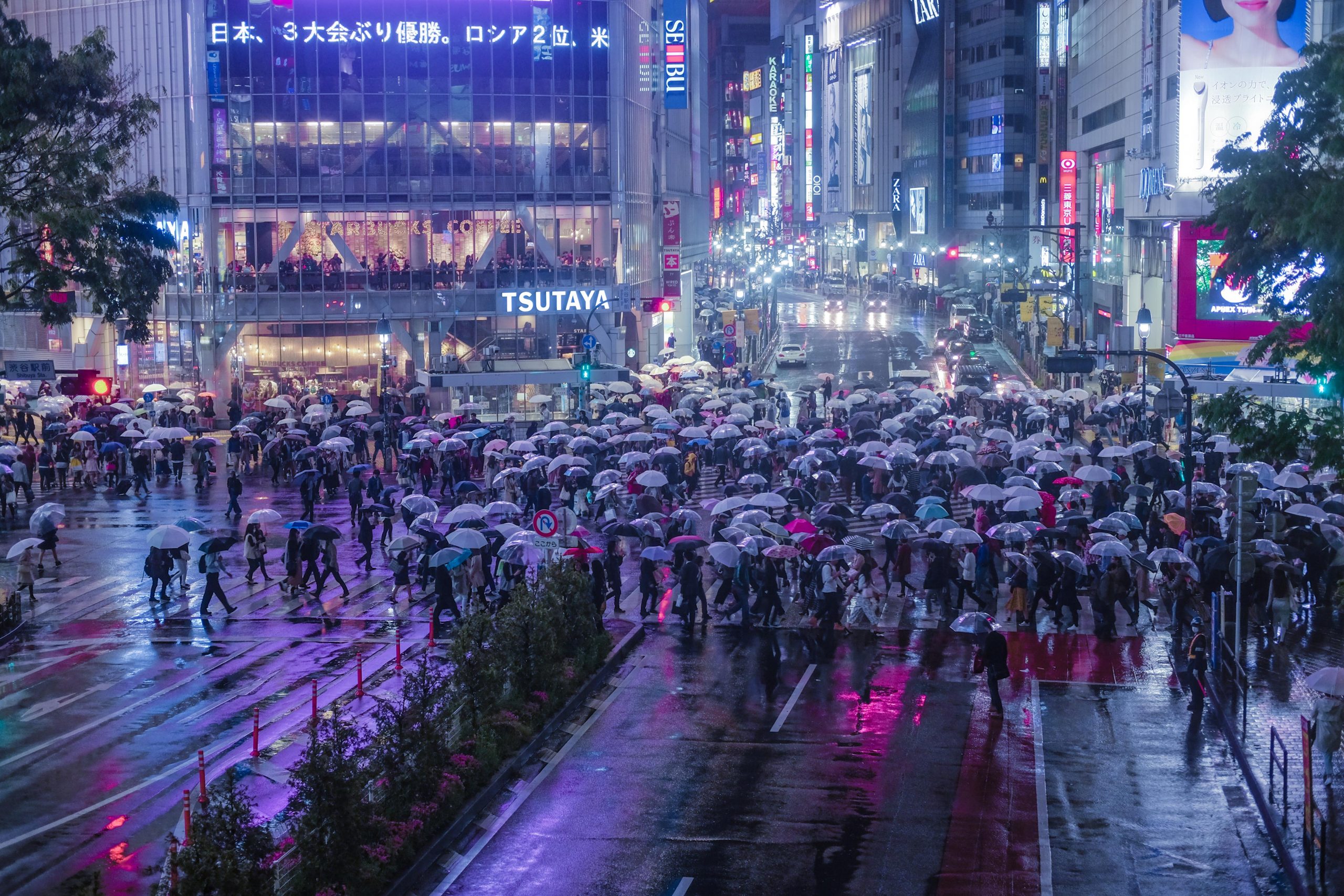
Shibuya Centre-Gai
Do some shopping in Shibuya, the ideal place for souvenirs from Japan. One of the main tourist attractions is Shibuya Centre-Gai which is an epic place full of jumbo-neon-lights, shops and restaurants. You can easily spend a whole week just in this area here. To help you navigate the area, I recommend visiting a multi story department called Loft. It’s my favourite, and it’s full of really cool things, including cosmetics and kawaii items.
There’s also Shiubuya PARCO with its 11 floors of 100 shops, restaurants, a museum and a rooftop garden. For tourists with teens, I recommend Shibuya 109, which is known for its boutiques selling a lot of pop fashion.
Ichiran Ramen
For lunch, have a bowl of a ramen from Ichiran Shibuya, a great informal restaurant specialized in tonkatsu ramen. Know that this is a very popular ramen spot and it usually has a long queue. But yes, I think it’s soooo worth it.
If you prefer street food, head to Shibuya Nonbei Yokocho lined with small pubs and restaurants.
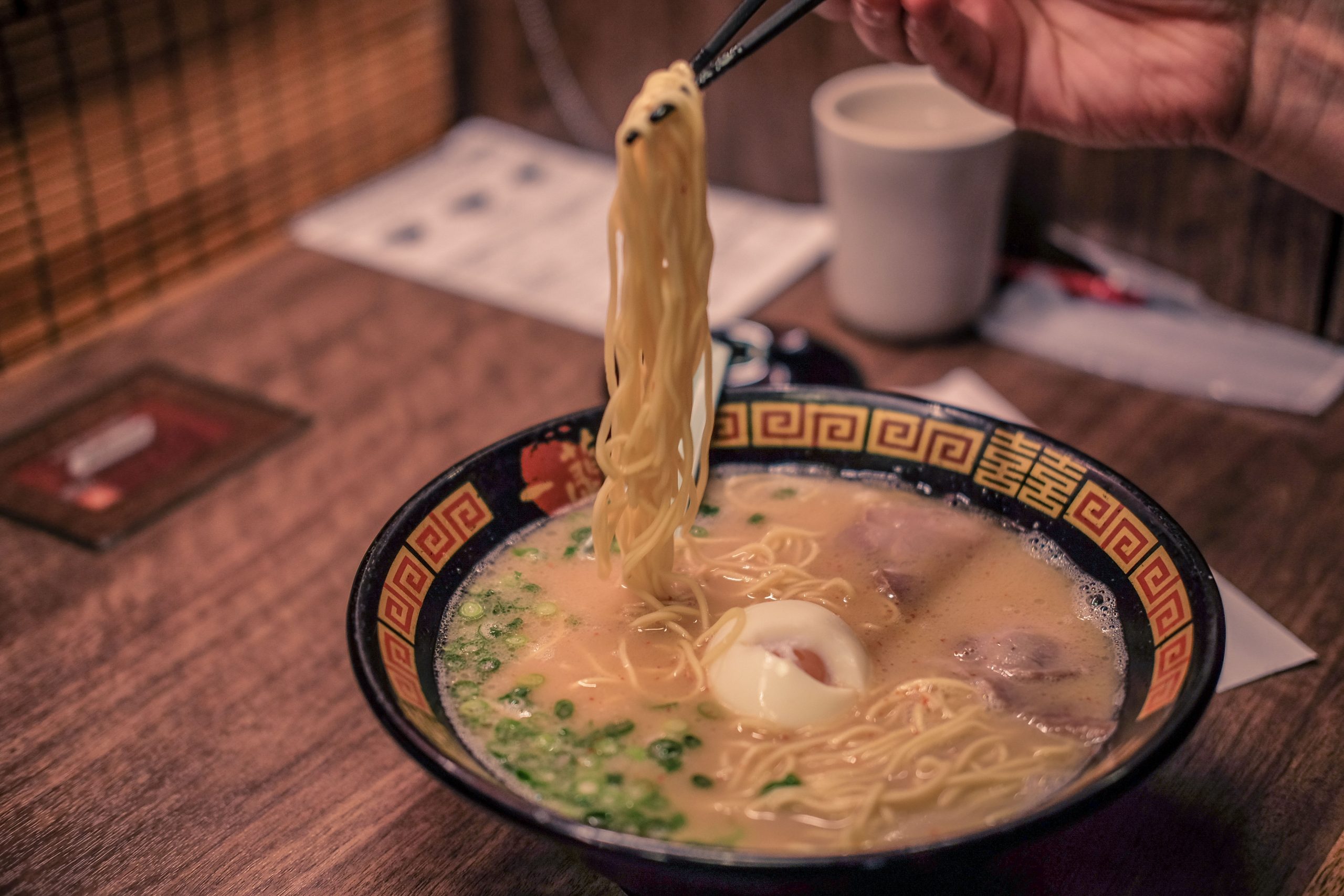
Harajuku District
Spend the afternoon in Harajuku, with its quirky shops and avant-garde art museum. Walk on Takeshita Street to find the most colourful foods and snacks in Tokyo. Get a colourful candy floss from Totti Candy Factory and some crazy pancakes with fruit and cream from Eggs ‘n Things.
To get to Takeshita Street from Shibuya, I recommend walking. It’s just a 20-minute walk, but it’s on major boulevards, and you’ll get to see some really cool stores in Tokyo.
Omotesando Hills
Just before sunset, go to Tokyu Plaza in Omotesando Hills and head to the rooftop for a relaxing coffee with amazing views of the city from above. The place is called Omohara Forest and on a clear day, you can spot the tip of Mount Fuji.
In all fairness, Omotesando Hills has some seriously posh stores, and they know how to put up a light show at night. So, after dark, I strongly advise that you enjoy a gentle walk on the main boulevard.
Tip: Omotesando Hills look spectacular during the winter just before the holidays. The fancy shops are all lit up with superb decorations. It’s the perfect place if you decide to visit Japan in winter.
End the day with a delicious tonkatsu from Gyukatsu Motomura Harajuku.
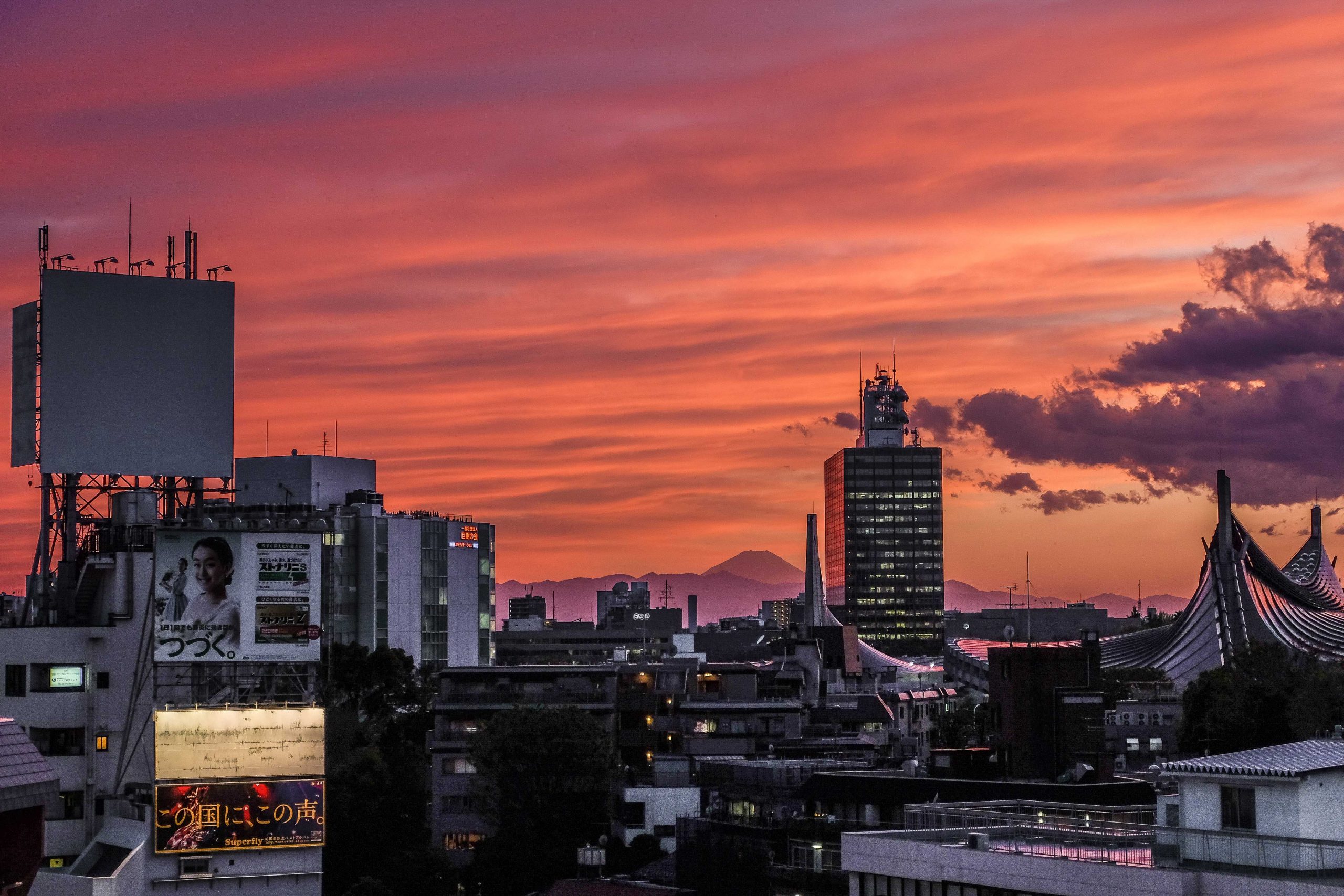
Day 3 in Japan – Tokyo: Visit Asakusa, Ueno Park & Akihabara
Senso-ji
Start as early as you can and head to Asakusa to see Senso ji temple, the oldest temple in Tokyo. The entry to the Senso-Ji is entirely free of charge. You should also draw an omikuji, a Japanese fortune-telling paper strip.
Tip: From personal experience, we recommend visiting Senso-ji first thing in the morning. The grounds of the temple are always open, and you can take some fantastic photographs when the temple is not as busy.
- Address: Japan, 〒111-0032 Tokyo, Taito, Asakusa, 2 Chome−3−1
- Opening Hours: 24/7
Did you know: Sensoji Temple is dedicated to the Buddhist goddess of mercy and compassion?
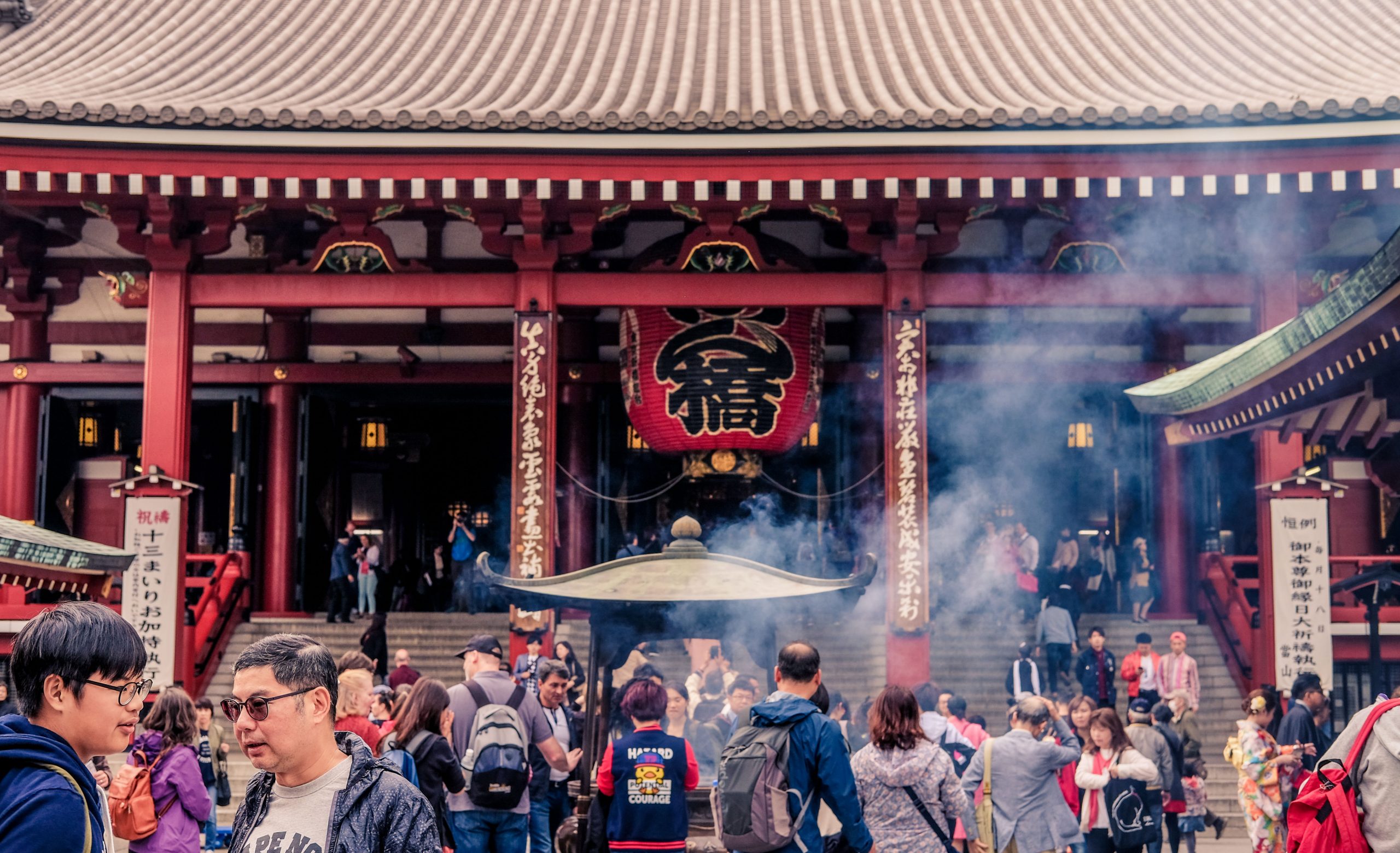
Asakusa District
Next, stroll around Asakusa and enjoy the many stores full of Japanese goodies. Eat lots of street food on Nakamise Dori such as Age-Manju, which is deep-fried mochi, and eat some taiyaki (Japanese fish-shaped cake) at Kurikoan, a traditional fish-shaped cake with red bean (or custard) filling.
If you want to experience even more delicious food, head to Marugoto Nippon, a four-story shop with a food hall, dining options and even a farmers market.
Make your way to Asakusa Kappabashi (Kitchen Town) to purchase your Japanese kitchen items such as miso or ramen bowls. They are really affordable and are perfect souvenirs for your loved ones.
For a unique cultural experience, I highly recommend renting a Kimono in Asakusa and taking numerous superb pictures. Alternatively, try an authentic Japanese rickshaw tour.
I recommend going to the Asakusa Culture Tourist Information Center and heading to the 8th floor for its observation terrace. you’ll have epic views of Asakusa and Tokyo Sky Tree for free. There’s even a tearoom here called Asakusa Observatory Café Cafelion.
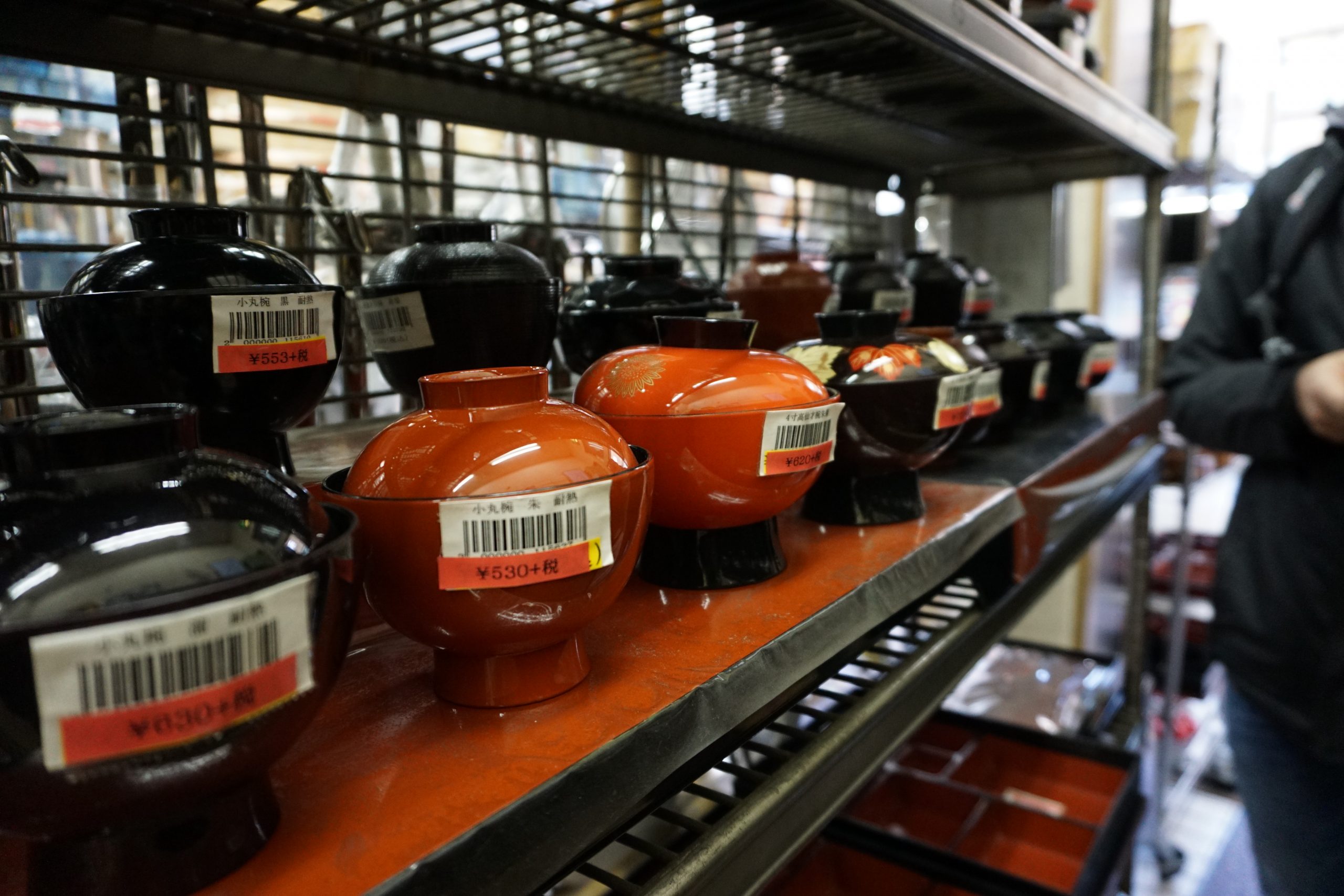
Ueno Park
Head to Ueno Park and take a stroll through the park. My recommendation is to walk from Asakusa to Ueno. It takes a good 40-minute walk, but you get to see some fantastic residential neighbourhoods in Tokyo.
Once in Ueno, walk around the pond with its special swan shaped boats. Get some delicious street food from local vendors, such as takoyaki (octopus balls) or dango (mochi on a stick). If you love art, and you’re keen on Japanese history, grab tickets for the Tokyo National Museum and the Tokyo Metropolitan of Art Museum.
See the Kaneiji Temple where 6 of the 15 Tokugawa shōguns are buried. Visit the Kiyomizu Kannon Temple and admire the special platform made from a pine tree called tsuki no matsu.
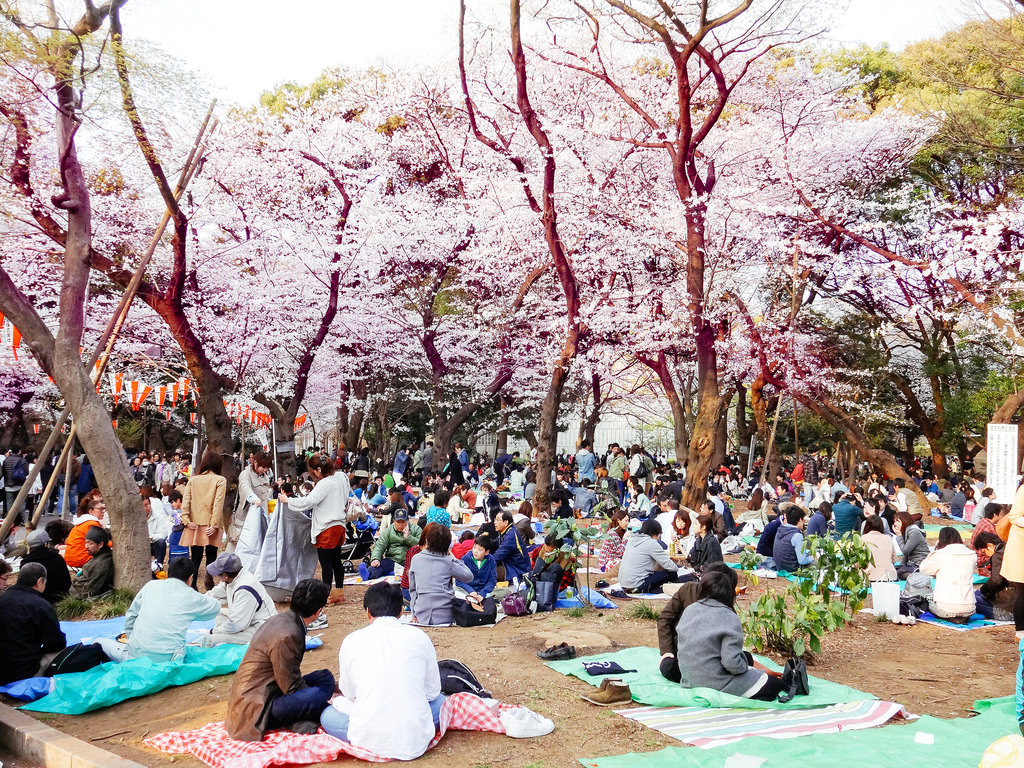
Akihabara
In the evening, visit Akihabara, the Electric Town, to get your dose of anime and manga characters. It’s located just 16 minutes walk away from Ueno Park, and the walk itself is quiet and enjoyable.
Visit a maid café with a local tour guide, then enjoy a Go Karting Experience. Akihabara is an incredible place for anime and manga lovers. You can find anything and everything around here, from Sailor Moon costumes to mini figurines. It is also a great place to visit maid cafés, one of the main tourist attractions in the neighbourhood. There’s a shop called Don Quijote full of fascinating Japanese merchandise including sweets, clothes and odd items.
Don’t miss the Kanda Myojin, the geeky temple with an omamori made to look like a computer chip.
- Address: 1 Chome Sotokanda, Chiyoda-ku, Tōkyō-to 101-0028, Japan
- Don Quijote Akihabara address: 4 Chome-3-3 Sotokanda, 千代田区 Tokyo 101-0021, Japan
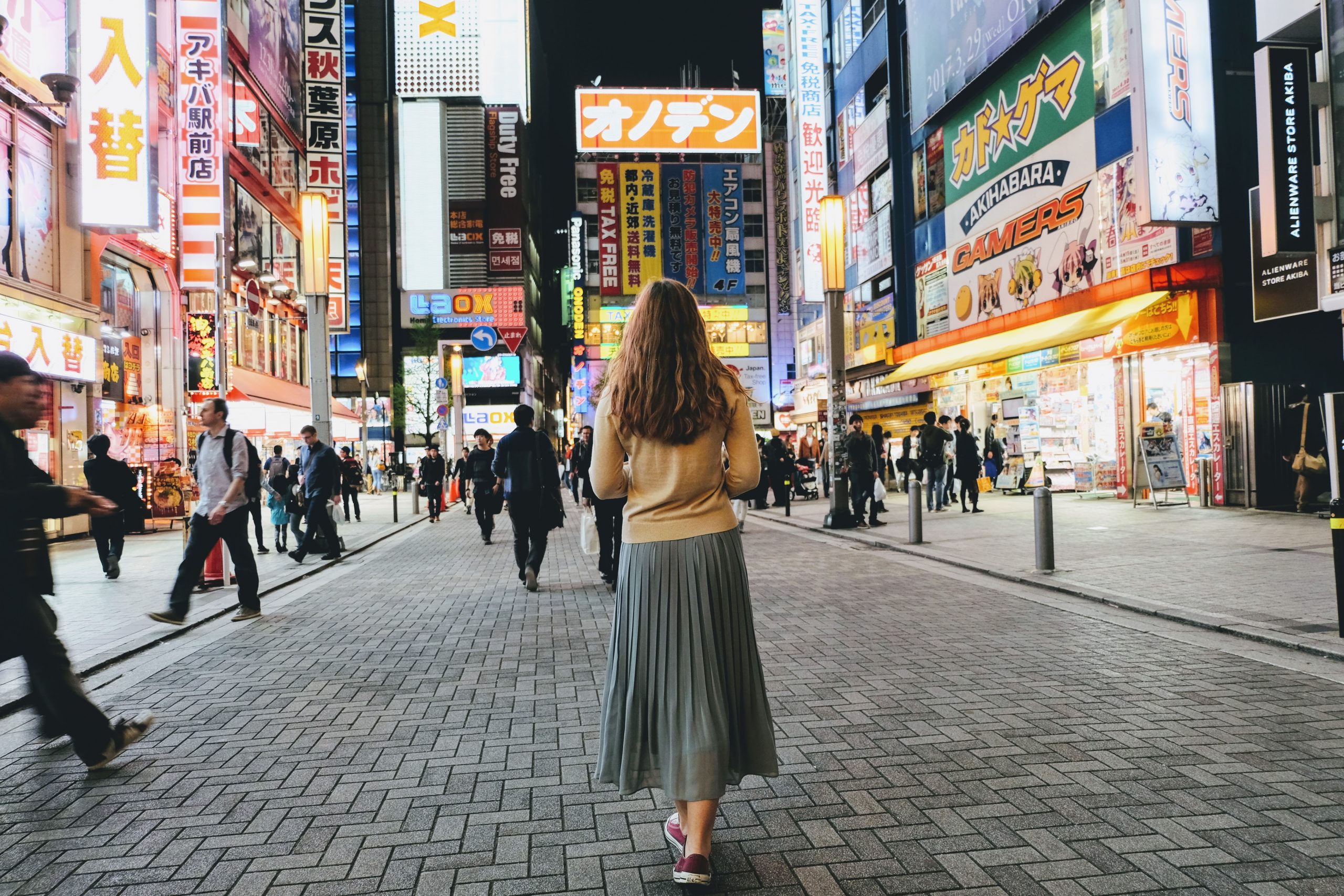
Day 4 in Japan – Tokyo: See the Toyosu market, Chuo City and Ginza
Toyosu market
Start the day with an early morning visit to Toyosu Market. Take a guided tour to see the famed tuna auction, or just meander and purchase fresh seafood. Toyosu was created to replace the Tsukiji market, but it’s important to remember that Tsukiji outdoor market is still in operation. You can still get delicious sushi and sashimi, as well as interesting street food.
Continue with a visit to the teamLab Planets to immerse yourself in what digital art is all about. Make sure you prebook your tickets well in advance. While you are here, try some of their special vegan ramen in their unique rooms and restaurant called Uzu. I strongly recommend the vegan matcha ramen. Interesting to know is that Uzu restaurant was included in the Michelin Guide for Bib Gourmand Recommendation.
- Address for Uzu: 146 Umenokicho, Nakagyo-ku, Kyoto, 604-0905, Japan
Chuo City
Head towards the Imperial Palace and visit the Eastern Garden, entirely free of charge. Get your tickets to the National Museum of Modern Art and see some of the best Japanese art since the start of the Meiji period.
Chuo is one of my favourite places in Tokyo because it’s so calm. For a luxurious experience, I recommend going to the Palace Hotel Tokyo for afternoon tea. This is one of the most sought after locations for afternoon tea because the restaurant overlooks the Imperial Garden. A reservation here is a must!
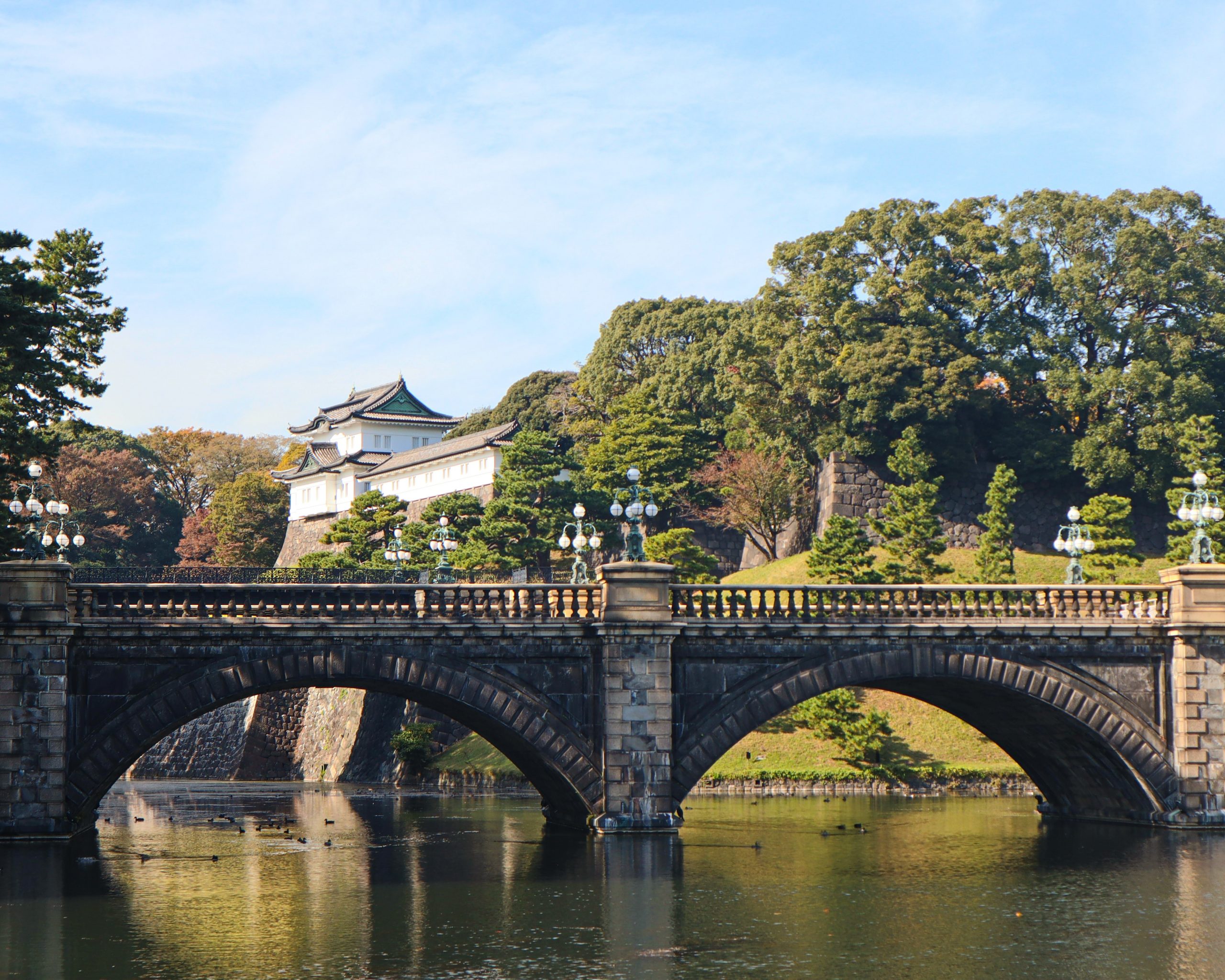
Ginza
Walk to Ginza and spend your afternoon doing some luxury shopping in Ginza, the best place for upscale souvenirs. See the 1930s Wako Honkan department store and don’t miss the ultramodern Ginza Place.
Don’t miss the Ginza Six Garden, located on the top floor of Ginza Six Department store. This garden is 4,000sqm, and it even features a small shrine and a water feature. I recommend a drink at the Mixology Salon, an upscale bar that specializes in tea cocktails.
Tip: Visit Ginza on a weekend, when the main Chuo Dori becomes a pedestrian only promenade.
In the evening, treat yourself with the most spectacular sushi from Ginza Onodera, a luxurious and upscale sushi restaurant with the freshest ingredients.
For an authentic cultural Japanese night out, we recommend booking tickets for traditional Japanese dance and drama at the Kabuki-za theater.
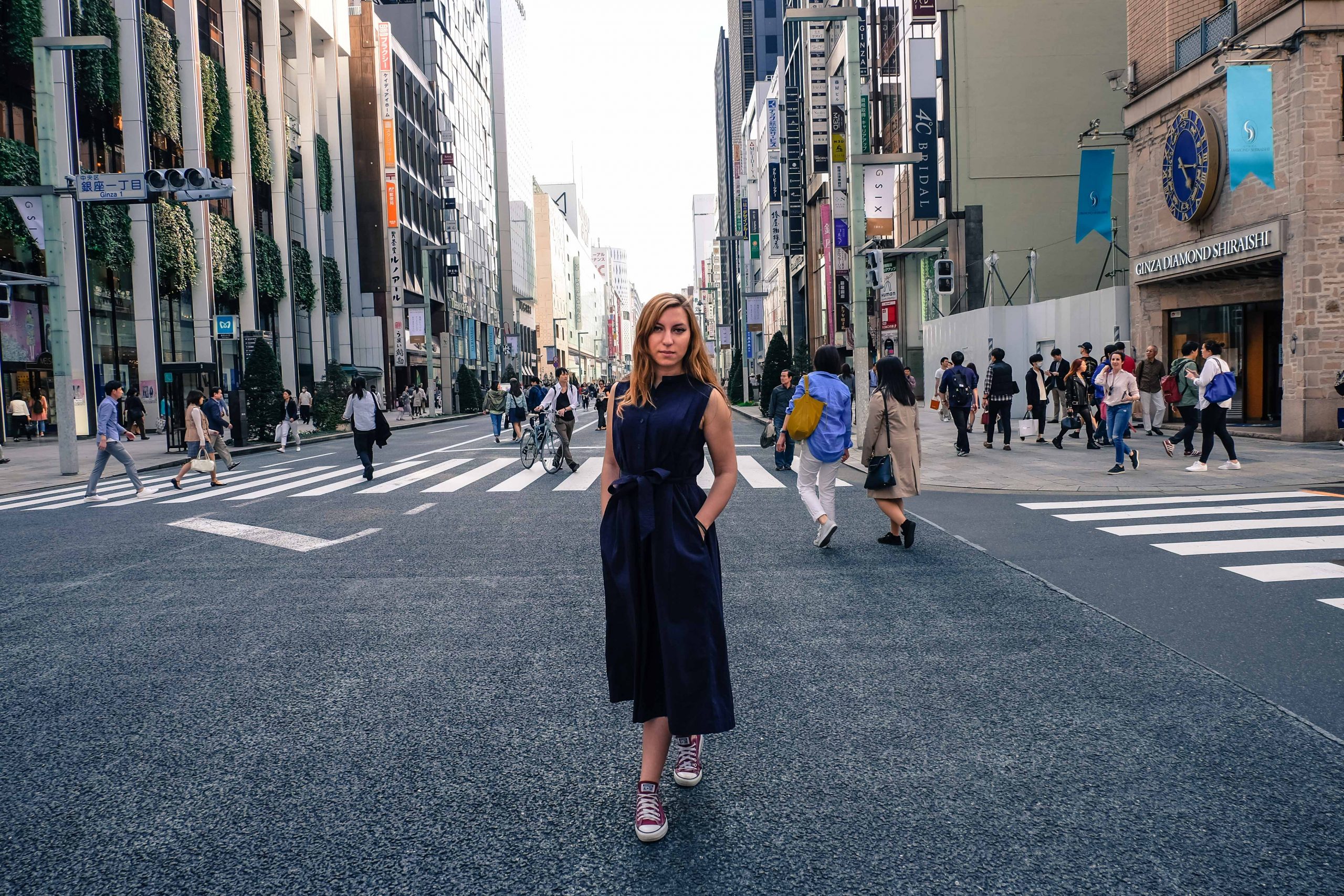
Where to stay in Tokyo
I stayed in so many hotels and districts in Tokyo, but my favourites are always in Chuo City. Chuo City forms the heart of Tokyo. I love it because it’s very much lively during the day, has ideal connections to all the main entertainment and tourist districts, but it’s very calm and quiet at night. Here are my hotel recommendations for Tokyo:
- Chuo City – Koko Hotel (My recommendation! Perfect for connections and quiet nights)
- Shibuya – Dormy Inn (upscale location, easy access to attractions)
- Shinjuku – Tokyu Stay Eastside (bright, vibrant and explosive nightlife)
- Ginza – Millennium Mitsui Garden (upscale, perfect for luxury and style)
- Asakusa – Hotel Gracery Asakusa (great for budget travellers)
Check our complete guide to where to stay in Tokyo, with details about each area and hotel.
Day 5 in Japan: Day trip to Mount Fuji
Start your day as early as you can and head to the Shinjuku station for your day trip to Lake Kawaguchi. From Lake Kawaguchi you can get fantastic views of the impressive Mount Fuji.
Take the JR Chuo Line from Tokyo’s Shinjuku Station to Otsuki Station (70 minutes, about 2500 yen by direct limited express train or 100 minutes, 1320 yen by local train with usually one transfer along the way).
From Otsuki, take the Fujikyu Railway Line to Kawaguchiko Station (55 minutes, 1140 yen one way). The Japan Rail Pass and other JR passes are not valid between Otsuki and Kawaguchiko.
From the train station, make your way towards the Kawaguchiko Bridge which is a 35-minute walk. From the Ubuyagasaki Shrine right next to the bridge, you can catch some incredible views of Mount Fuji.
Alternatively, take the Mt. Fuji Panoramic Ropeway, an aerial lift ascending to an observation deck with incredible views of Mt. Fuji and the lake.
Enjoy your lunch at Tetsuyaki, a teppanyaki restaurant. Alternatively, for a budget-friendly alternative, head to the Ogino supermarket like I did and get a ready meal from the counters. Besides, it will give you the chance to meander around a Japanese supermarket and see local ingredients.
Tip: If you visit in the autumn, head to the Momiji Corridor Lake Kawaguchi, a gorgeous location lined with maple trees to celebrate the fall foliage.
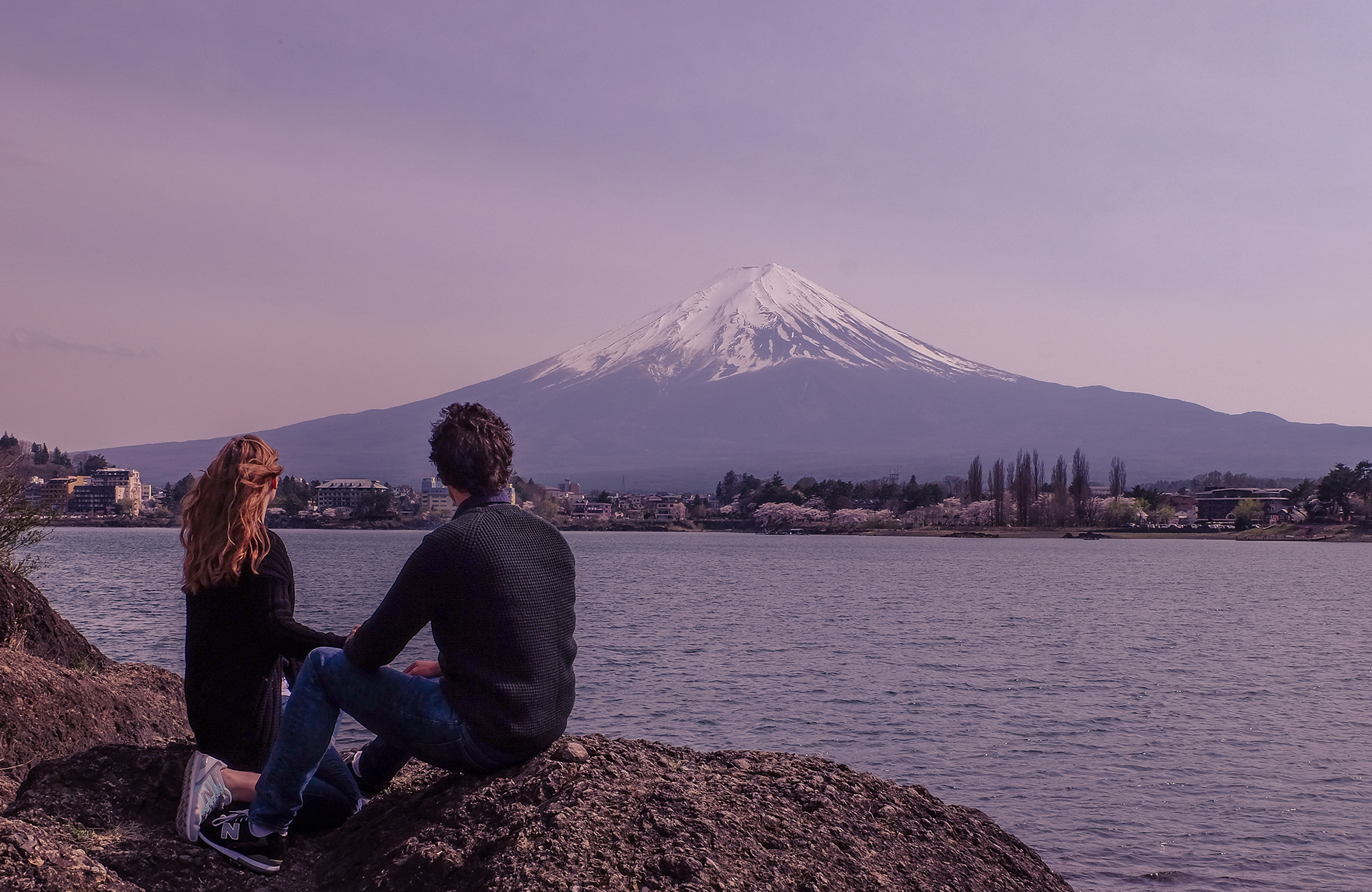
Day 6 in Japan: Day trip to Nikko
Start early and bright and head towards the Tokyo station to catch the train to Nikko. Take the Tohoku-Hokkaido Shinkanen to Utsunomiya Station, then change to the Nikko Line until Imaichi Station.
Just 5-minute walk from the Imaichi Station, go to the Watanabe Sahei (450 Imaichi, Nikko 321-1261, Tochigi Prefecture), a sake brewery which offers free tours of the brewery. It’s the perfect place to purchase local Japanese sake and support a local business.
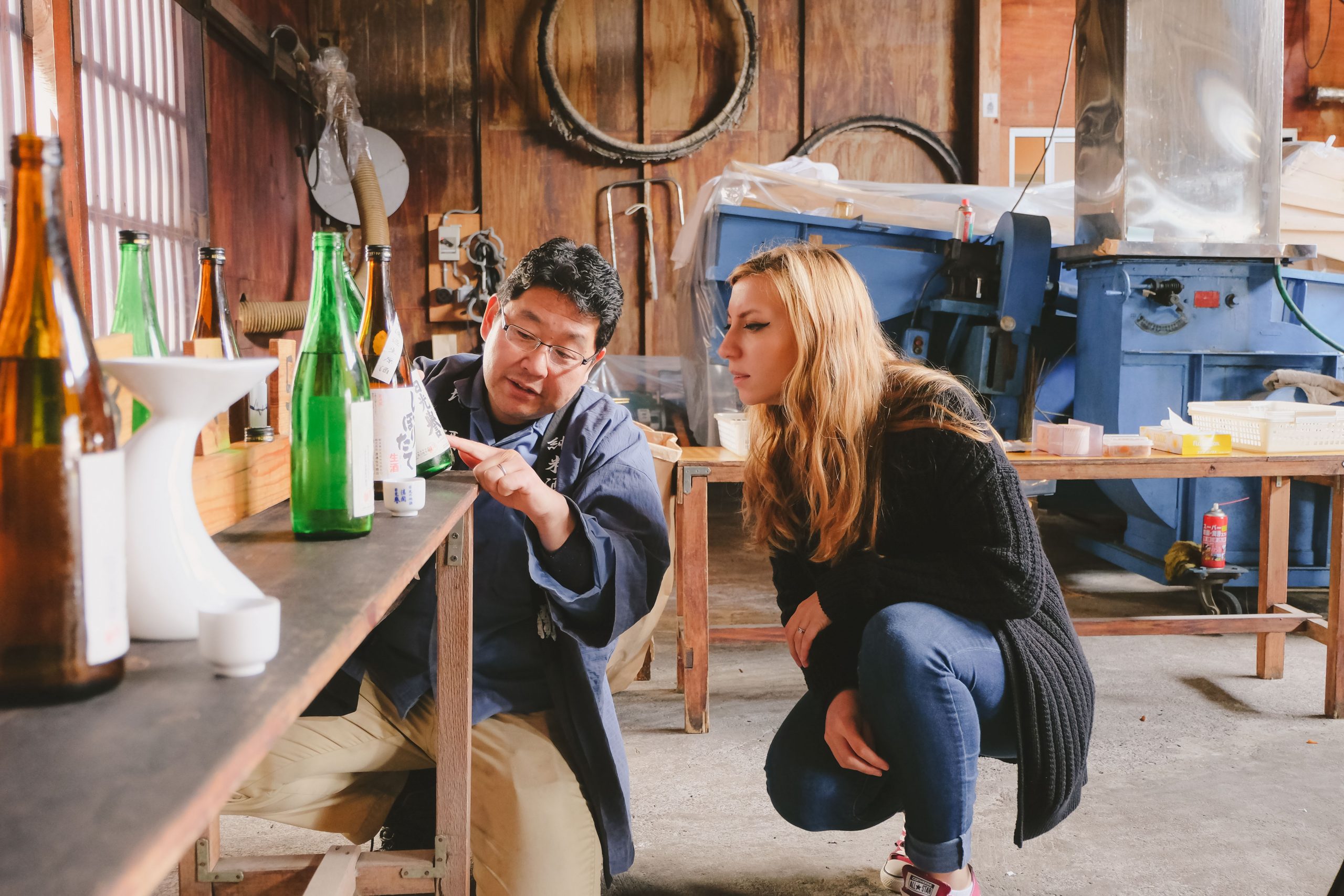
From Imaichi Train Station, take the Tobu-Nikko Line for 9 minutes, then walk towards the Nagomi Cha-ya restaurant for the perfect Kaiseki lunch. The restaurant is open between 11:30 am and 3:30 pm.
After food, make your way to Shinkyo Bridge. Shinkyo Bridge is a beautiful vermilion bridge which can only be crossed by the Royal Family. You can pay a small fee to stand on it and take a beautiful picture. I recommend just taking a picture from afar. It looks just as special and atmsopheric.
Head towards the Tōshō-Gū Shrine which is a UNESCO Heritage Site, and it belonged to Tokugawa Ieyasu, the founder of the Tokugawa shogunate. This very well-known shrine was once part of an amusement park. Back then, the entrance was free of charge and people from all over Japan came to visit the lavish decorations were subject to amusement, talk, and admirations.
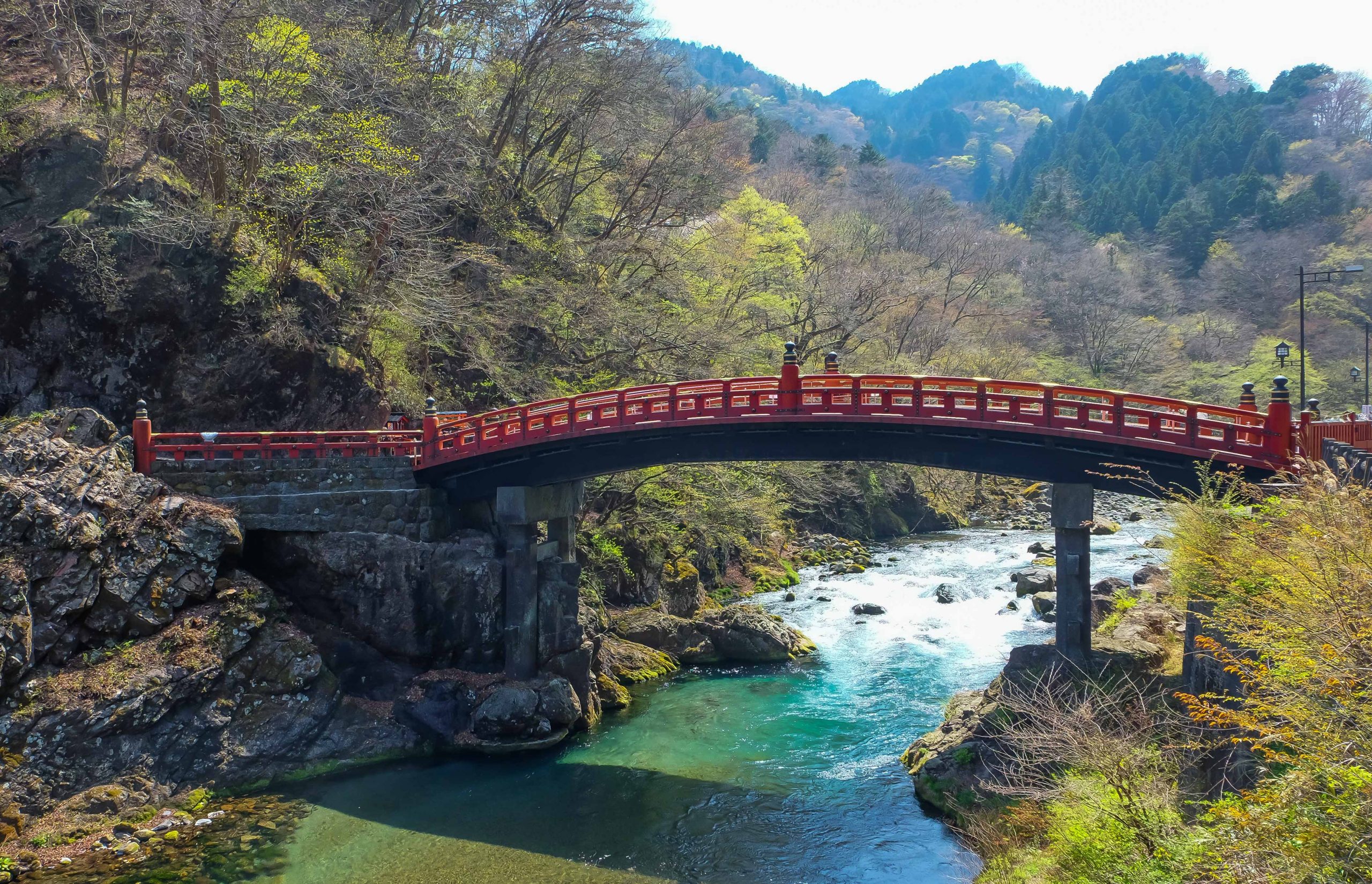
Take the Yasukawa Town Bus from the Nishisandoiriguchi Bus Stop towards the Chuzenji Onsen. Walk for about 3 minutes to get to the famous and impressive Kegon Falls.
For impressive views, take the Akechidaira Ropeway to the Observation Deck to photograph the most impressive views of Kegon Waterfalls and Lake Chuzenjiko.
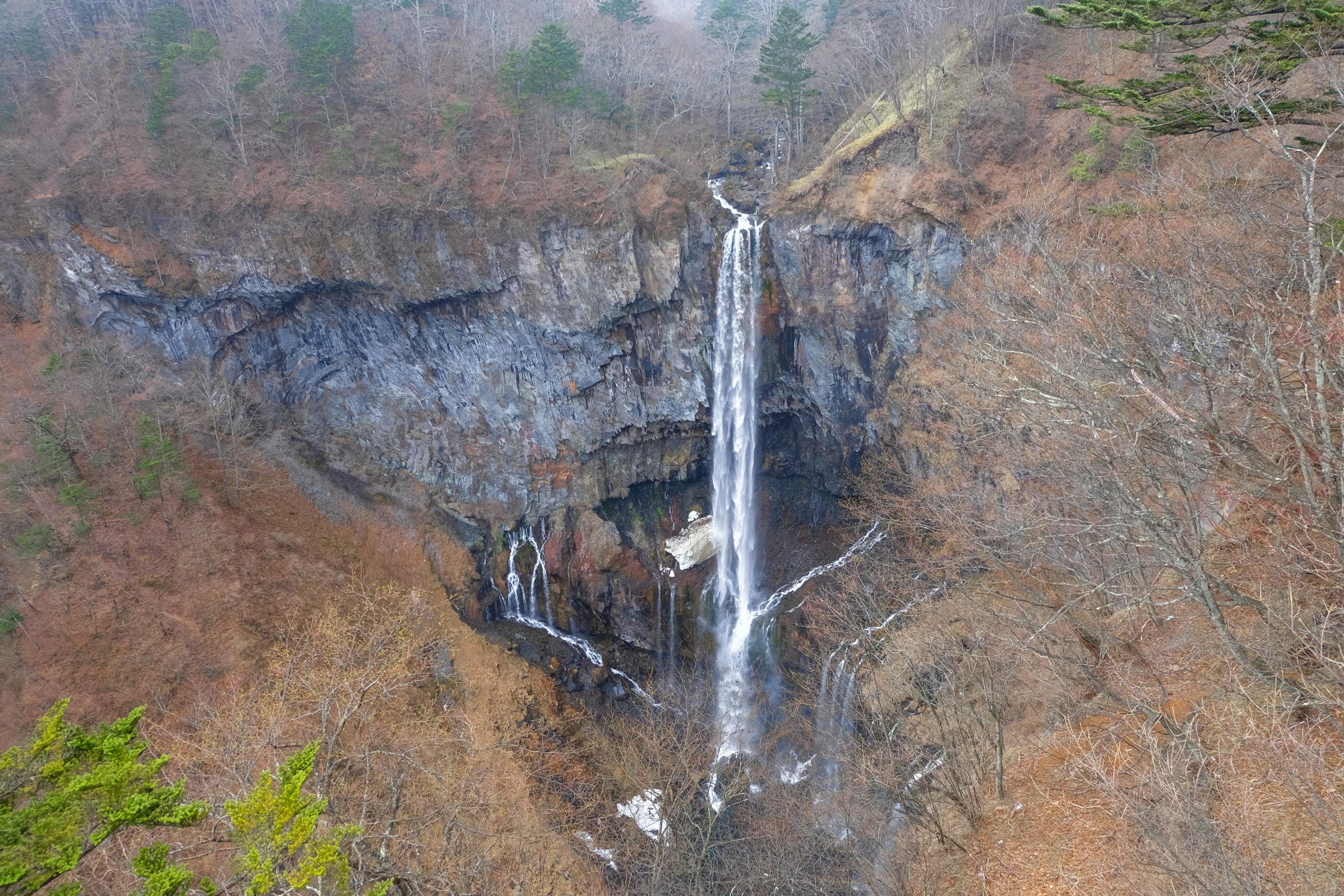
For some amazing food, stop at the Tonkatsu Asai, a fantastic tonkatsu restaurant just by the shores of Lake Chuzenjiko.
Continue the journey up the mountains by taking the same Yasukawa Town Bus towards the Ryuzu Waterfalls.
On the way back to Nikko, make sure to stop at the Kanmangafuchi Abyss, a forested volcanic canyon with jizo stone statues of Buddhist monks. It’s the perfect picture opportunity in Nikko.
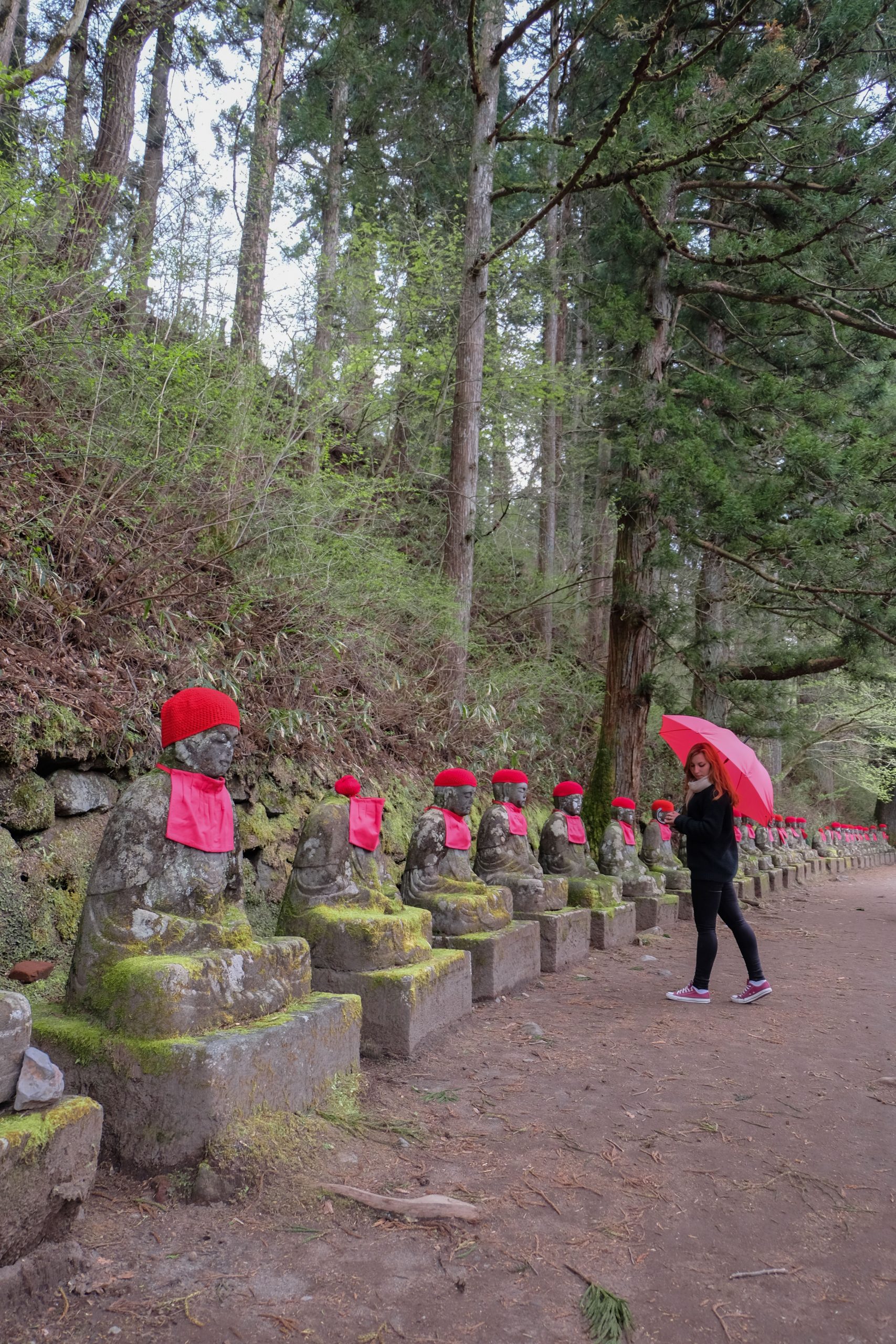
Day 7 in Japan – Kyoto: Gion & Maruyama Park
To get to Kyoto from Tokyo, you will need to take the Shinkansen. You can buy the ticket on the day, or you can buy your Japan Rail Pass before your trip, to ensure you benefit from discounts.
The journey from Tokyo to Kyoto will take roughly 3 hours.
Gion & Maruyama Park
Once you arrive in Kyoto and check in at the hotel, it’s time to start exploring this gorgeous city. Start by heading to Gion, Kyoto’s geisha district, and see the superb Tatsumi Bridge.
Visit the Yasaka Shrine, a 1350-year-old shrine, ideal for afternoon photos.
Yasaka Shrine was the first spiritual site I ever saw in Kyoto. I couldn’t wait to visit Kyoto, and Kyoto didn’t just live up to my expectation, but it greatly exceeded it. The Yasaka Shrine was once called the Gion Shrine. Here, you can attend many matsuri (festivals) and you will find various street food vendors.
- Address: Japan, 〒605-0073 Kyoto Prefecture, Kyoto, Higashiyama Ward, Gionmachi Kitagawa
Walk around the shrine, then head towards Maruyama Park. Don’t miss the Gion Cherry Weeping Cherry Tree, which is illuminated during nighttime.
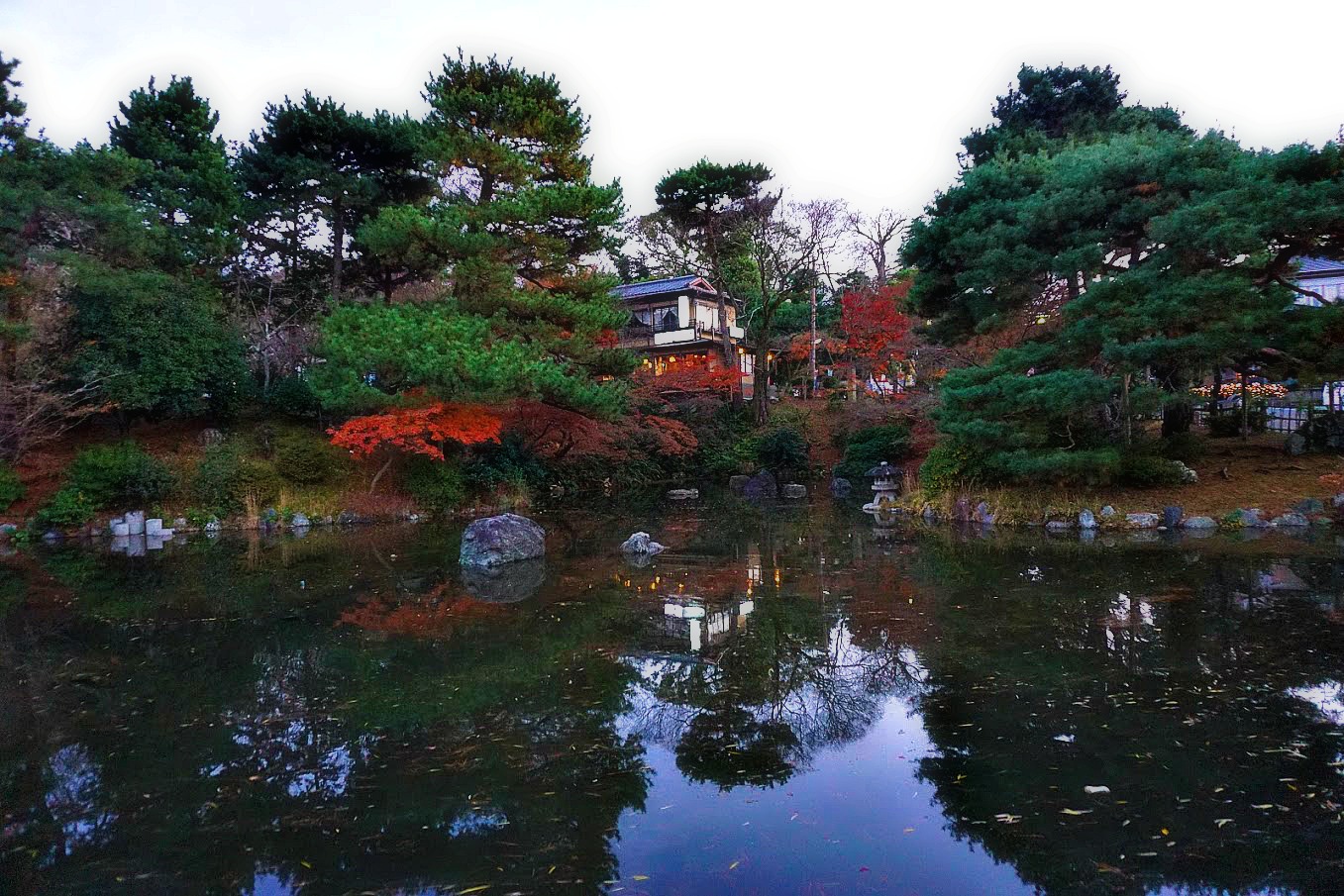
See the Japanese gardens in Maruyama Park, then continue towards the temples at the back. See the Otokozaka and the Tahoto Pagoda, then proceed towards the Chion-in Sanmon, pass the Amidado and finally marvel at the Chion-in temple from 1618.
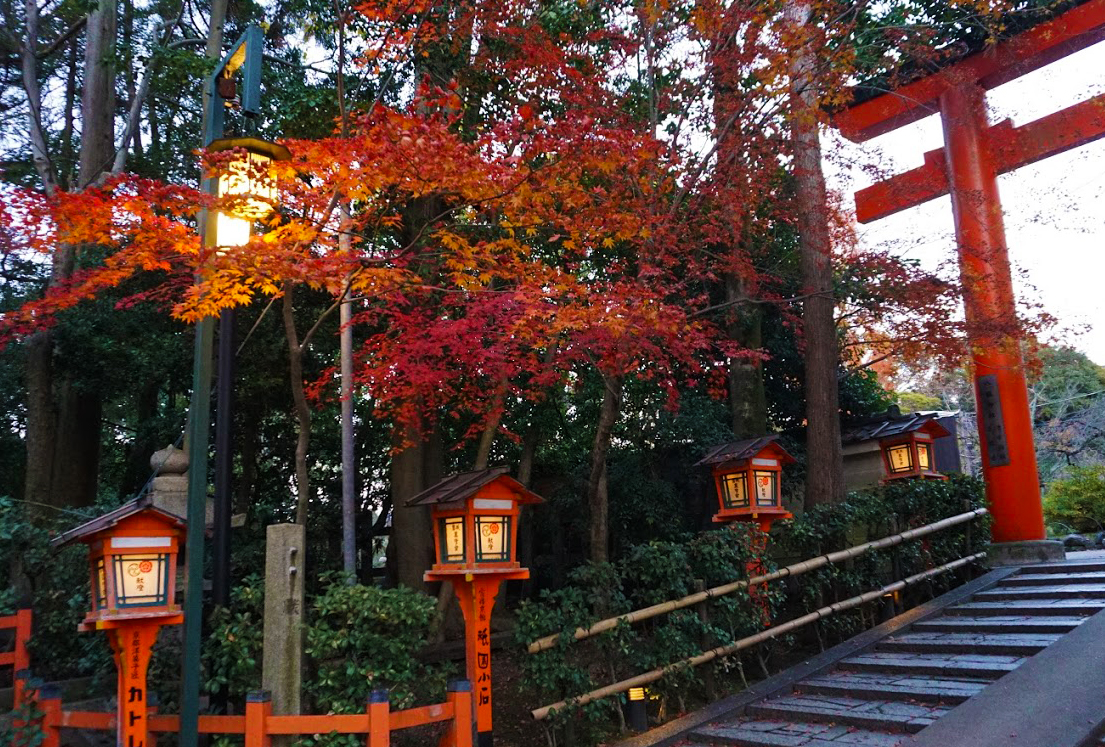
Shijo Dori
In the evening, make your way to Shijo-Dori, the long street right in front of the Yasaka Shrine entrance. Go from establishments to establishment to sample the best Kyoto street food and find delicious treats and souvenirs. I highly recommend trying ume tea (plum tea) and yatsuhashi a local confectionary from Kyoto. It’s one of the greatest places to try traditional Japanese food.
End the day in Hanamikoji Street, a historic district with traditional buildings. It’s the best place to grab dinner such as Shabu-shabu, traditional Teppanyaki or authentic Kaiseki.
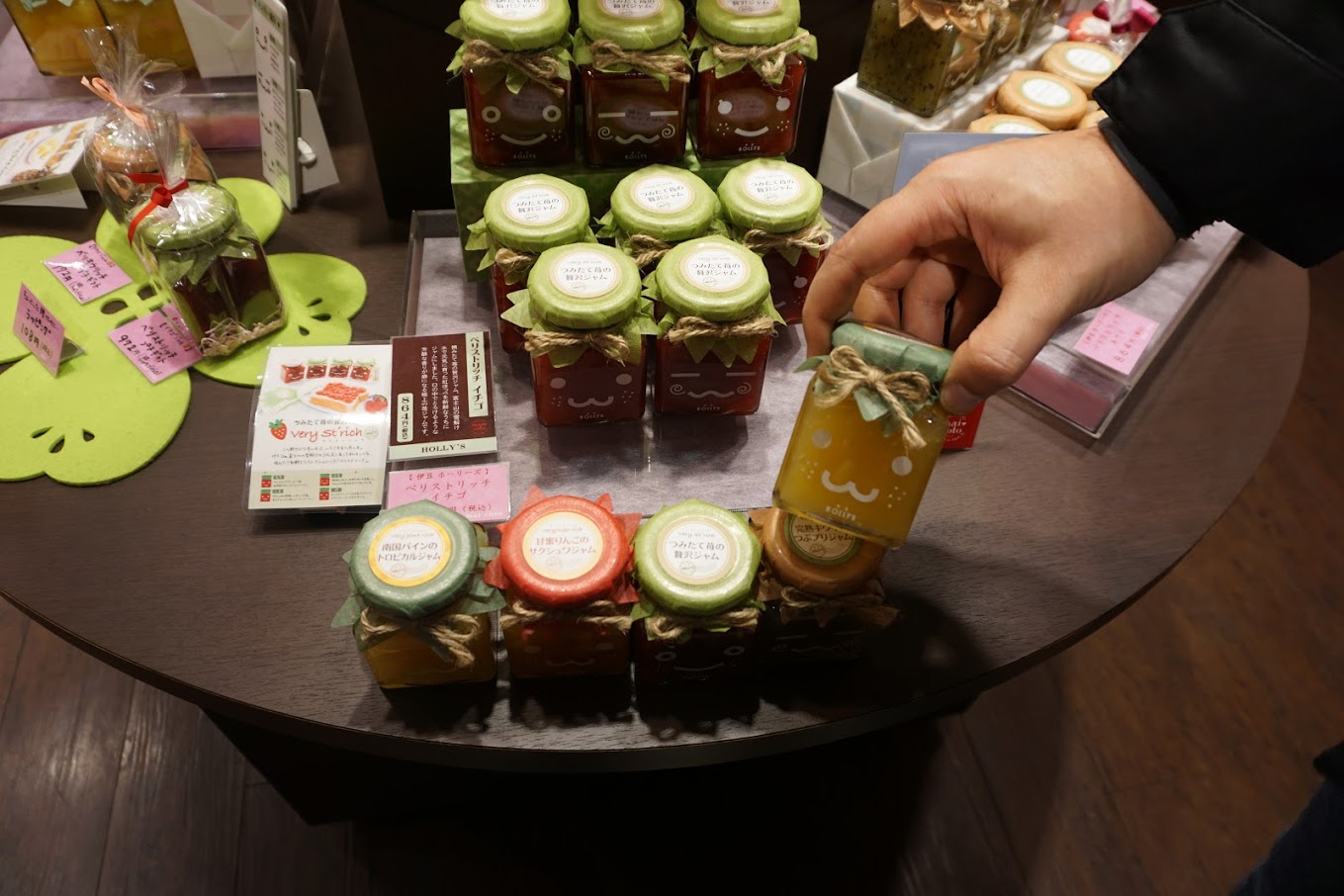
Day 8 in Japan – Kyoto: See the splendid Arashiyama Bamboo Forest
Arashiyama Bamboo Grove
Start the day early and bright and take the train to Arashiyama Bamboo Forest. For something traditional, book a rickshaw tour and head towards the bamboo forest for sensational pictures.
Arashiyama really is one of its kind and looks so beautiful, especially on a quiet morning. I especially love how the stalks sway back and forth, creating a superb, relaxing sound. In my opinion, Arashiyama is one of the best things to do in Japan, and no 2 weeks in Japan itinerary is complete without a visit here.
Okochi Sanso Villa
Continue your hike towards the Okochi Sanso Garden (fee JPY 1000), a superb Japanese garden with stunning views. Enjoy your welcome matcha tea and sweets at the entrance.
This is the former villa of the popular actor Okochi Denjiro (1896-1962), located in the back of Arashiyama’s bamboo groves.
- Hours: 9:00 to 17:00
- Admission: 1000 yen
Jōjakukō-Ji Temple
Next, enter the Jōjakkō-ji Temple (JPY 400), a serene Buddhist temple with stunning views, ideal if you visit in the autumn. It’s located just minutes away from Okochi Sanso Villa.
Jōjakukō-Ji Temple is a mountainside temple founded in 1596. You’re going to especially love the views of the forested mountains and valley from the gardens.
- Hours: 9:00 to 17:00 (entry until 16:30)
- Admission: 400 yen
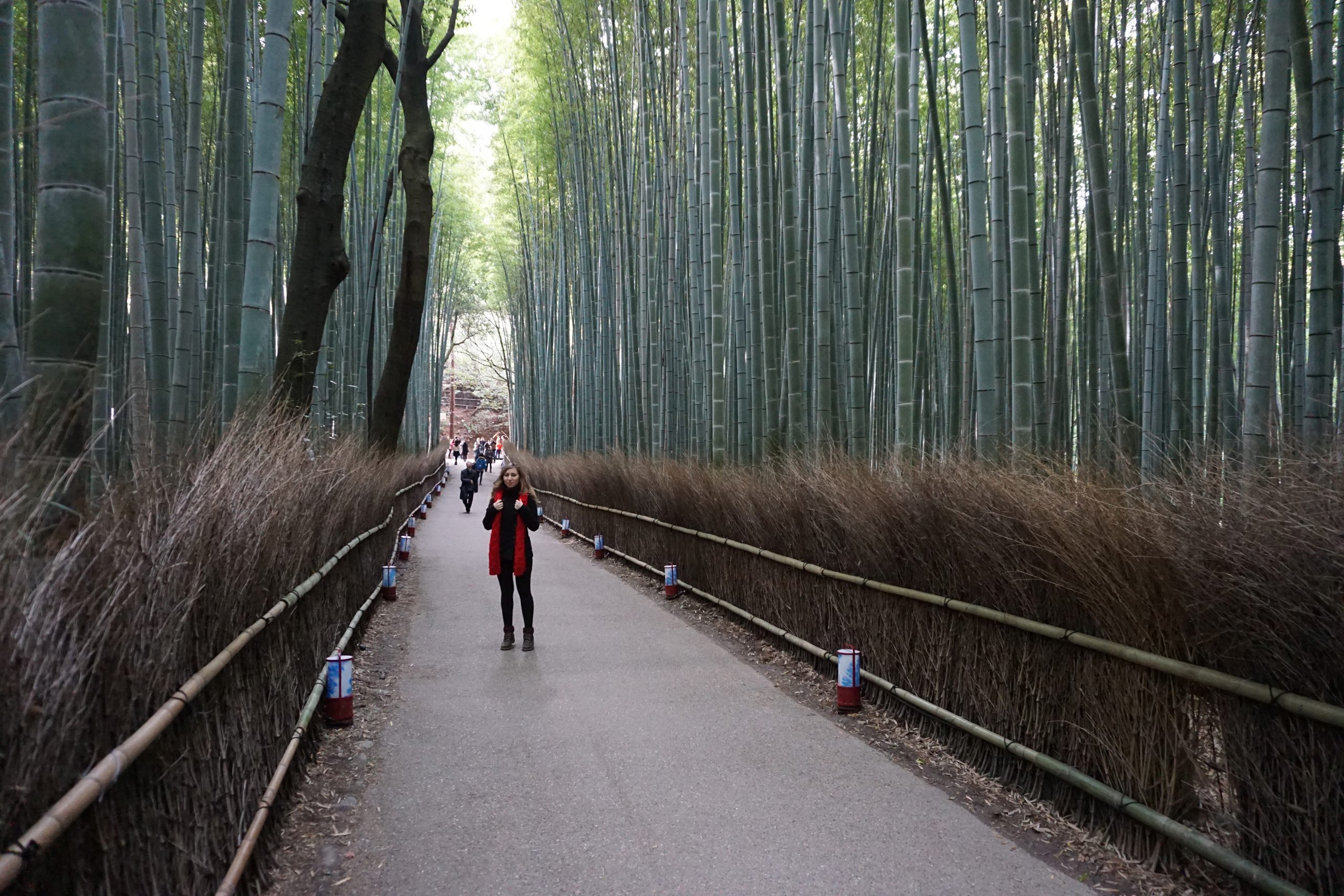
Gio-Ji Temple
Visit the Gio-ji temple (JPY 300) with its picturesque moss garden and secluded bamboo grove. Gio-ji was one of my favourite temples in Kyoto because it has its own bamboo grove, which was perfect for some extra photos. If you arrive in Arashiyama during a busy day, this secluded temple is ideal for some peace and quiet.
- Hours: 9:00 to 17:00 (entry until 16:30)
- Admission: 300 yen
Saga Toriimoto Preserved Street
Walk on the Saga Toriimoto Preserved Street, a traditional street with 19-th century wooden homes and shops. Grab a souvenir from one of the local shops. There are plenty of shops and restaurants here, and I recommend grabbing lunch from one of the local restaurants. For souvenirs, there are some authentic fan shops and small crafts establishments.
Otagi Nenbutsu-ji Temple
Arrive at the Otagi Nenbutsu-ji Temple, a Buddhist temple from the 8th century featuring more than 1200 stone heads. This is an ideal location for meditation and unique photography. It’s fair to say that this is my favourite place in the whole of Kyoto. It’s not as impressive or well known as others, but somehow, I felt most connected to the Otagi Nenbutsuji Temple.
- Hours: 8am to 5pm (entry until 4:45pm)
- Admission: 300 yen
In the afternoon, head back towards the station, but stop at the Fu Fu No Yu Onsen for a quick relaxing bath outdoors.
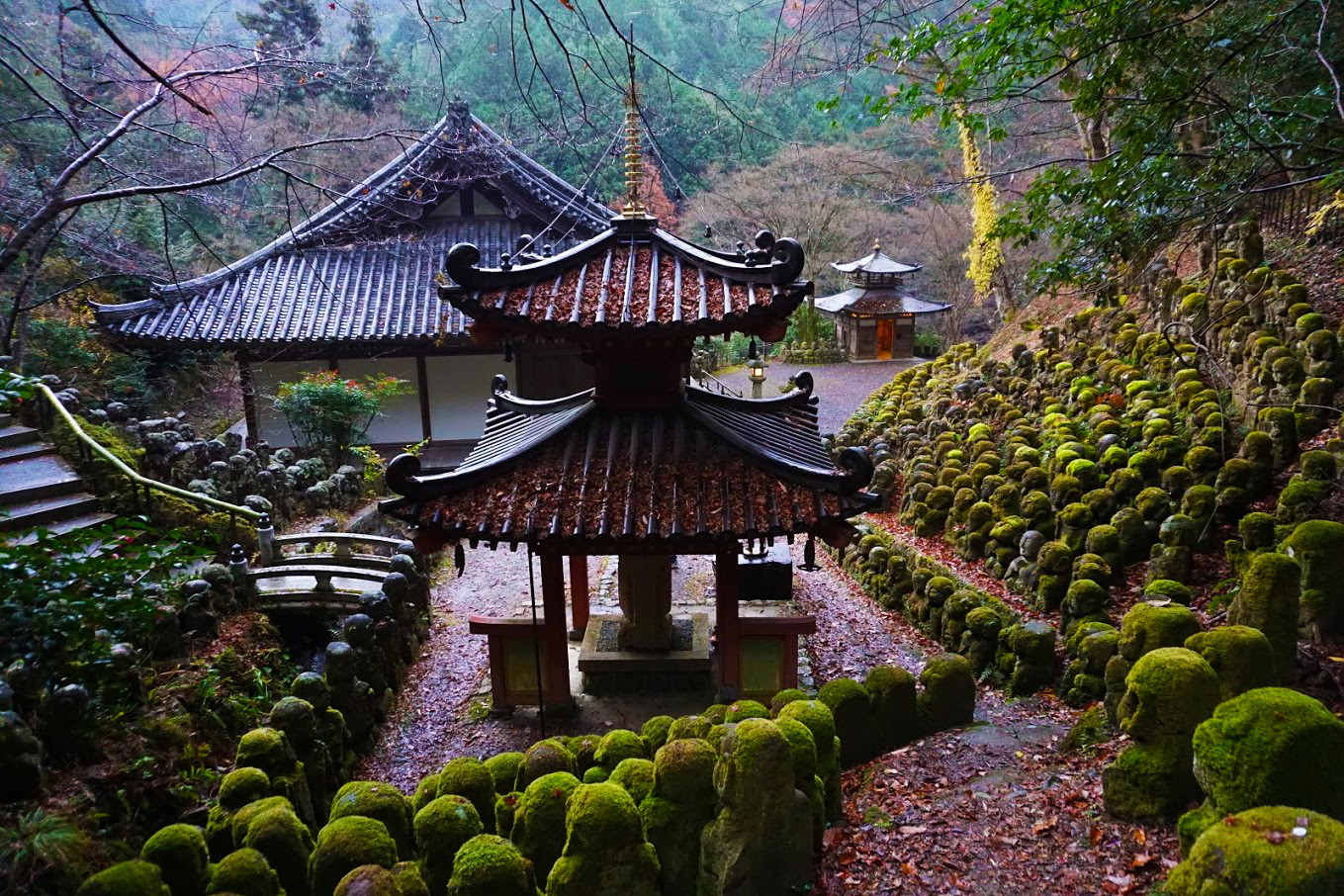
Kyoto Train Station
Once you are back in central Kyoto, stop at the Kyoto Train Station. I recommend dinner in The Cube. Get either the best tonkatsu at Katsukura or enjoy a sushi at the Sushi no Musashi. Both are fantastic options, and they even made it to my best Kyoto food guide.
Don’t miss the Iseton Steps, they are beautifully illuminated at night.
Day 9 in Japan – Kyoto: Eat in Nishiki and hike Fushimi Inari
Nishiki Market
Take a morning foodie tour in Nishiki Market, often called Kyoto’s kitchen. Indulge in street food, local delicatessen and delicious snacks such as dango, tako skewers and rice cakes. I especially recommend the soy doughnuts and the takotamago which is a quail egg in an octopus head.
I know it may sound a little unorthodox, but really, this is a delicious snack you have got to try when in Kyoto!
Locals come here to eat and the rule in Japan is that if you see a queue it is usually a good sign that the restaurant serves delicious food. In Japan, locals don’t mind queuing for good food.
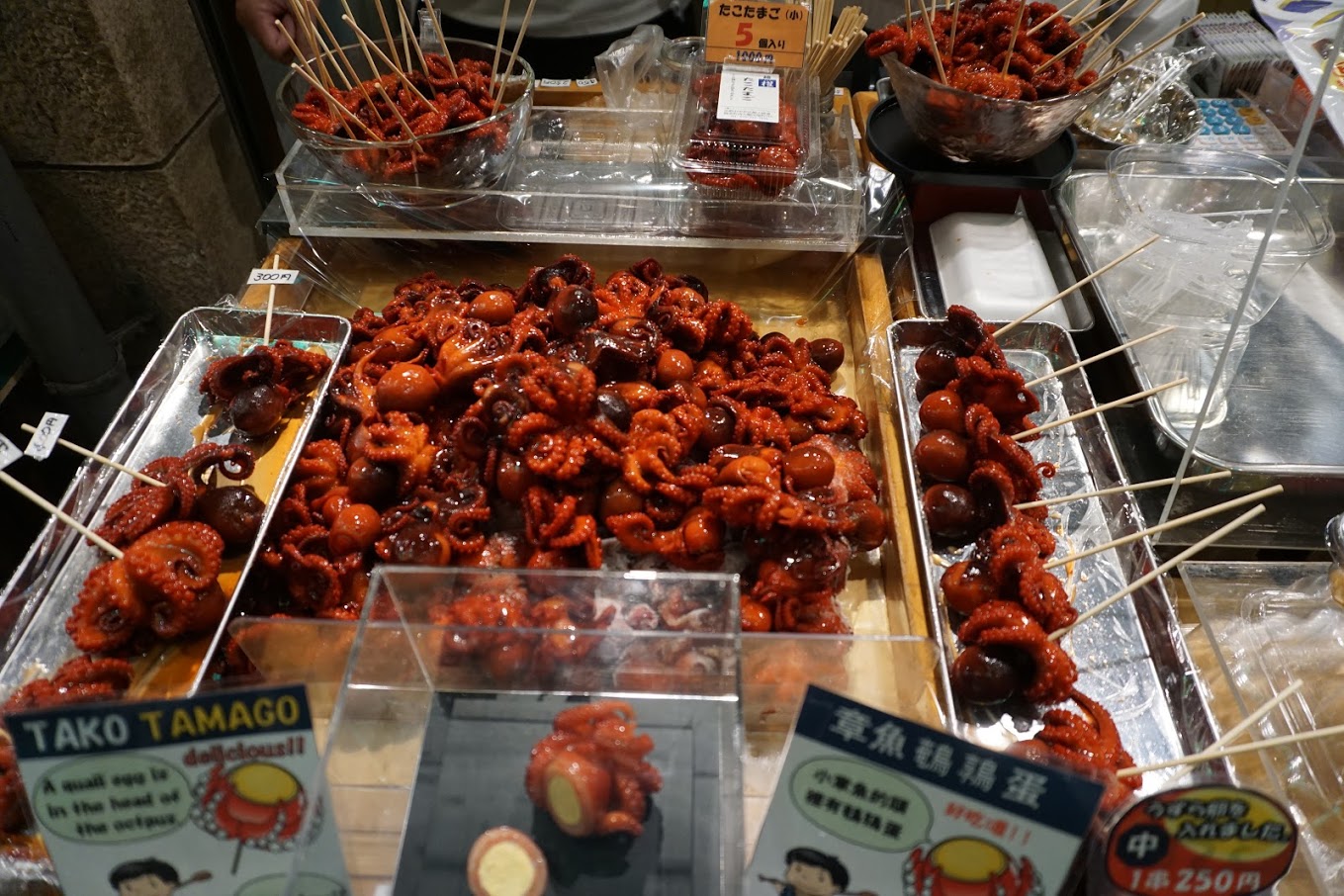
For an authentic cultural experience, head to Nakagyo Ward and have a Japanese archery lesson called Kyudo. It takes just one hour, but it’s such a fantastic way to learn about the ancient Japanese arts.
Fushimi Inari Taisha
After lunch, head to Fushimi Inari Taisha, a mountainside Shinto shrine dating from 711AD. Start hiking on the well-marked path lined with traditional vermilion gates. Stop along the way to catch your breath and to admire all the sights, including the gorgeous fox statues.
My top tip is to stop at Yotsutsuji intersection for the best pictures of Kyoto. It’s also a great location to grab a few snacks from the vending machines. Once you are ready, continue your hike towards the summit of Mt. Inari, then descend on the other path down.
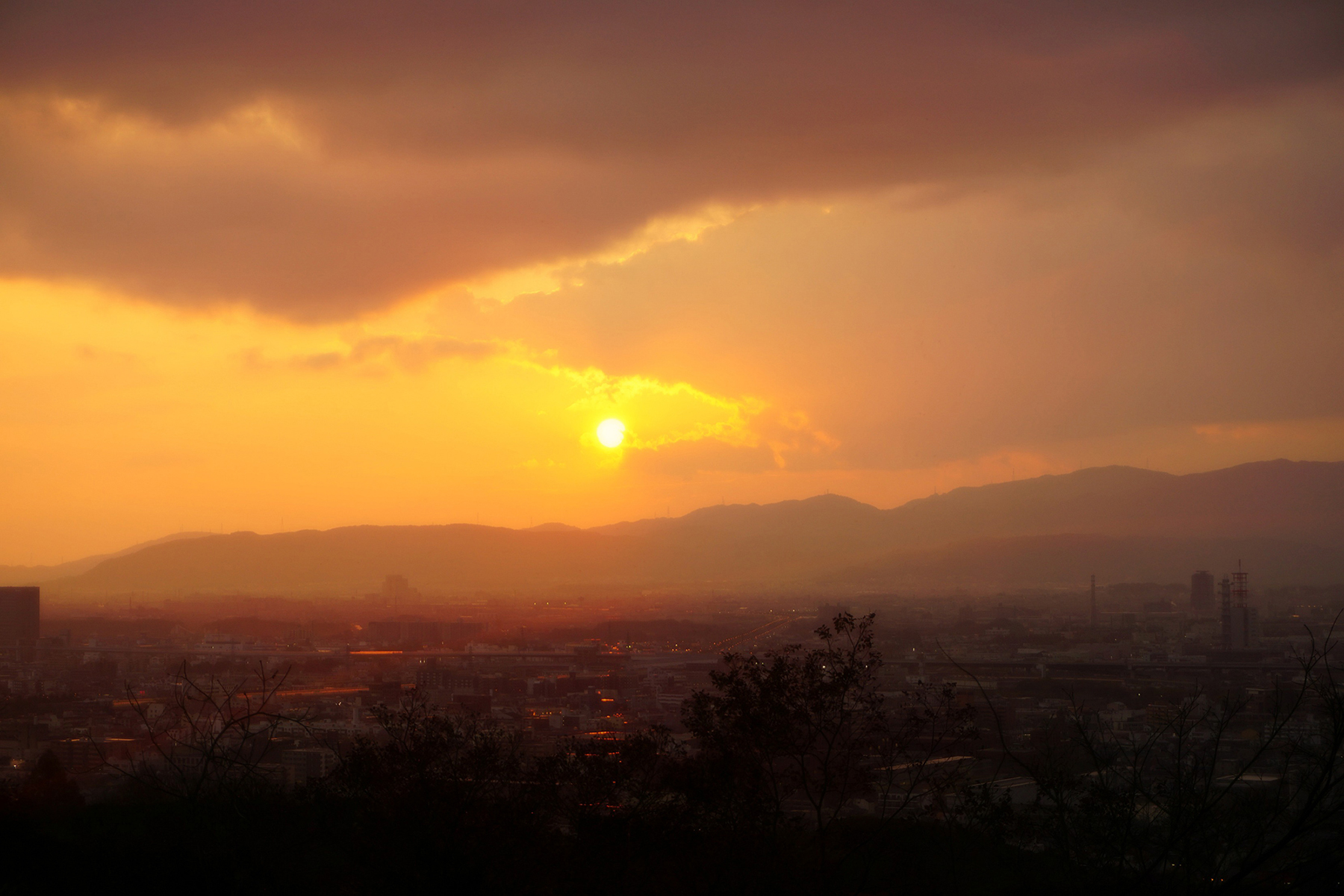
Advice: Fushimi Inari gets very busy, and it may seem almost impossible to take photos without others around. As you ascend, there are fewer crowds. Just be patient, and you will take the perfect photos.
Kamo River
For an impressive evening walk, head back to central Kyoto along the Kamo River. It takes around 1 hour walking, but the area is peaceful and atmospheric. Treat yourself at the end of the evening with a luxurious kaiseki meal at HANA-Kitcho or Kikunoi Honten.
Kikunoi Honten is a 3 Michelin star restaurant and the chef, Yoshihiro Murata, has a total of 7 Michelin stars under his belt. To get a spot, you will have to book 1-2 months in advance.
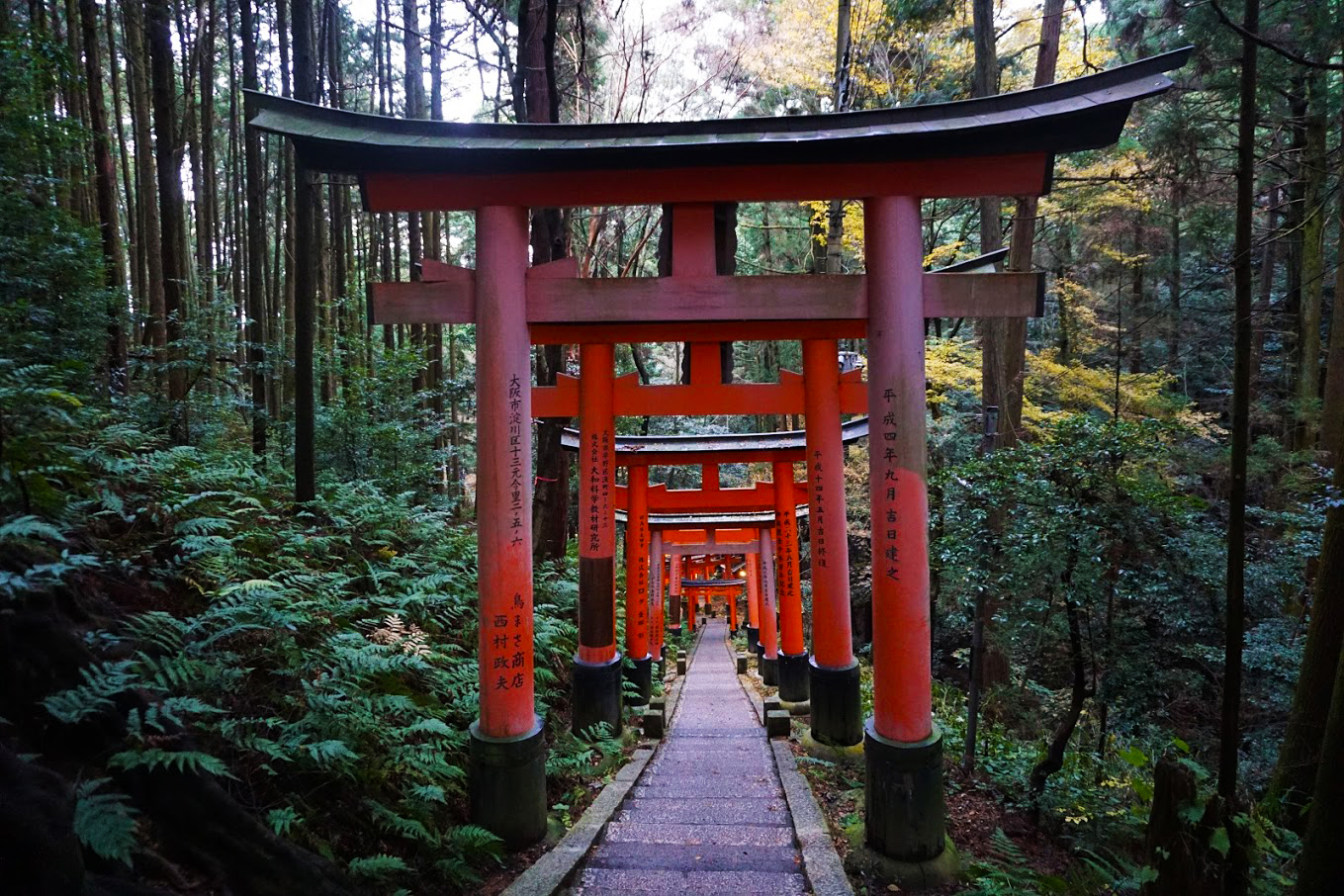
Day 10 in Japan – Kyoto: Explore the temples of Kyoto
Ryōan-ji
Start your morning by making your way to Ryōan-ji, the scenic 15th century temple with its famous rock garden. Meditate and observe the Zen garden, then meander around the landscaped grounds.
It is said that Ryōan-ji has 15 rocks in its garden, but in reality you cannot find them all. 15 is the perfect number in Zen Buddhism, but Ryōan-ji only has 14 rocks. This is to help you meditate and realize that beauty exists in imperfection too.
- Address: 13 Ryoanji Goryonoshitacho, Ukyo Ward, Kyoto, 616-8001, Japan
- Fee: 500 yen
Kinkaku-ji
Continue the day to Kinkaku-ji, the superb gold-leaf temple surrounded by landscape gardens. Take a moment at the reflection pond and snap a postcard perfect photo.
From my experience, Kinkaku-ji gets very busy during the day, so it’s best to arrive as early as possible. There is always a person mending the queue, so rest assured, you will get a chance to see the temple from the perfect spot.
- Address: 1 Kinkakujicho, Kita Ward, Kyoto, 603-8361, Japan
- Fee: 400 yen
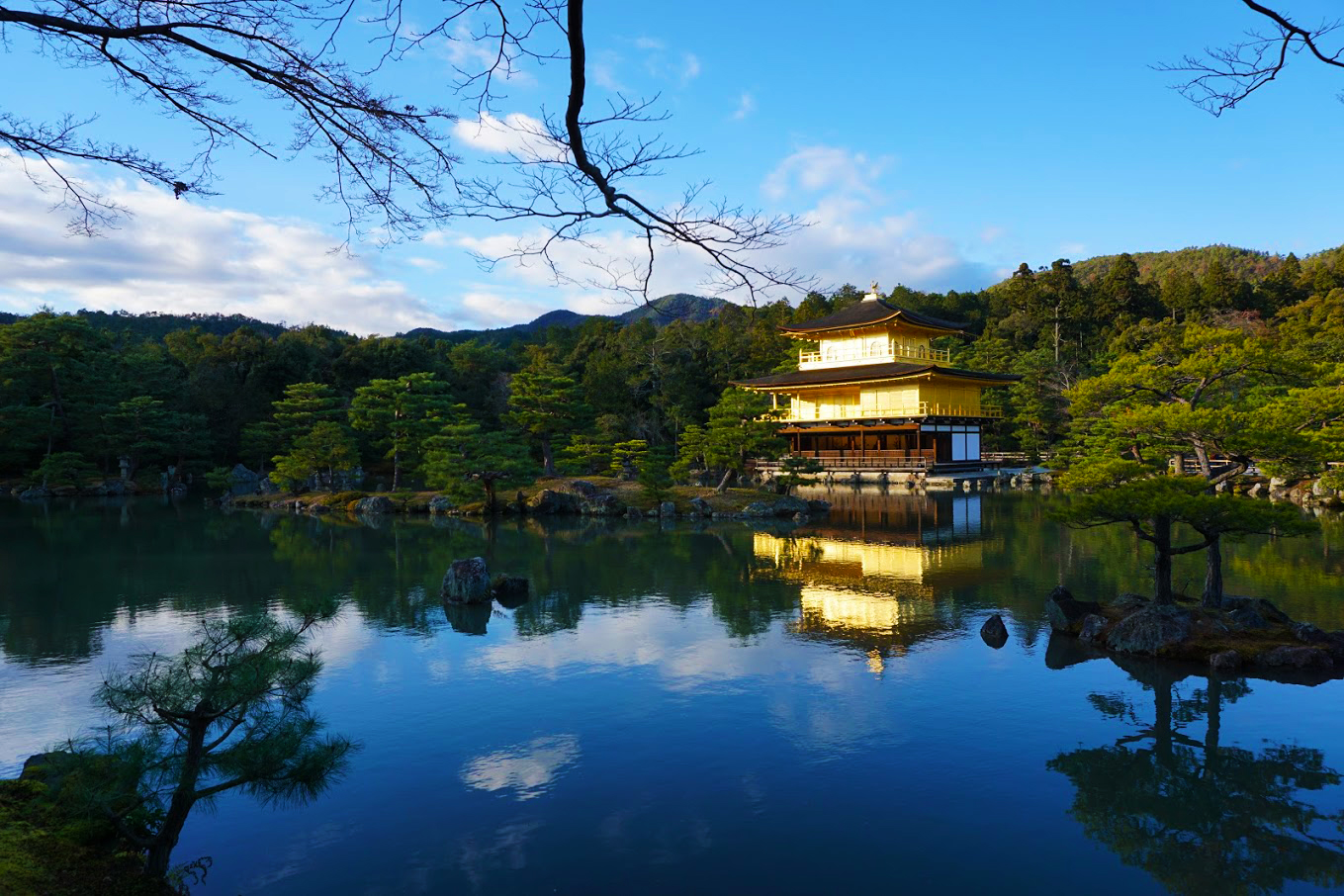
You can’t visit Kyoto and not indulge in tea ceremony to learn about the proper way of drinking matcha in Japan. Drink your tea with a side of delicate Japanese sweet called wagashi. I’m fascinated by the art of tea ceremony, and I really do recommend you don’t skip this authentic experience.
Shūgakuin Imperial Villa
Take the public transport to Shūgakuin Imperial Villa, a superb 17th century villa with some of the most splendid gardens in the city.
It is considered a cultural treasure in Japan and considered by many a landscape masterpiece. It’s especially beautiful during autumn, when the trees turn to so many gorgeous colours. The villa is located on the slope of Mount Hiei, a place which is significant to me as that’s where I got engaged.
- Address: Shugakuin Yabusoe, Sakyo Ward, Kyoto, 606-8052, Japan
Good to know: There are a few ways in which you can visit the Shūgakuin Imperial Villa, Tanukidani-fudō-in Temple. You can either apply in advance at the Imperial Household Agency’s office or book via an agency to take a guided tour. A few tickets are available at the villa from 11am, and they are usually sold out very fast on a first come, first served basis.
Tanukidani-fudō-in Temple
Walk for 30 minutes to the Tanukidani-fudō-in Temple, and admire the most superb views over Kyoto. I especially loved it because of its more traditional aesthetic. Don’t miss all the adorable Tanuki statues and hike the 250 steps to be rewarded with the great views. There is even a torii tunnel to walk through.
- Address: 6 Ichijoji Matsubaracho, Sakyo Ward, Kyoto, 606-8156, Japan
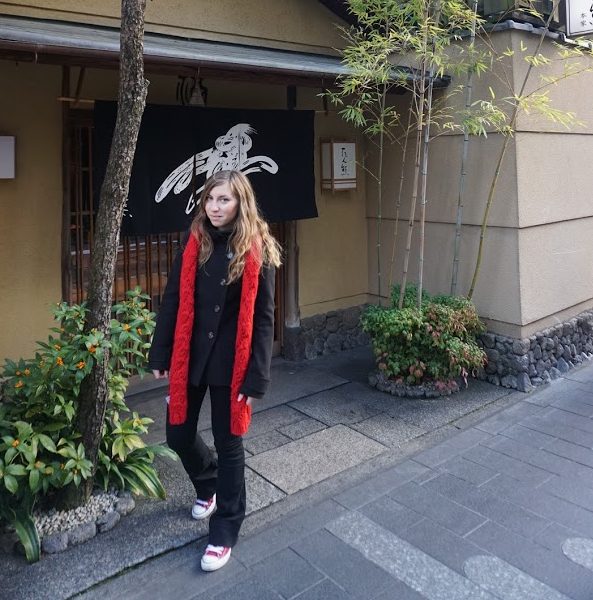
Higashiyama Jisho-ji
Continue your walk towards Higashiyama Jisho-ji a 15th century temple with landscaped gardens and a mound which is shaped to resemble Mt. Fuji. The temple has a very interesting history as well, as it’s known as the Silver Pavilion. It was meant to be the silver sister to the Golden Pavilion. Unfortunately, the silver was never applied to the temple, leaving it an unfinished beauty. It’s just as photogenic as the Golden Pavilion, surrounded by stunning landscaped trees.
Philosopher’s Walk
From here, take the well-known Tetsugaku No Michi (Philosopher’s Walk), a pedestrian path that follows the cherry lined canals in Kyoto.
Top tip: The philosopher’s walk looks stunning during autumn and spring. It’s also one of my favourites places for pictures in Kyoto.
Philospher’s Walk links the Jisho-ji and Nanzen-ji temples.
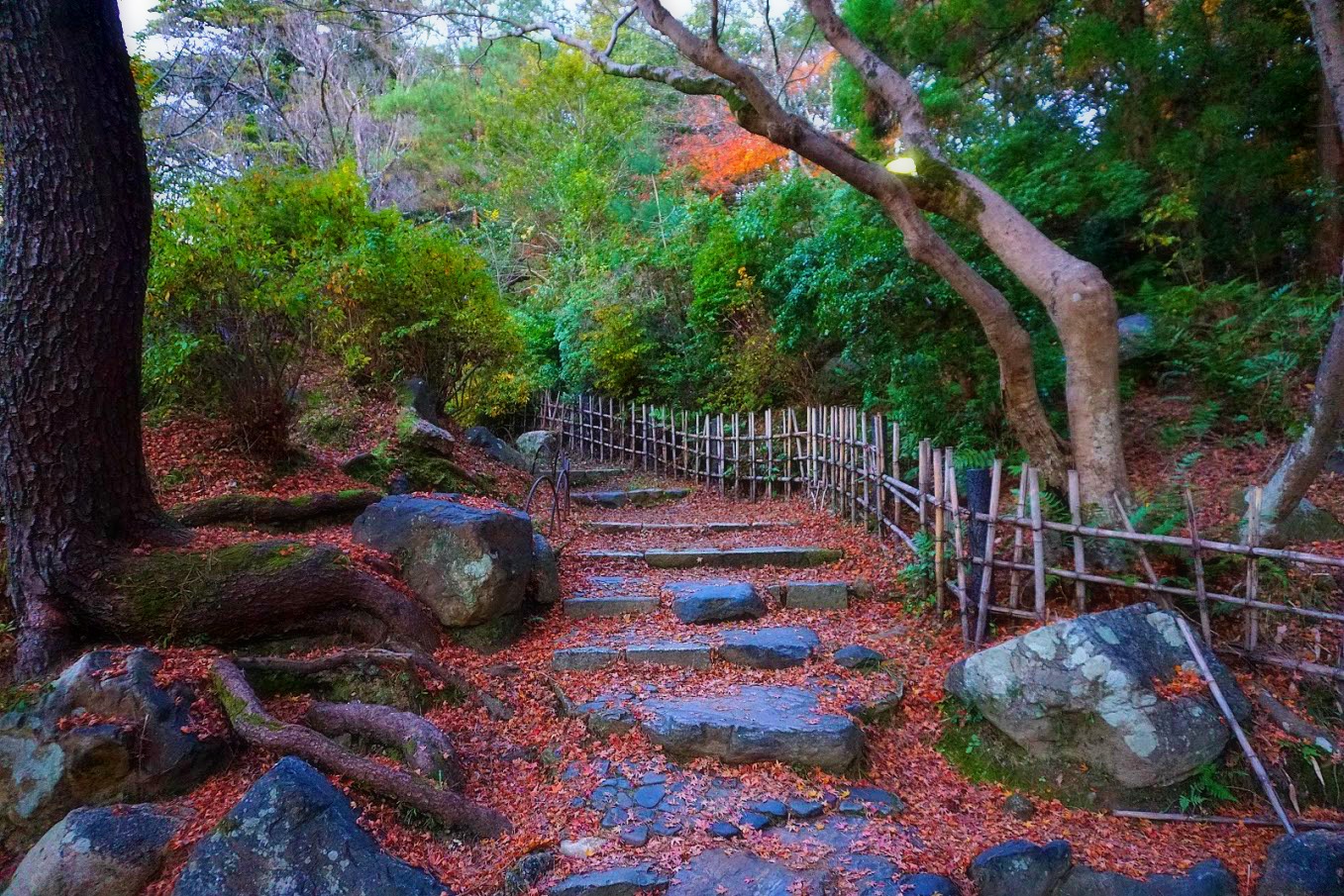
Nanzen-ji
Stop at the Nanzen-ji to see the Buddhist temple complex with its forested grounds. Nanzen-ji is exceptional because its home to the ancient aqueduct (known as Suirokaku) built in the same style as Roman aqueducts. This sure is a rare sight in Kyoto.
I propose that you visit the Okuten, the oldest boiled tofu restaurant in Japan. The restaurant was founded 350 years ago, and it’s just a 3-minute walk from San-mon (Main Gate).
- Address: Nanzenji Fukuchicho, Sakyo Ward, Kyoto, 606-8435, Japan
Kiyomizu-dera
Continue your walk to Kiyomizu-dera which is the iconic Buddhist temple on Mount Otowa. Take the scenic views in and admire the cherry blossoms or the koyo leaves. Kiyomizu-dera is an extremely popular temple in Kyoto, and it’s part of the UNESCO World Heritage Site.
Back in the days, people used to do something unusual here: jump off Kiyomizu-dera. Should one survive the 13-metre jump, their wish would be granted by the Gods. Needless to say, this practice is now illegal and many have lost their lives attempting to do the jump.
- Address: 1 Chome-294 Kiyomizu, Higashiyama Ward, Kyoto, 605-0862, Japan
Pontocho
End your evening with a special private dinner with a Geisha and ask all your questions, or go for a formal dance and musical performance. If this feels a little out of the budget, grab dinner from Pontocho, one of the most atmospheric streets in Kyoto.
To get to Pontocho, walk for about 30 minutes from Kiyomizu-dera. This superb narrow alley is ideal for pictures in Kyoto, and it’s located between Shijo-dori to Sanjo-dori. It’s also a great place for geisha and maijo spotting.
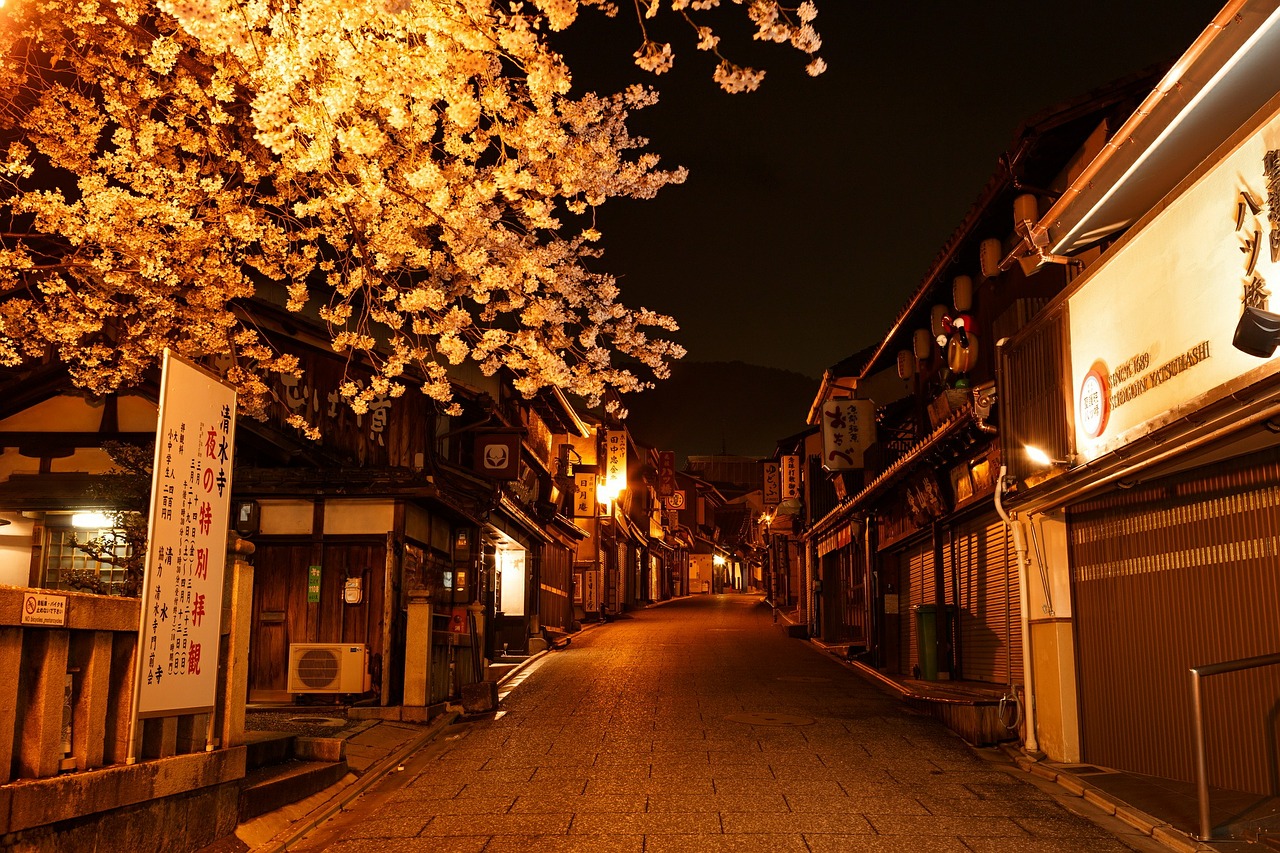
Where to stay in Kyoto
We stayed in many hotels and ryokans with onsen in Kyoto. Higashiyama Ward looks most impressive, and it’s closest to many traditional attractions. It’s also a little more on the expensive side. The area looks and feels like feudal-era Japan. A great budget friendly option is to go for a hotel located closer to a subway station to ensure you can access all tourist attractions with ease. Here are my recommended hotels for Kyoto.
- Higashiyama – Dhawa Yura Kyoto (My recommendation and perfect for nature and shrines)
- Gion – Kyomachiya Gion Kanau (perfect for traditional Japan)
- Arashiyama – Nagi Kyoto Arashiyama (perfect for shrines and bamboo forest)
- Downtown Kyoto – Mimaru Hotel (great for shopping streets)
I have created a complete guide to where to stay in Kyoto, and I wrote details about each location, hotel, and points of interests for every area. Don’t forget to check my Kyoto itinerary if you stay longer than a couple of days.
Day 11 in Japan: Day trip to Nara
From Kyoto Station, take the early morning train to Nara. No two weeks in Japan are complete without seeing the superb city of Nara, the capital of Japan during the Nara period from 710 to 794. Nara is home to several temples which form a UNESCO World Heritage Site.
Tip: Nara is especially stunning during the cherry blossom season. If you visit during Spring, Nara parks with its semi-tamed deer are especially a must-visit.
Start your time in Nara at the Nara park, home to hundreds of freely roaming cute deer. Considered in Shinto to be messengers of the gods, Nara’s nearly 1200 deer have become a symbol of the city and have even been designated as a natural treasure.
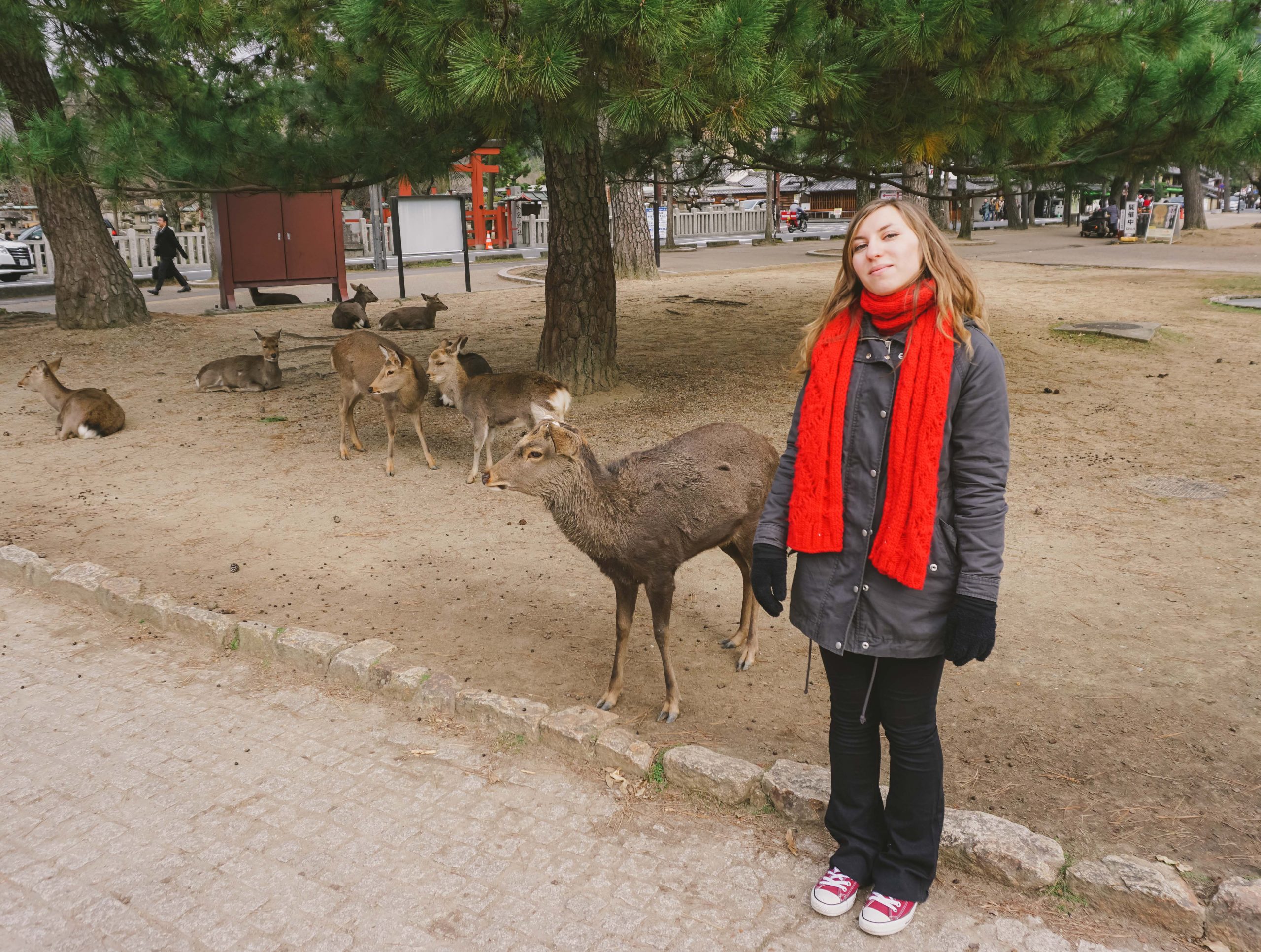
Just minutes away from the park is the Tōdai-ji, a Buddhist temple complex that was once one of the powerful Seven Great Temples. It is well known for its Great Buddha Hall, which has the world’s largest bronze statue of the Buddha Vairocana.
Hike in the Mt. Kasuga Primeval Forest and see ancient maple and cedar trees. On your hike, stop at the Kasuga-taisha, a Shinto shrine established in 768 AD.
On your way back to the centre, stop at the Kasuga Taisha Manyo Botanical Gardens to see poetry themed Japanese gardens.
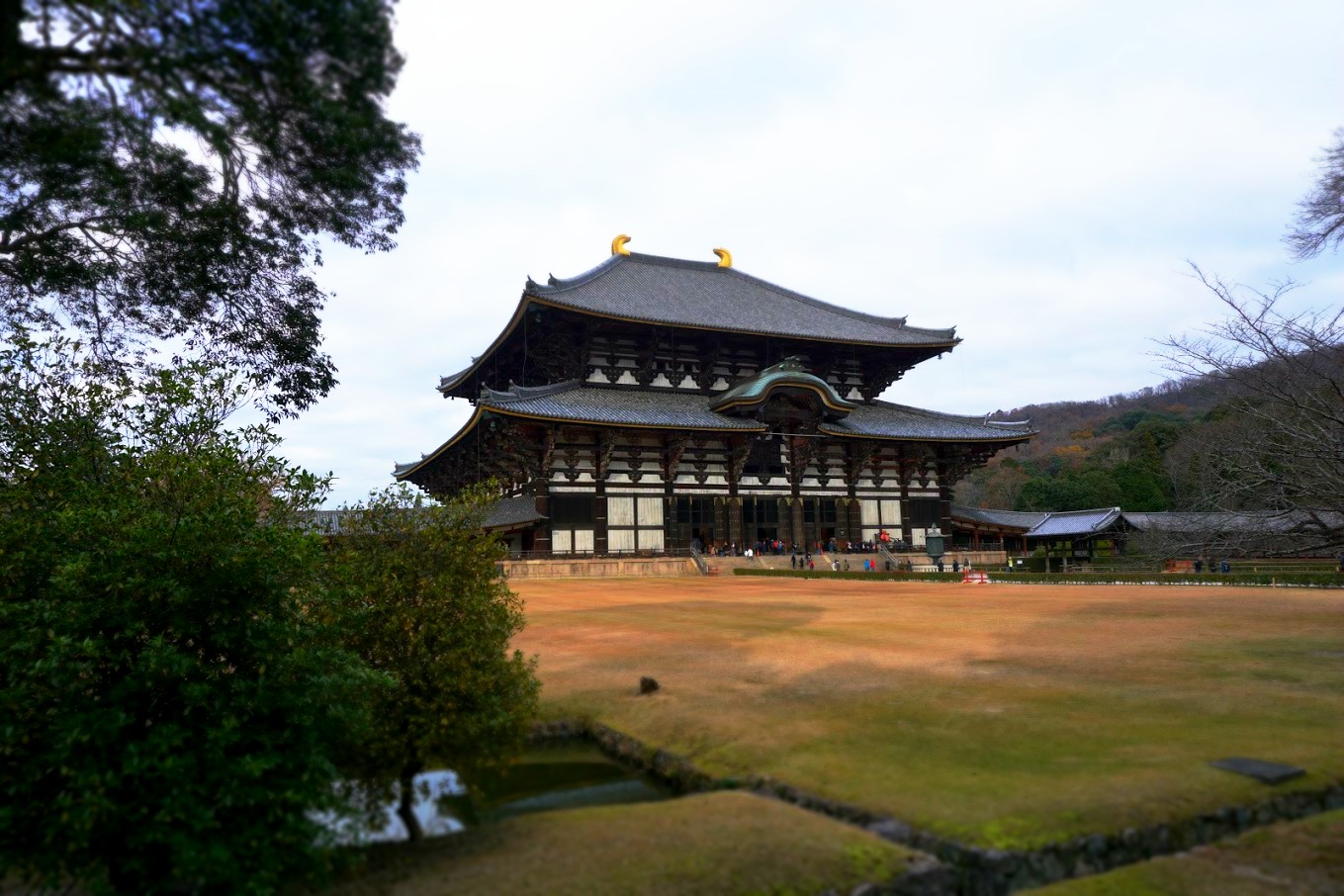
Spend the afternoon in Naramachi, the well-preserved district with Edo-era wooden machiya. Stop to see the Gango-ji Temple, a UNESCO World Heritage Site from the 6th century. Support the local businesses by taking a Harushika Sake tour with this family run business.
My top recommendation is to stop in Uji on your way back to Kyoto. See the Byodoin Buddhist temple, located just 8 minutes from the train station. Grab some authentic matcha tea as a souvenir from the Uji which is believed to have been the first place where green tea was cultivated.
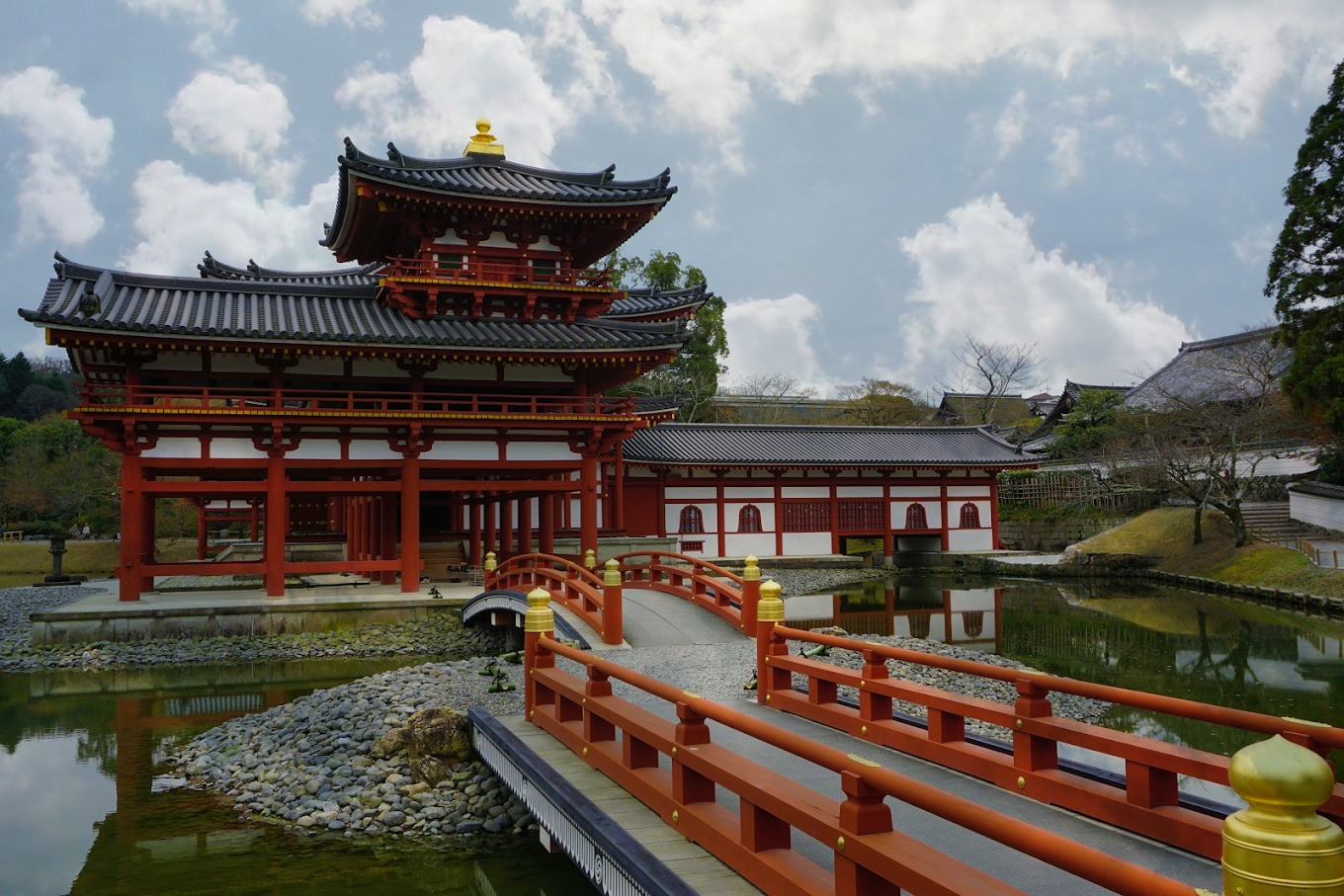
Day 12 in Japan – Osaka: Zen at Osaka Castle and colours in Dotonburi
The best way to get to Osaka from Kyoto is by Shinkansen. The journey will take roughly an hour. Your JR Pass covers this journey. Remember to reserve your seat at the train station by showing your JR Pass in advance.
If you love food, you are going to love your time in Osaka.
There are plenty more things to do in Osaka, including seeing the superb Osaka Castle, snapping the best pictures in Dotonbori and admiring the city from the Umeda Sky building. But of course, there will be lots of food in-between!
Osaka Castle
Leave your luggage at the hotel and let’s get started. Go to the Osaka Castle to see a Japanese style castle turned museum. It’s a perfect place to admire parts of Osaka from above. Don’t miss the multipurpose arena (Osaka-jo Hall). This is a popular hanami spot during the Sakura season.
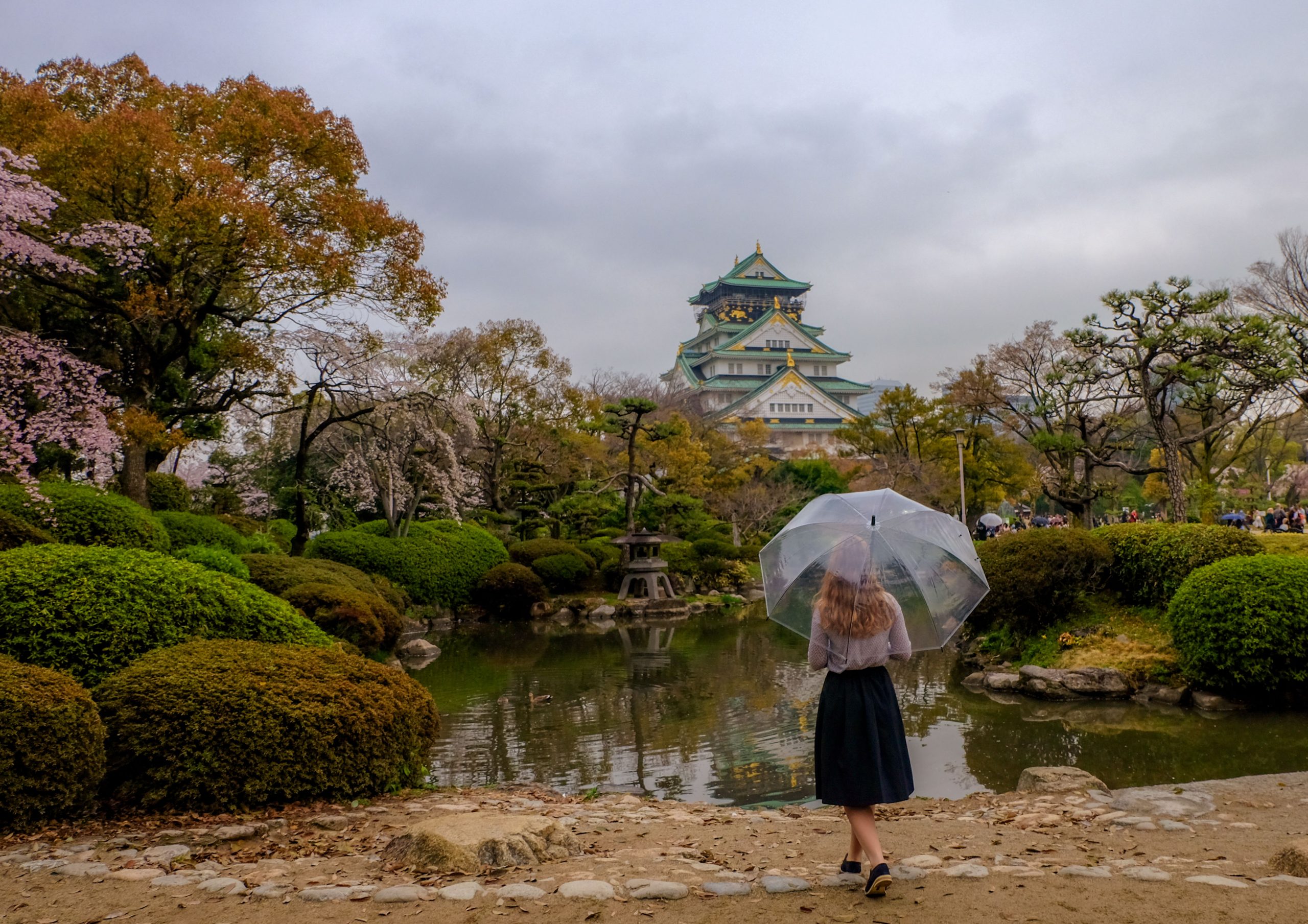
Umeda Sky Building
Head to the Kita Ward, a commercial district with futuristic skyscrapers. Visit the Umeda Sky Building, a wonderful tall building where you can enjoy amazing views over Osaka from above. It is 173 meters tall, and its two towers are connected by the Floating Garden Observatory on the 38th floor.
Continue the day by walking for 30 minutes towards the Tenroku Shopping Street. Enjoy some fun shopping in this Japanese style shopping arcade. There are over 600 stores to pick from.
Dotonburi
In the afternoon, head towards Dotonburi, a canal side entertainment district and the most popular touristic attraction. It looks especially great after dark with its iconic neon signs. Don’t miss the famed Dotonbori Glico Sign, installed in 1935.
Spend the afternoon enjoying all the street food and marvel at the coolest restaurant facades with giants faces and sea creatures on the walls. Here are some of my favourite food recommendations: the famed okonomiyaki, a savoury pancake dish, takoyaki, which are octopus balls and Kushikatsu, skewers kebabs of meat. Did I get your attention? Good, because anywhere you look, you’ll find delicious foods to keep you happy and entertained in Osaka.
Head to Ebisu-bashi Bridge, where you can take lovely pictures of the area.
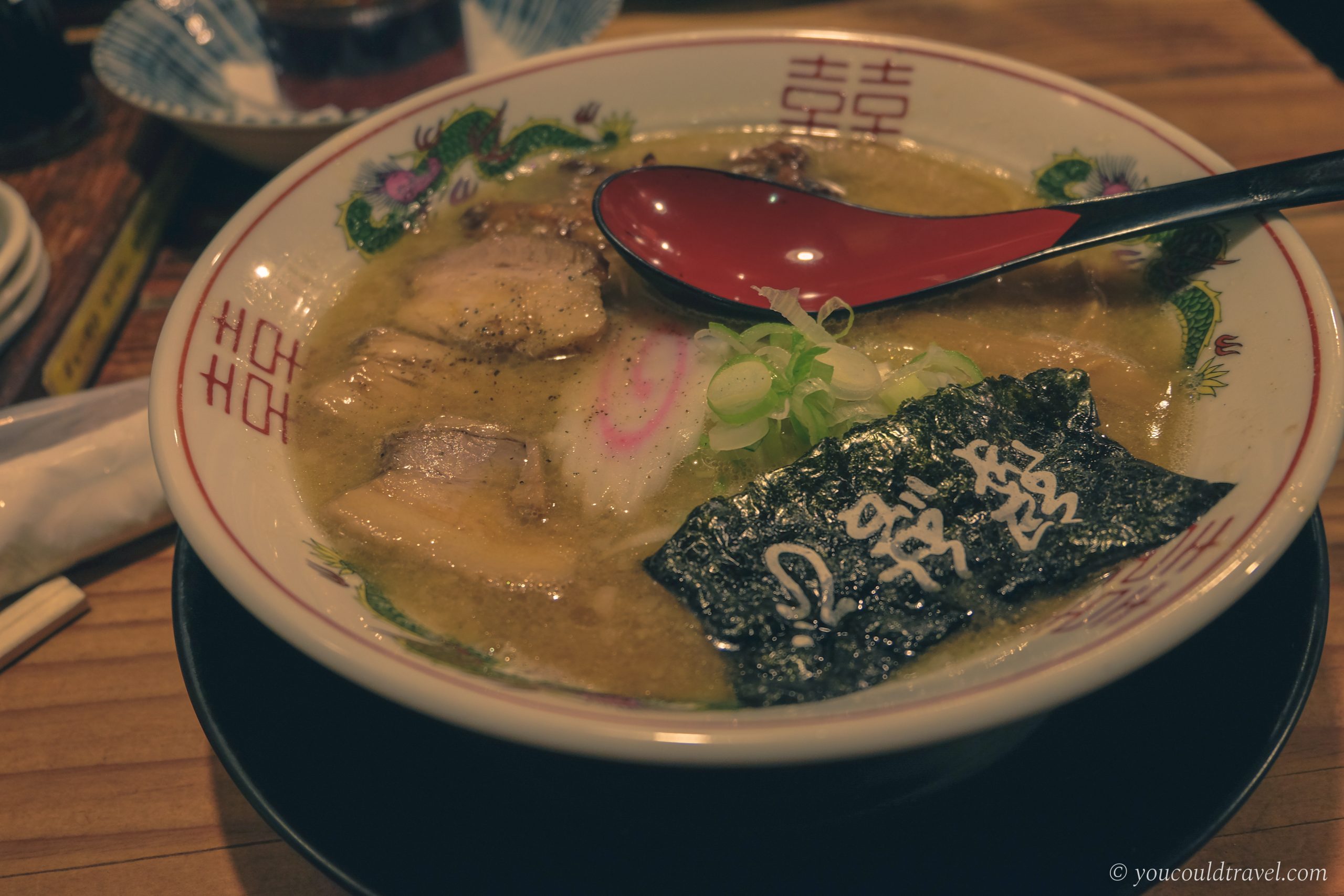
Day 13 in Japan – Osaka: See Osaka Bay and Shinsekai area
Osaka Bay
Head to the Osaka Bay first thing in the morning. Visit the Osaka Aquarium, one of the world’s largest aquariums, which offers the chance to see whale sharks.
Take a trip down the memory lane and buy tickets for the Tempozan Ferris Wheel. Pick a special carriage with a transparent floor if you want even more dramatic views.
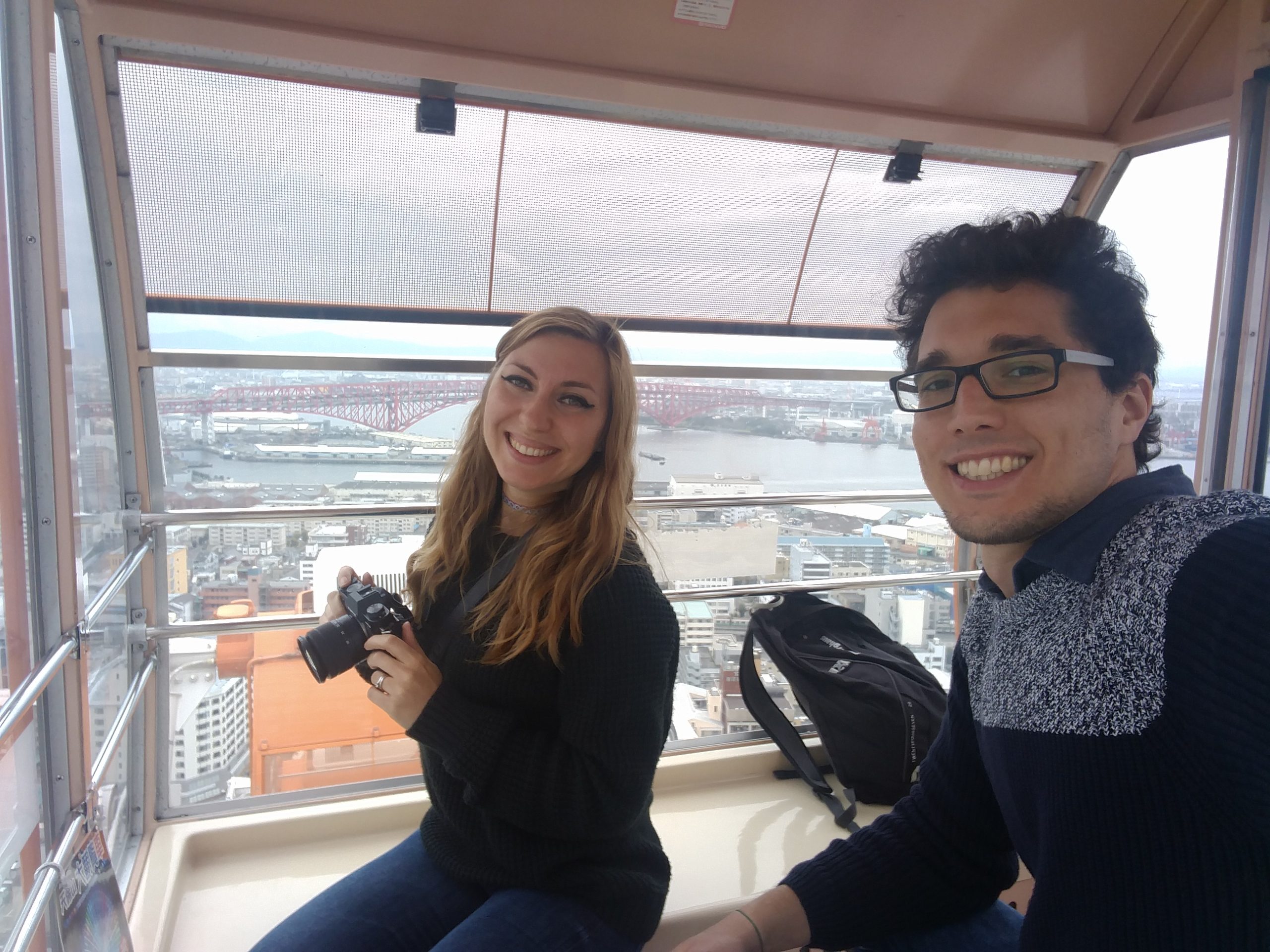
Shinsekai
For lunch, go to Shinsekai, an old neighbourhood in Osaka close to Minami area. Photograph the Tsutenkaku Tower, then eat some kushikatsu, well known Osakan fried skewers.
Loved Akihabara in Tokyo? Then visit the Nipponbashi Denden Town, to purchase affordable electronics, tech, and manga paraphernalia.
In the evening, see the atmospheric Hozenji Yokocho, a narrow alley with food stalls and cafés. Then visit the Hozenji Temple, a Buddhist temple with a moss covered statue.
Best food tour: Take a food tour to explore more dishes in Osaka, recommended by a local guide. We took this tour, and learnt so much about the local specialities.
Good to know: An alternative is to spend the whole day at Universal Studios Japan. If you decide to do this, make sure to purchase your tickets in advance.
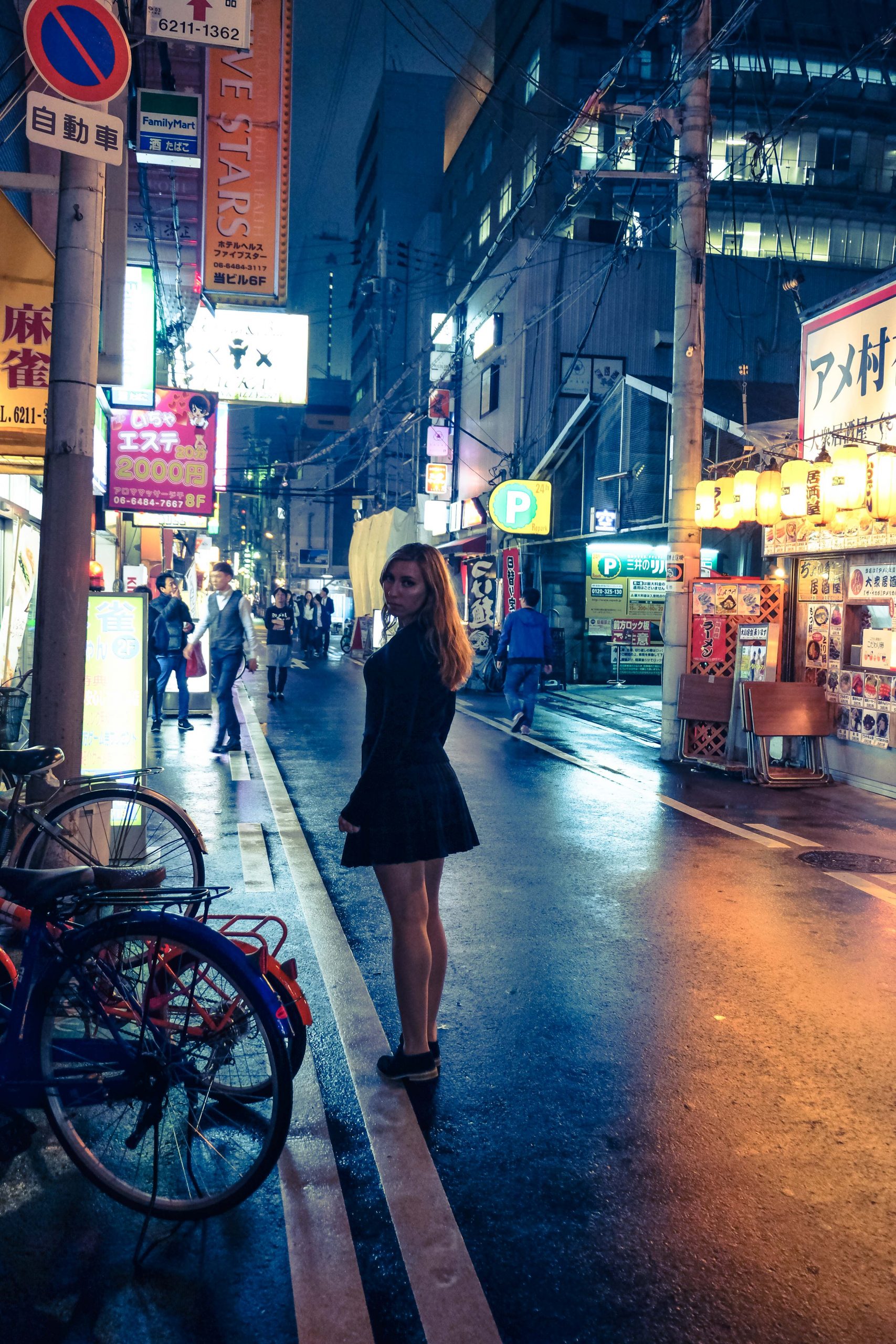
Where to stay in Osaka
For first time visitors, Kita and Minami are our preferred locations. Kita and Minami are perfect hubs for tourists because they are close to public transport, many restaurants, pubs, and cafés with tons of shopping opportunities.
- Kita – Nest Osaka Umeda (perfect for first time visitors)
- Minami – Osaka Excel Hotel Tokyu (ideal for shopping experiences)
- Osaka Castle – LuxCare Hotel (perfect for sakura season)
- Osaka Bay Area – Quintessa Hotel Osaka Bay (perfect for families with kids)
Tip: Make sure your hotel is as close to the Midosuji subway line as possible.
Check my complete guide to where to stay in Osaka to help you pick the best hotel.
Day 14 in Japan: Day trip to Hiroshima and Miyajima island
Start your day trip by taking the Shinkansen from Osaka to Hiroshima. Take the Tokaido-Sanyo Shinkansen which takes around 1 hour and 25 minutes.
Walk for 30 minutes to the Genbaku Atomic Dome, the Atomic Bomb Dome which was destroyed during the World War II. See the Hiroshima Peace Memorial Park to pay your respects and visit the Hiroshima Peace Memorial Museum. I’m not going to lie, seeing the museum is devastating, but I believe that it’s a must-visit when you are in Hiroshima. It’s important to learn from the past to create a better future.
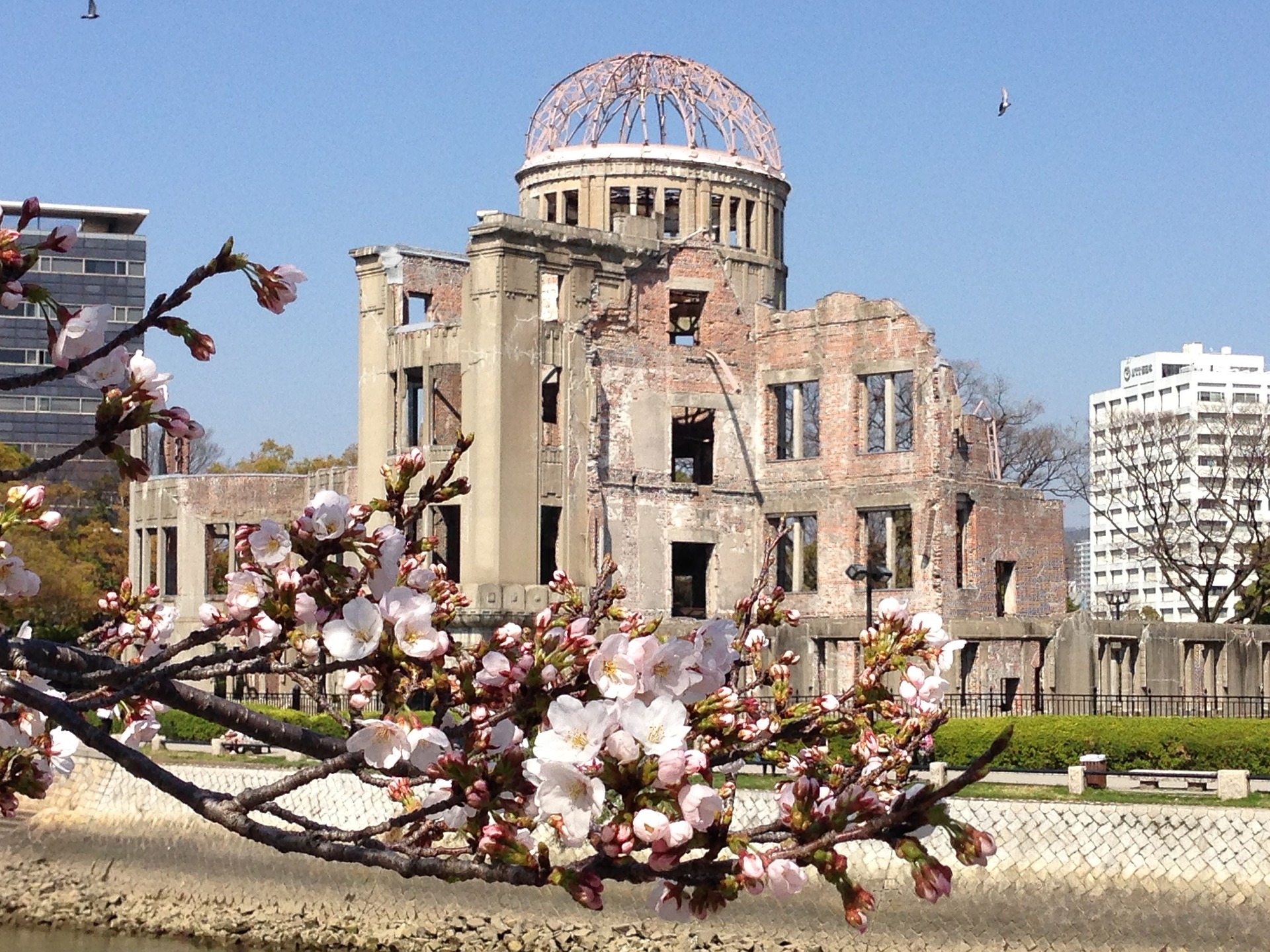
Admire the Hiroshima Castle, once destroyed during the war and rebuilt in 1958, now operating as a museum.
Before noon, take the ferry from Peace Memorial Park to Miyajima island. The journey takes around 45-60 minutes.
Walk on the Miyajima Omotesandō Shōtengai, a vibrant area lined with restaurants and souvenir shops.
I recommend stopping here for lunch and trying the local oysters and the Momijimanju maple leaves shape cakes. For something unique, eat the Tsukemen, cold noodles with dipping red pepper sauce.
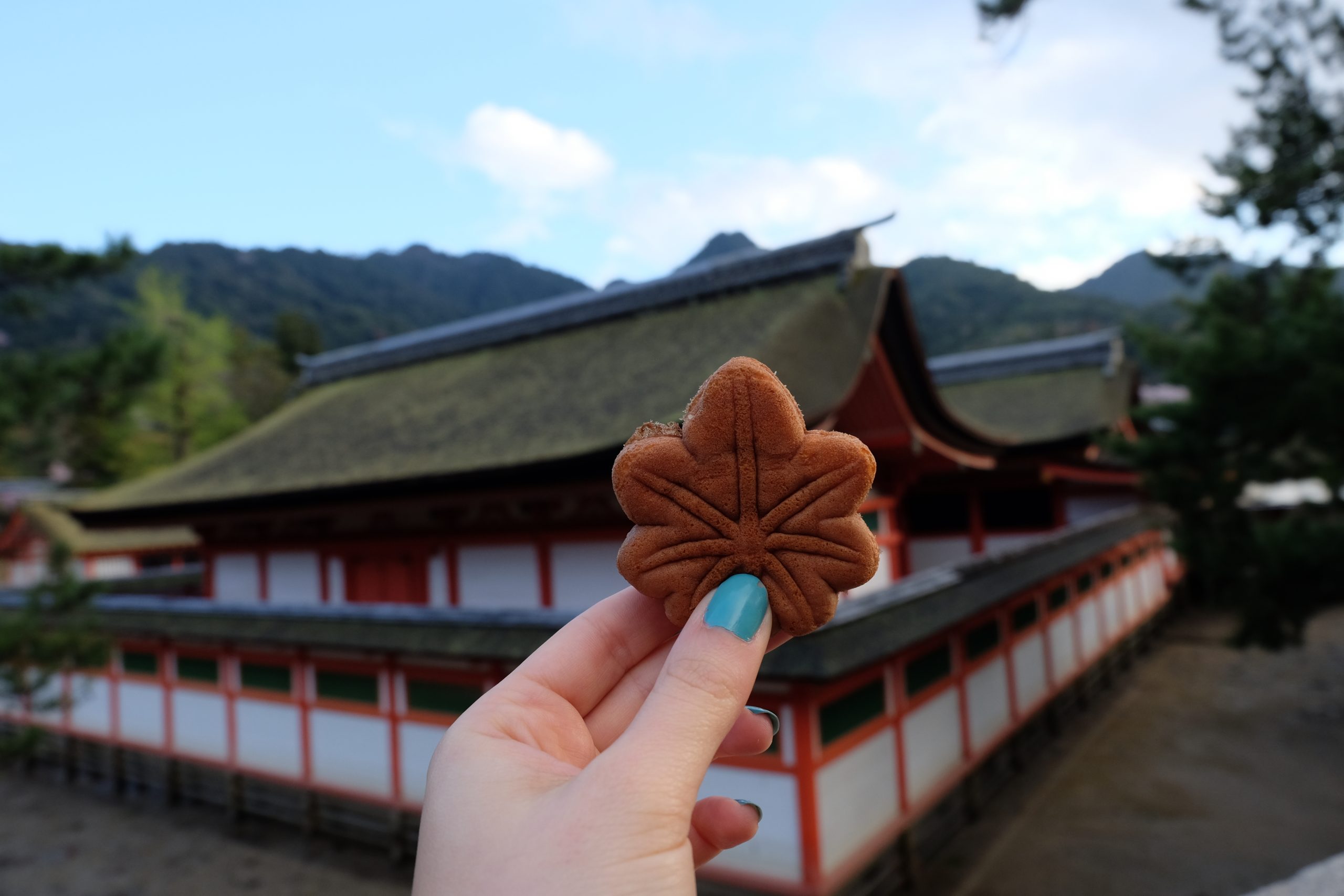
After lunch, continue towards the floating torii gate (Itsukushima Shrine) and look out for the friendly deer residents.
Remember to check the timetable for the last ferry back to Hiroshima. From Hiroshima, get the Shinkansen back to Osaka or back to Tokyo if you’re flying from Tokyo the next day.
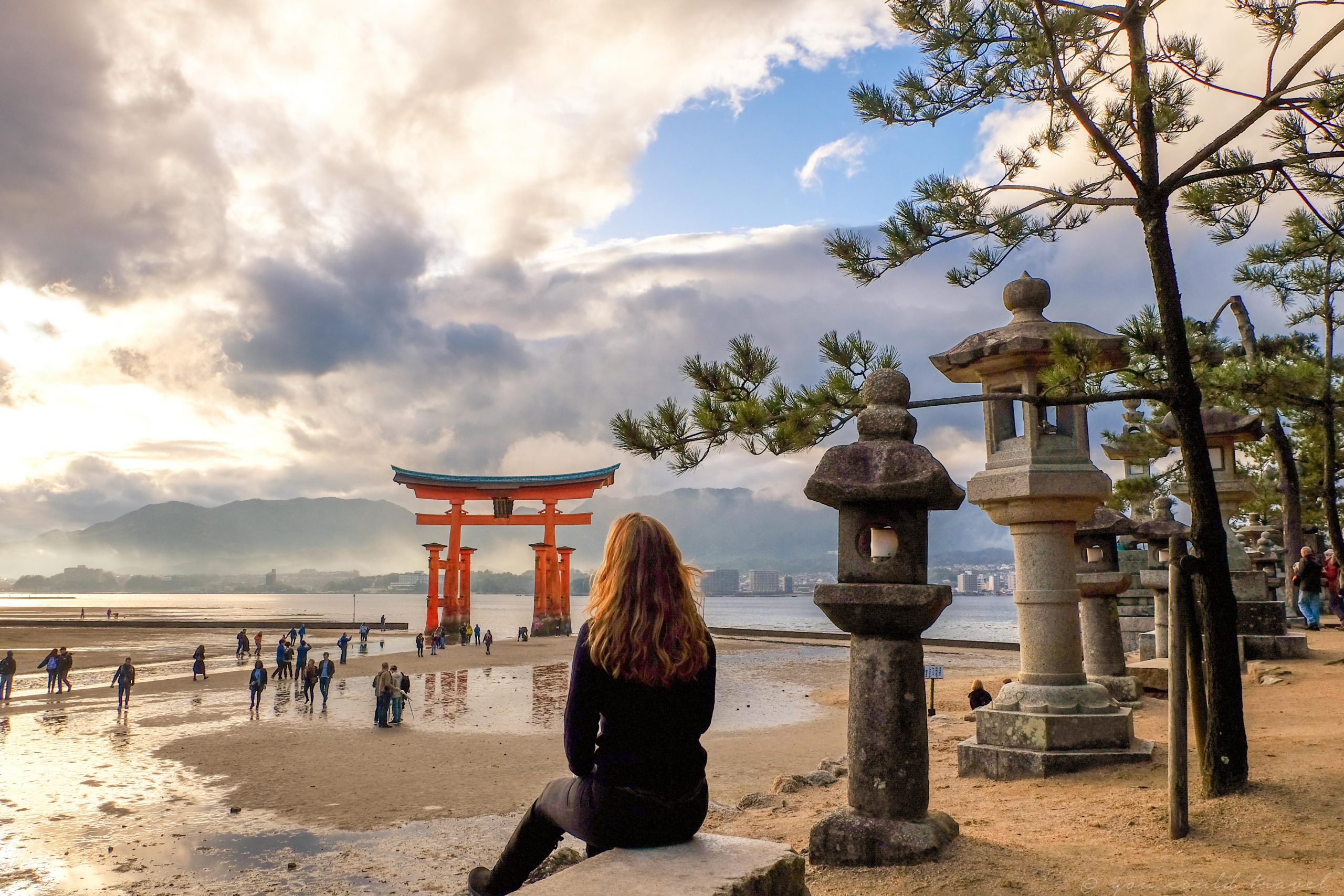
How to plan your 2 weeks in Japan itinerary
Planning a trip to Japan for the first time may seem overwhelming, but rest assured I will cover all the tips and tricks to make it easier for you. Japan is ranked as one of the safest countries in the world, which means you can have peace of mind when visiting the country. Japan is safe, including for solo female travellers, and, in general, is a great and welcoming place for tourists. I never encountered any issues during my trips to Japan, and everyone was very welcoming and helpful.
I know that your first time in Japan will require a lot of planning. Being such a foreign and mysterious country, it can easily feel overwhelming. I definitely had these feelings the first time I visited Japan. In fact, this is part of the reason I started my Japan blog and created comprehensive Japanese travel guides.
To plan the perfect 2 weeks in Japan itinerary, I highly recommend including a few day trips from your base cities to a place like Nikko, Nara, and Mount Fuji. I think it’s important to venture beyond the main cities and see some of Japan’s towns and mountainous landscape.
During this itinerary, you will visit the most incredible places in Tokyo, you will taste some of the best Japanese food and see some wonderful Kyoto temples, secret spots and beautiful, authentic neighbourhoods. I will make sure to recommend great places to eat because every region has its delicacies, so it’s important to know about them.
Are you excited? Great! Because Japan is incredible, and you are going to love it.
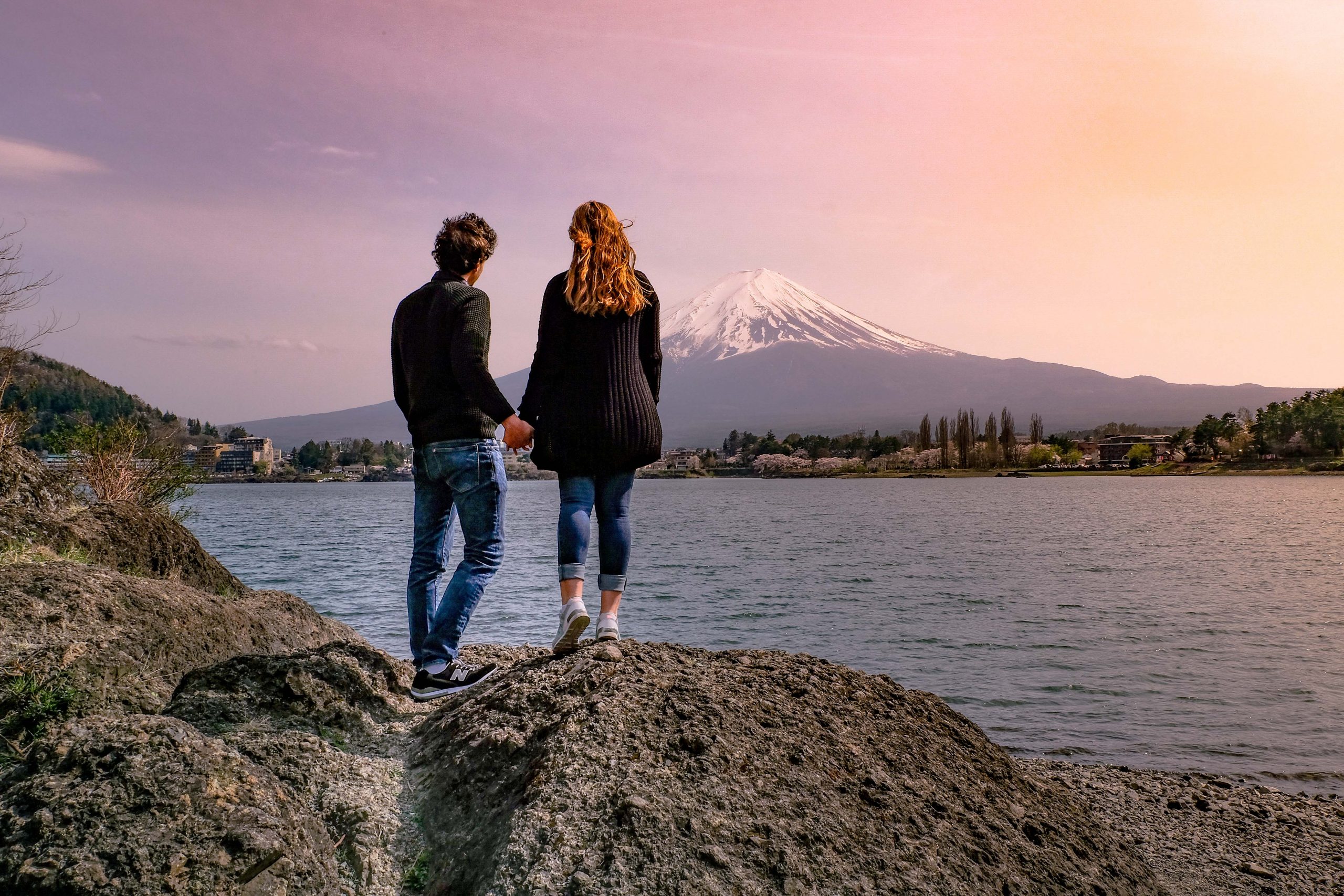
How to get around Japan?
You can get around Japan with a lot of ease because the country has a sound infrastructure. Trains are fast and efficient and are seldom late. Major cities such as Tokyo, Kyoto, and Osaka are very well-connected thanks to an intricate subway system.
In my experience, it’s a good idea to get a Suica or Pasmo card. These are pre-paid transportation cards which can be used on the subway and local trains. Simply load them with some yen and just tap them when you enter and exit a station. I think this makes your trip easier because you don’t have to purchase a ticket every time you take local public transport. It saves time and a lot of effort.
Best Tip: For this itinerary, I highly recommend that you invest in a Japan Rail Pass and make sure of unlimited train travel around the country for your 2 weeks in Japan. With the use of your Japan Rail Pass, you don’t need to buy separate train tickets to take day trips or to visit the major cities from Tokyo. Besides, Shinkansen tickets are costly when bought on their own, so the JR Pass can seriously save you a ton of money. You can even use it on the Yamanote Line in Tokyo, saving you extra money for inner-city travels.
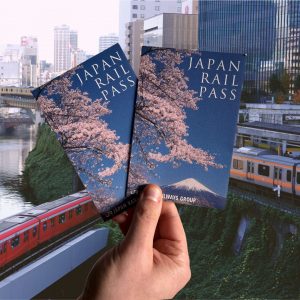
Japan Rail Pass
The optimal way to explore Japan is with a rail pass that is available for durations of 7, 14, or 21 days, offering unlimited travel across the country. Shinkansen included!
To travel around Japan, you will rely on the Shinkansen, the Japanese bullet trains. The bullet trains are extremely well-organized and very fast. This allows you to take efficient day trips from major cities without spending too long in transit. Japanese bullet trains are very clean and incredibly cool. I wish we had them everywhere in the world!
You can read up-to-date information and everything there is to know about the Japan Rail Pass.
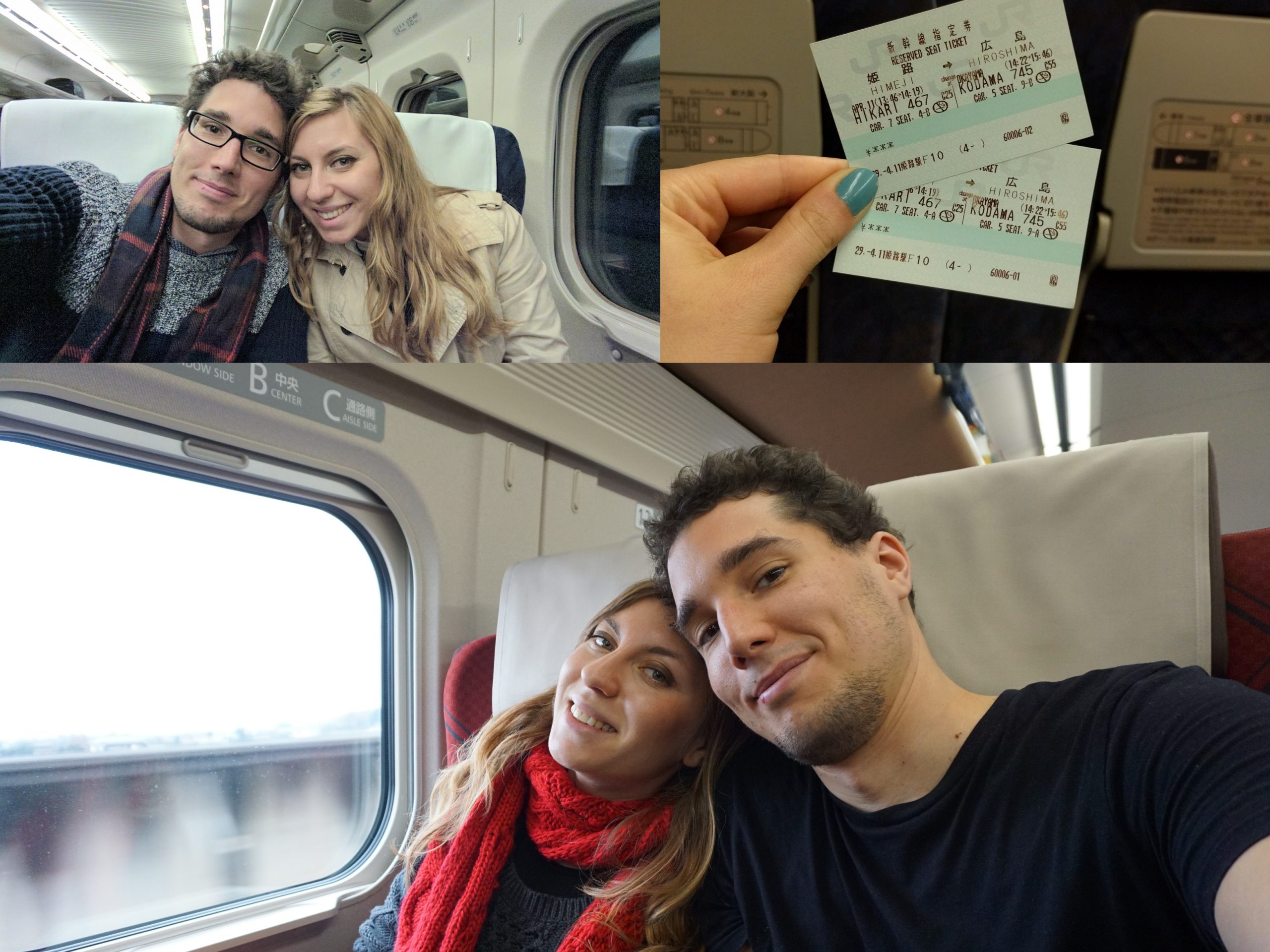
Useful resources
- We put together a wealth of resources for your trip to Japan. Here’s what you need to know.
- Start with this complete guide to planning a trip to Japan.
- Learn what to pack for Japan, so you can have a comfortable trip.
- We recommend purchasing a Japan Rail Pass for 14 days to make the most of your 2 weeks in Japan itinerary. It does save you money and hassle, so we believe it’s a great investment.
- Once you arrive in Japan, make sure to buy a Suica or Pasmo card. This is a rechargeable, contactless smart card. It’s easy to add money to it and can save you a lot of time when you use the subway system in Tokyo. Both Pasmo and Suica are identical.
Suica and Pasmo have special IC cards specifically designed for short-term visitors to Japan. They are called The Welcome Suica and the Pasmo Passport.
- You will want to pre-book a pocket Wi-Fi, as having access to the internet while you’re in Japan is a must. By being connected, you can easily check Google Maps and read restaurant reviews and just use Google Translate from time to time. Make sure to book your pocket Wi-Fi before your arrival in Japan. Trust us, it costs a lot less than activating your roaming features.
- We recommend purchasing your tickets for special museums well in advance. Make sure you pre-book your tickets to Disneyland & DisneySea and Universal Studios Osaka. We recommend using Klook or Viator to book special guided tours and admissions tickets. Japan is a popular destination and tickets can sell out in advance.
- The majority of visits to Japan are trouble-free. Always buy travel insurance before arriving in Japan.
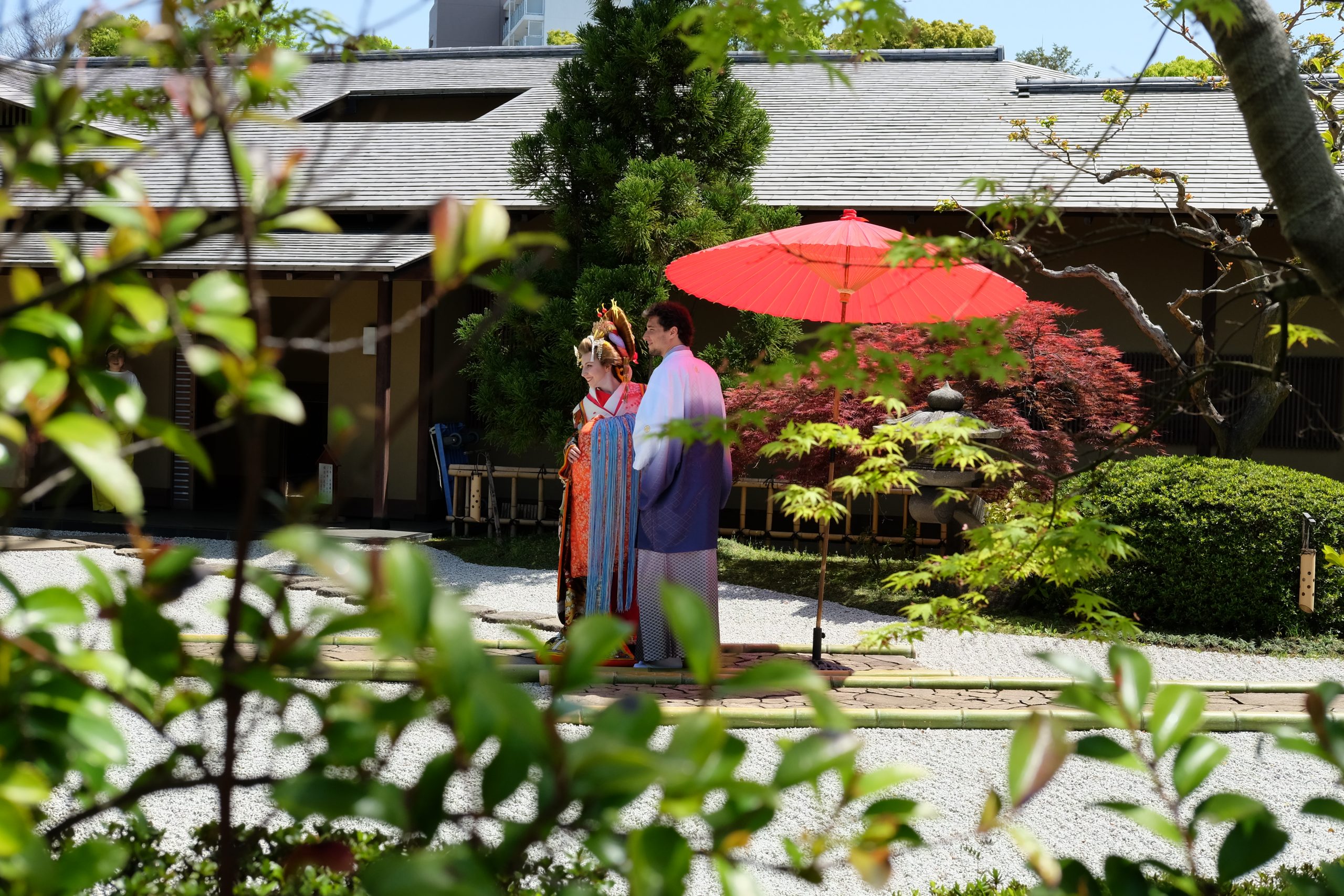
Best time to visit Japan
The short and quick answer is Autumn. Autumn is the best time to visit Japan because the weather is lovely, the foliage is incredible and prices for accommodation tends to go down. Winter is the best time to visit Japan is you are on a strict budget or want to visit the winter festival in Hokkaido. Summers tend to be quite hot and humid. Spring is the most expensive time to visit Japan due to the cherry blossom festival and the Golden Week celebrations.
We visited Japan in all seasons and spent roughly one month in each. We loved our time during the cherry blossom festival, as the whole country truly is a place of celebration. Autumn was wonderful because the crowds started thinning out, and the weather was absolute bliss. Tokyo showed its true colours with the myriad golden ginkgo Biloba trees.
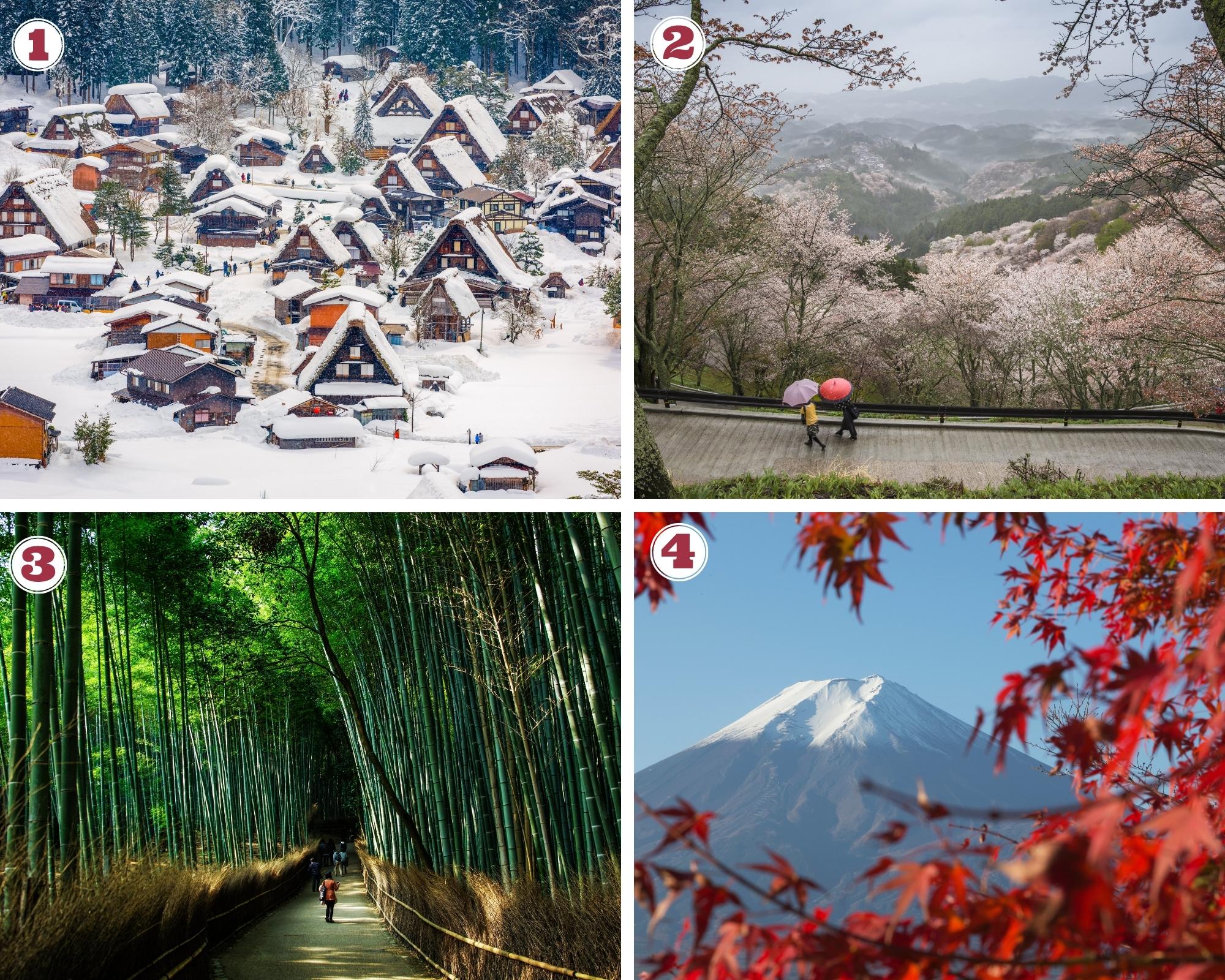
4 seasons in Japan: 1) Winter in Japan in Shirakawago; 2) Spring in Japan in Yoshino; 3) Summer in Japan at the Arashiyama Bamboo Forest in Kyoto; 4) Autumn in Japan at Mount Fuji-san
Japanese etiquette
As with any new culture, it is advisable that you take some time to familiarize with the rules and etiquette for that country. It is especially important that you pay attention to how to behave in a Japanese restaurant, for example, as you could end up seriously offending someone.
Manners and customs are significant in Japan, and even though you are a tourist in the country, you are still expected to follow a few common rules.
You can learn a few words in Japanese. For example:
Hello – Kon’nichiwa
Thank you – Arigatō
Please – Kudasai
Goodbye – Mata ne
Excuse me – Sumimasen
Check my book How To Behave In Japan: Essential Japanese Manners & Etiquette. I wrote this book to help you familiarize yourself with basic Japanese manners and etiquette.
You’ll learn general manners, tips, and tricks on how to act like a local and understand some of the most essential customs in Japan. I’ll cover shopping, public transport, restaurants, onsen, business environments and more. By the time you finish this book, you will feel confident in your newly acquired Japanese etiquette skills and blend in with the locals during your time in Japan.
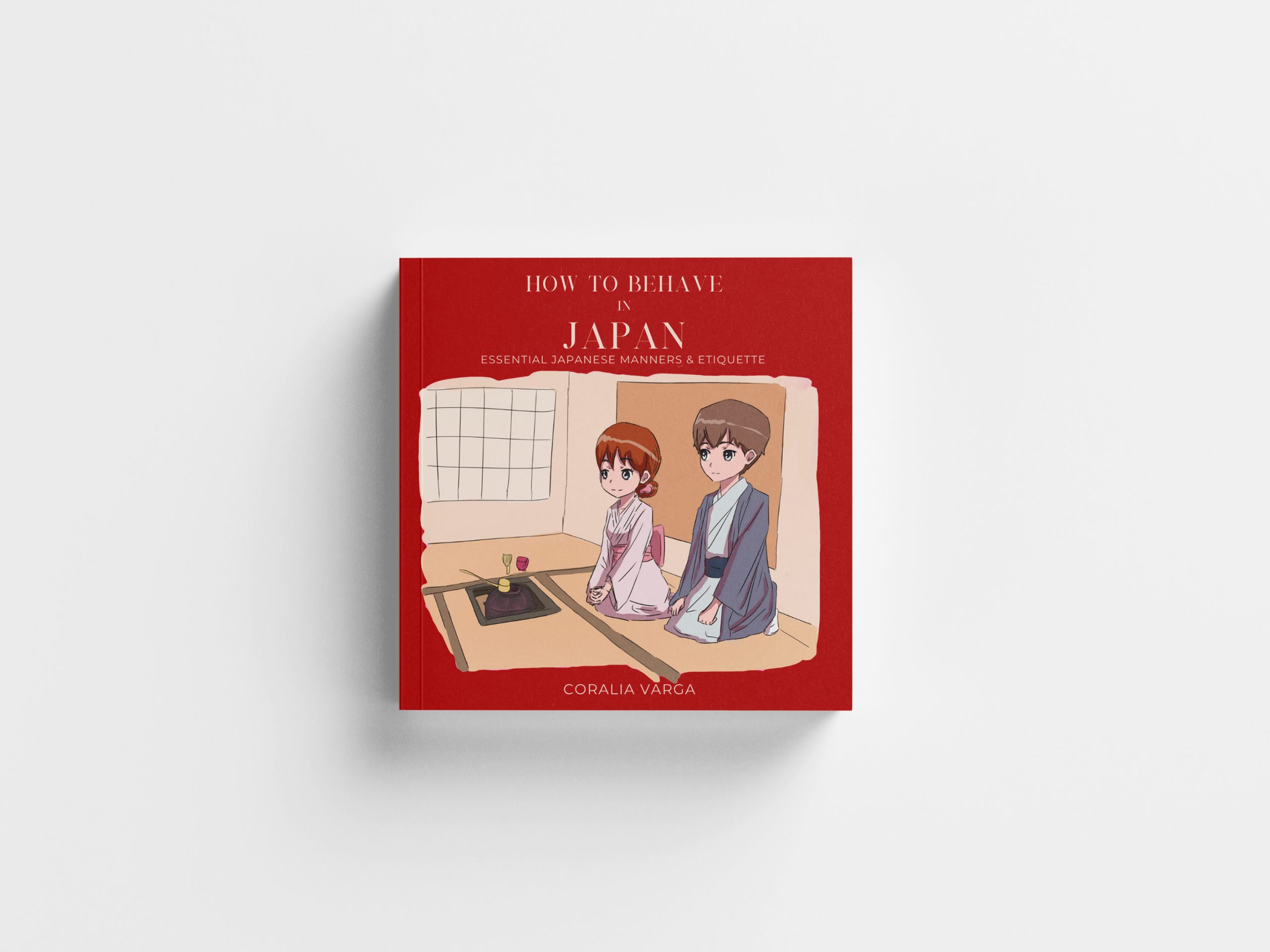
Language in Japan
It is well known that many Japanese don’t speak good English. Well, the fact of the matter is, they do speak English, but they are a little too shy to practice their language skills with you. Most people will be happy to help despite the language barrier. Just be polite and patient. If someone is clearly uncomfortable talking to you, just smile, nod, thank them and move to the next person.
Most restaurants have images next to the menu items, so you can easily just point at things which look good. Don’t worry, Japanese food is pretty wonderful, so you won’t really go wrong with anything you order. If you have any food allergies, just print them on a piece of paper and translate them to Japanese using Google Translate.
Tip: Want to learn Japanese before your trip to Japan? Make sure to read about our review of the courses called Japanese with Aimee. We recommend them!
2 weeks in Japan cost
The estimated total cost for 2 weeks in Japan is ¥790,000 ($5450) for 2 people. This is a for a mid-range couple who wants to enjoy experiences and splurge on some items. I have a detailed guide answering the question: Is Japan expensive?
To make it easier for you to calculate it all at a glance, I’ve rounded the amounts. The prices are for what I paid for me and my husband.
- Flights – ¥195,000 ($1350) – Our flights from UK to Japan were a total of ¥195,000 ($1350) with one stop in Doha. We used Qatar Airways for this trip.
- Accommodation – ¥120,000 ($830) – You can score wonderful accommodation in Japan for affordable prices. An average 3-star hotel that is clean and decent will cost around $40-$120 per night.
- Transport – ¥80,000 ($550) – Expect to pay around ¥60,000 ($415) for the major train trips and another ¥20,000 ($140) for transportation in the cities. That works out to ¥40,000 ($275) per person for 2 weeks.
- Food and drinks – ¥195,000 ($1350) – We had days when we splurged on food and days when we ate from small lunches and ramens from vending machines. A Kaiseki dinner is around ¥5500 to ¥22000+ ($37 – $151) per person, whereas small street food ranges from ¥600 to ¥1,000.
- Attractions & Activities – ¥100,000 ($690) – We did a private tea ceremony, enjoyed entry tickets to many attractions and saw plenty of traditional activities. We would rather not hold back at all and get to really enjoy Japan. This is especially important for first time visitors.
- Souvenirs & Other costs- ¥100,000 ($690) – We purchased an array of souvenirs from Japan and many gifts. We also purchased authentic items and some luxurious items from Ginza. You can most certainly be more conservative with purchases, but again, Japan really is unique and there are many items which will catch your eye.
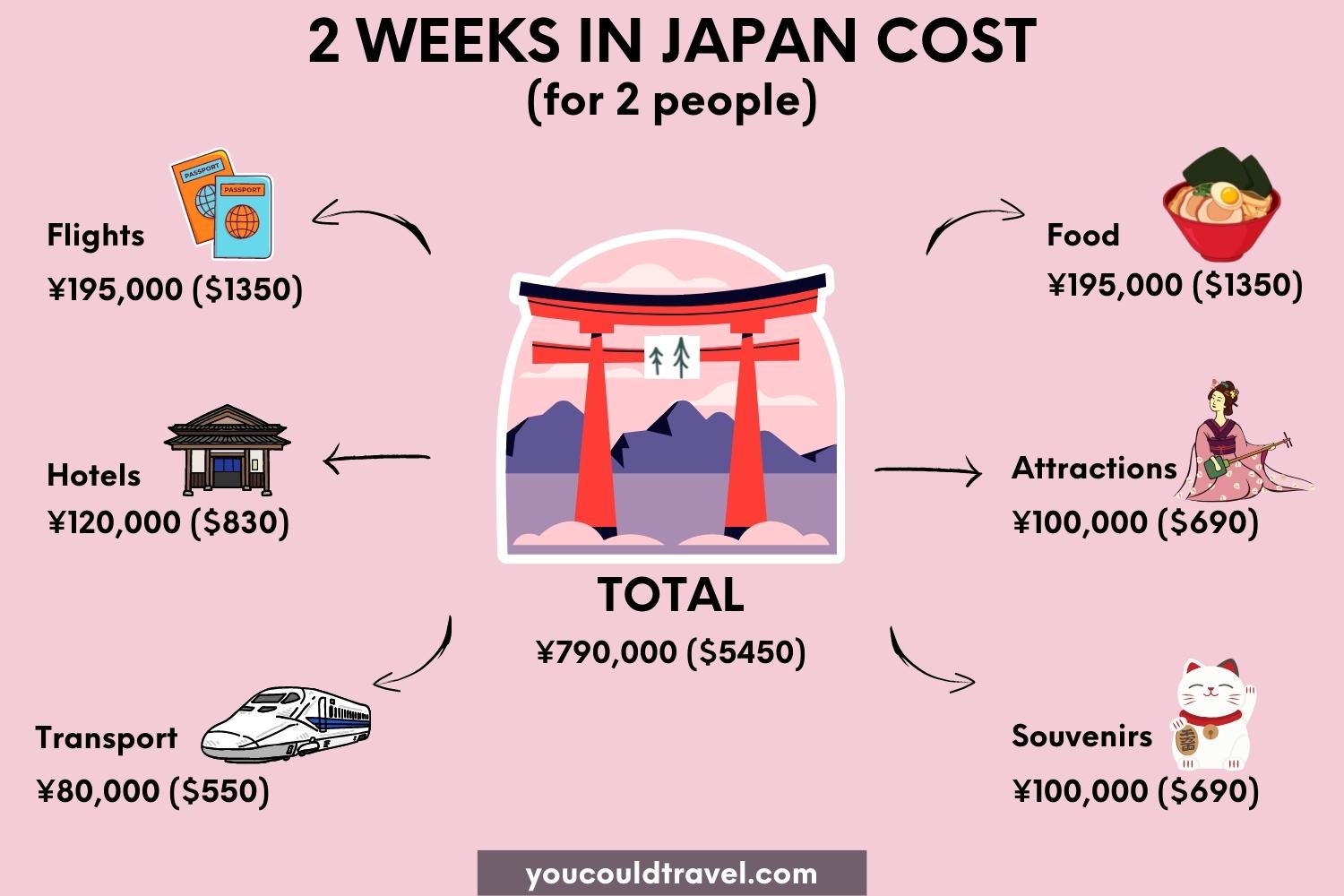
Final thoughts
Awesome, you have now completed a two-week Japan itinerary, full of authentic Japanese culture, delicious food and incredible sights. You are ready for your trip and I have no doubt you are going to love every minute of it. As always, I love to hear from you, so if you have any questions or suggestions, make sure to leave a comment down below. Matane!
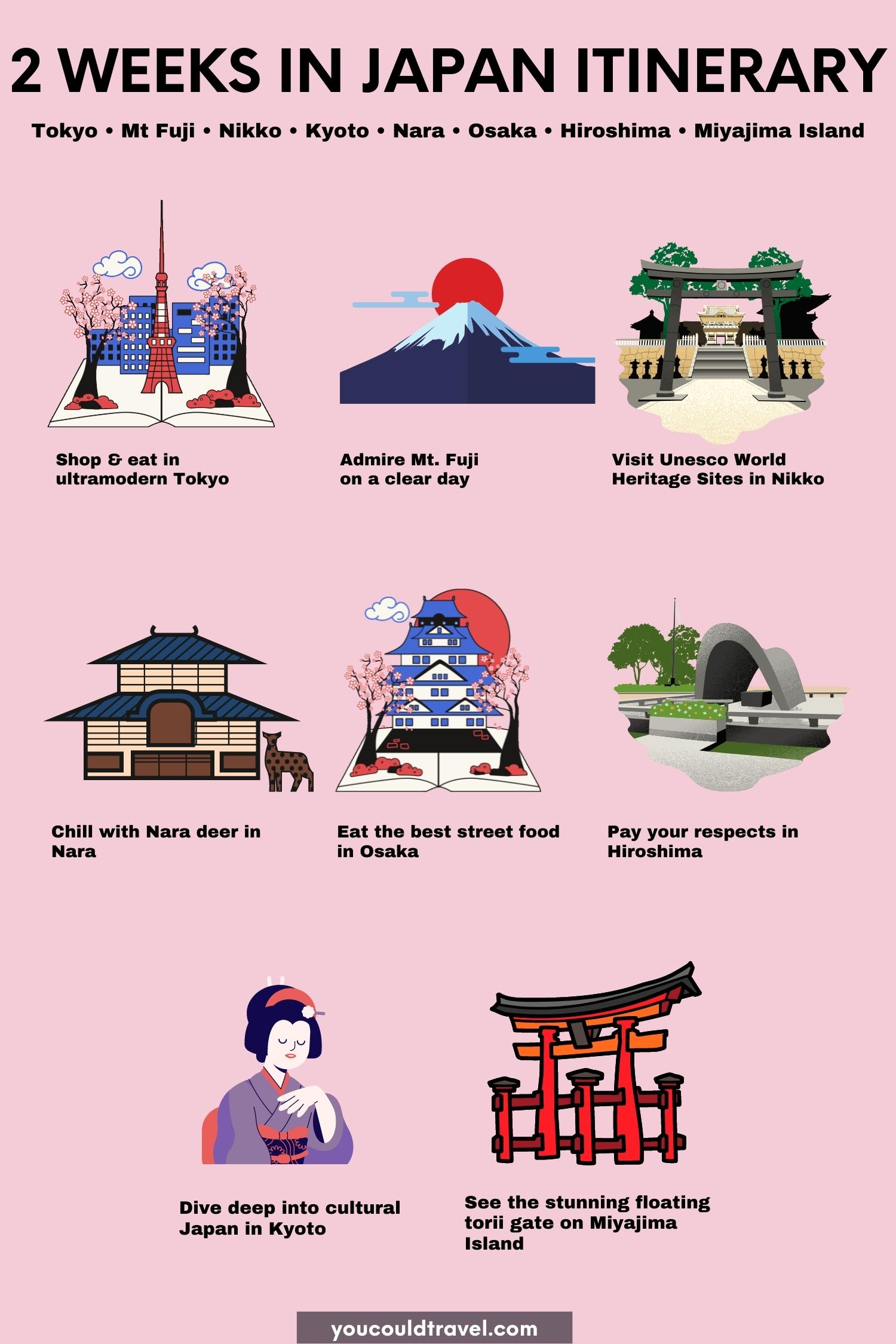
Frequently Asked Questions
Is 2 weeks in Japan enough?
Yes, 2 weeks in Japan is enough time to explore the country and learn about its rich history and culture. We have spent over a year travelling in Japan and based on our personal experience, we put together a 2-week itinerary for you to show how much you can do in 2 weeks in Japan.
Here is a quick summary to give you an idea, what you can do in two weeks in Japan:
Tokyo – Explore the calm temples and vibrant streets of this metropolis. Try new foods and immers yourself in the Tokyo nightlife.
Hakkone – Day trip to discover Mt Fuji and the surrounding areas, lakes, parks and hot springs.
Nikko – Day trip to hike in stunning nature, visit temples and waterfalls and sample sake.
Kyoto – Walk in the cultural capital of Japan, explore the ancient shrines and visit the bamboo forest.
Nara – Day trip to meet the friendly deer of Nara Park and sample Japanese green tea.
Osaka – Visit the food capital of Japan, try speciality beef and seafood.
Hiroshima – Day trip to learn about the history of Japan and explore the stunning Miyajima island
As you can see, you can do a lot in Japan in two weeks. Check our detailed itinerary so we can help you plan your Japan trip.
How much does 2 weeks in Japan cost?
For a two-week trip to Japan, the estimated total cost is ¥790,000 ($5450)* for two people. This comes down to ¥28,300 ($195) per person per day, and the total amount covers expenses like flights, accommodations, transportation, food, activities, souvenirs, and other miscellaneous expenses.
Read about the breakdown of these costs in our detailed article that includes tips on how to save money during your trip to Japan.
* last updated in April 2023, exchange rates may vary.
How should I spend 2 weeks in Japan?
We have put together a relaxed 2 weeks in Japan itinerary for first time visitors. You will learn how to best spend two weeks in Japan to see most of the important attractions, visit all the famous cities and learn about the country’s rich history and culture.
Here is a short summary on how you can spend 2 weeks in Japan:
Day 1-4: Tokyo – Explore the bustling metropolis of Tokyo, visit the famous temples and shrines, and experience the vibrant street life.
Day 5: Hakone – Take a train to the scenic town of Hakone, famous for its hot springs, beautiful views of Mount Fuji, and traditional ryokan (Japanese inn) experience.
Day 6: Nikko – Hike in the stunning mountainous region of Nikko and sample sake in a traditional sake brewery.
Day 7-10: Kyoto – Head to Kyoto, the cultural heart of Japan, and explore its beautiful temples, gardens, and historic streets. Don’t miss the Fushimi Inari Shrine, Kiyomizu-dera Temple, and the beautiful Arashiyama Bamboo Grove.
Day 11: Nara – Take a day trip to Nara, a small city known for its impressive temples and friendly deer that roam the streets; Try traditional Japanese green tea in Uji.
Day 12-13: Osaka – Visit Osaka, a lively city known for its food and shopping. Don’t miss the famous Osaka Castle, Dotonbori Street, and the beautiful Osaka Aquarium.
Day 14: Hiroshima – Take a daytrip to Hiroshima and visit the Peace Memorial Park, the Atomic Bomb Dome, and the beautiful island of Miyajima with its famous floating torii gate.
To end your trip, take the Shinkansen directly back to Tokyo.
The above itinerary is aimed at first time visitors to Japan, and it’s tailored to be relaxing but also maximize the number of things you do, visit and experience during your trip.
Is $5000 enough for a week in Japan?
For a one-week trip to Japan, the estimated total cost is ¥395,000 ($2725)* for two people. This comes down to ¥14,150 ($97.5) per person per day, and the total amount covers expenses like flights, accommodations, transportation, food, activities, souvenirs, and other miscellaneous expenses.
As you can see, $5000 is more than enough to cover all your travel expenses to Japan for a week.
Read about the breakdown of these costs in our detailed article that includes tips on how to save money during your trip to Japan.
* last updated in April 2023, exchange rates may vary.
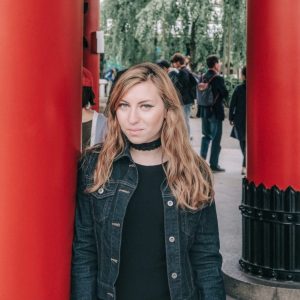
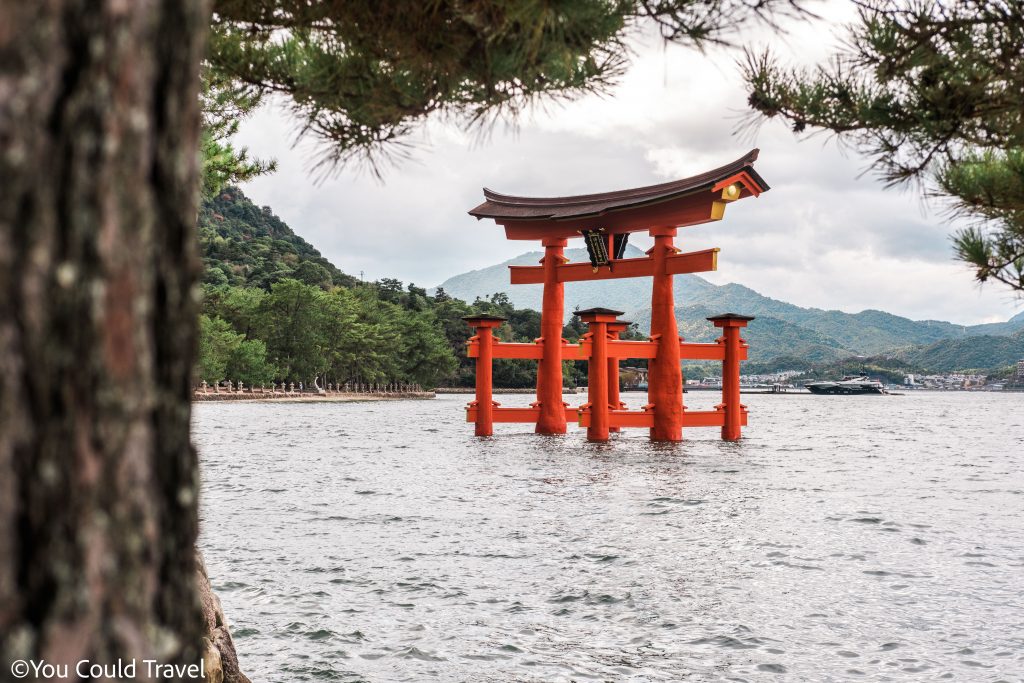
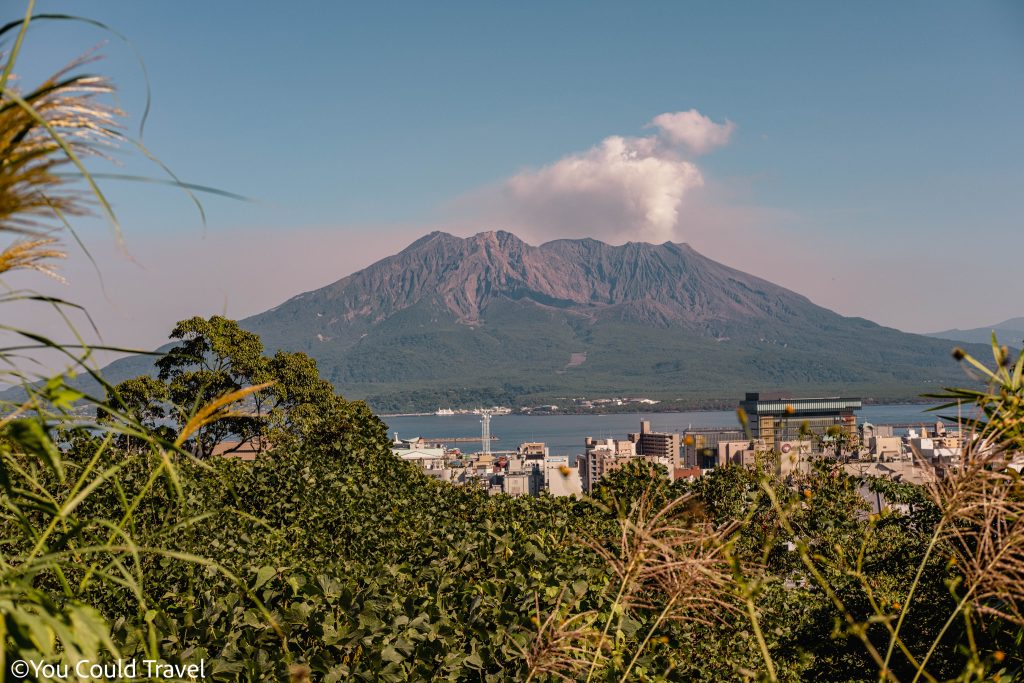
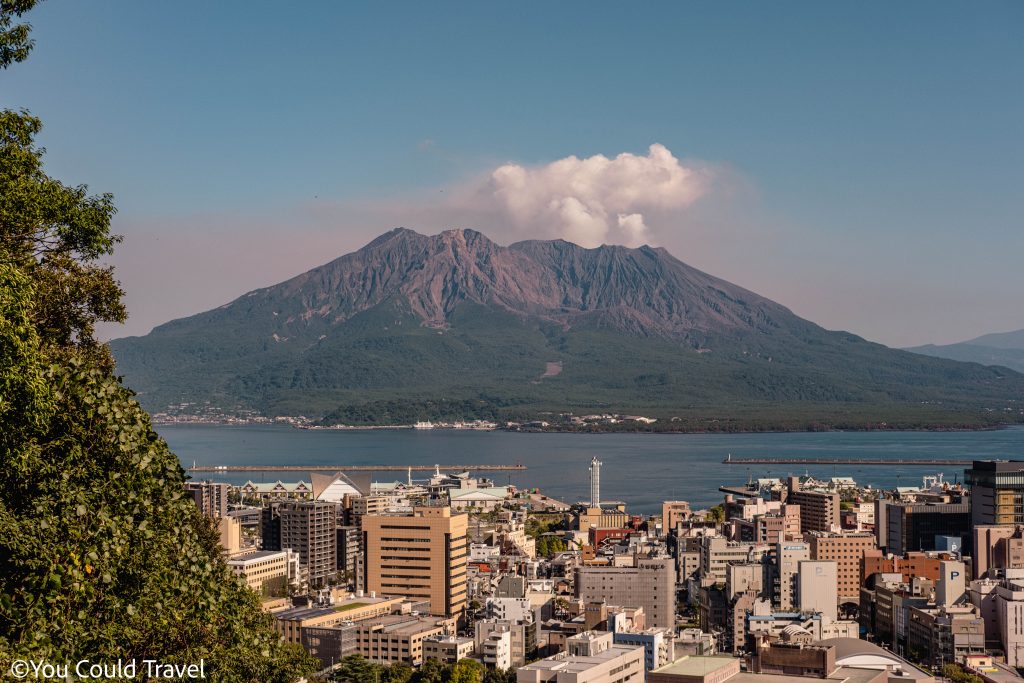
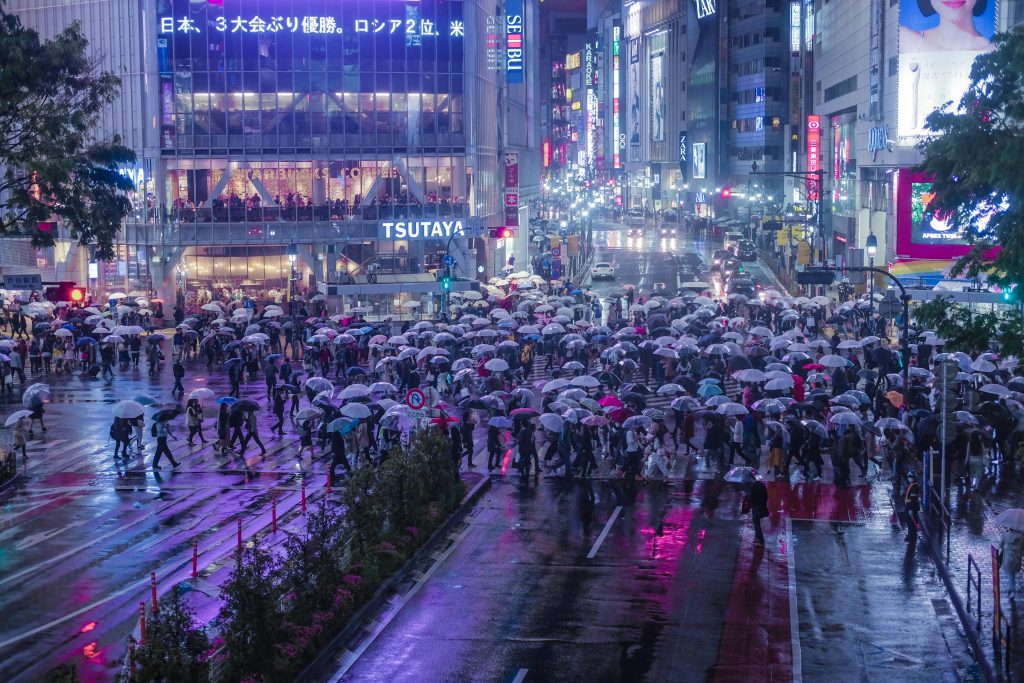
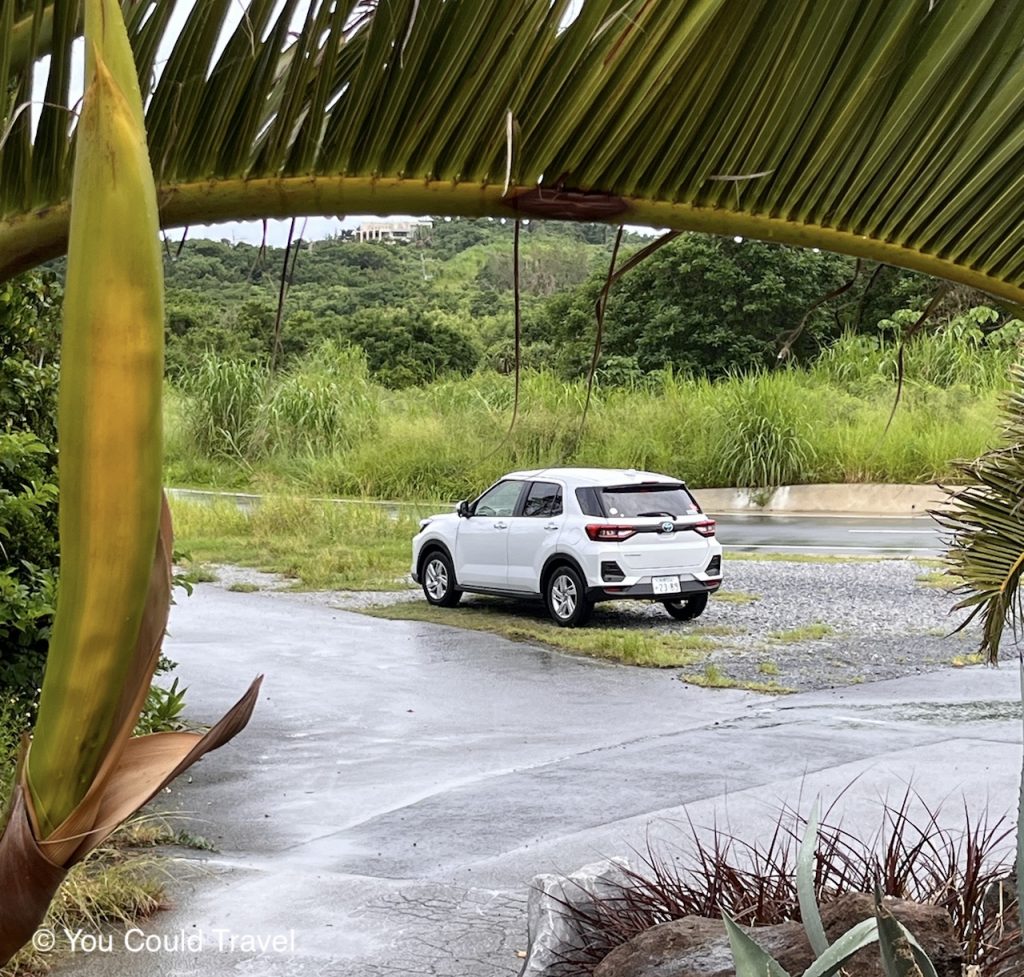

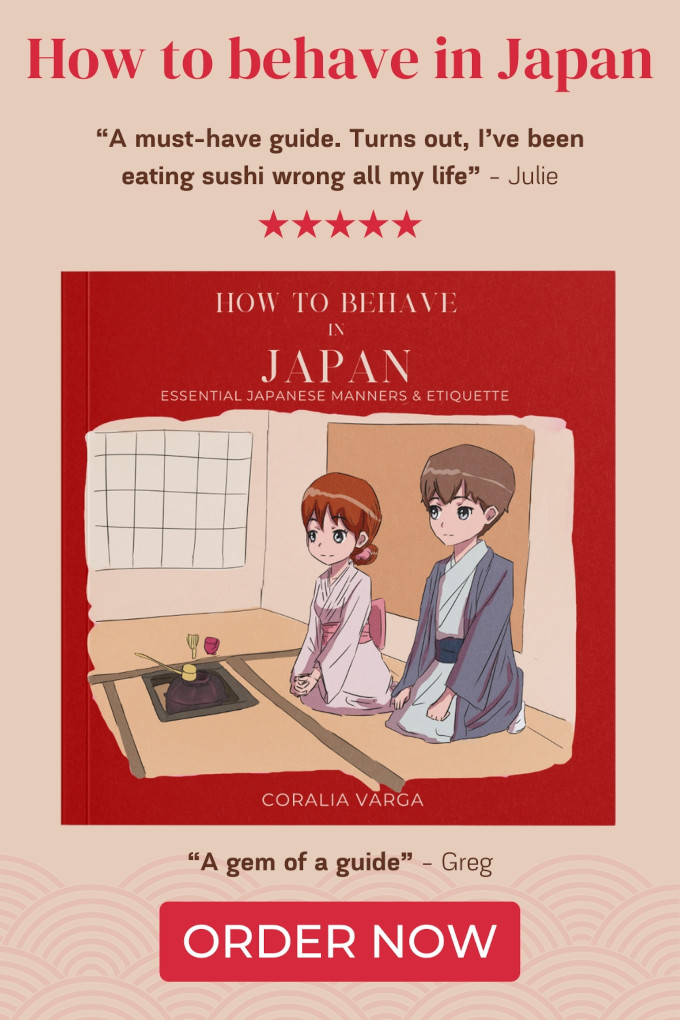

Leave a Reply